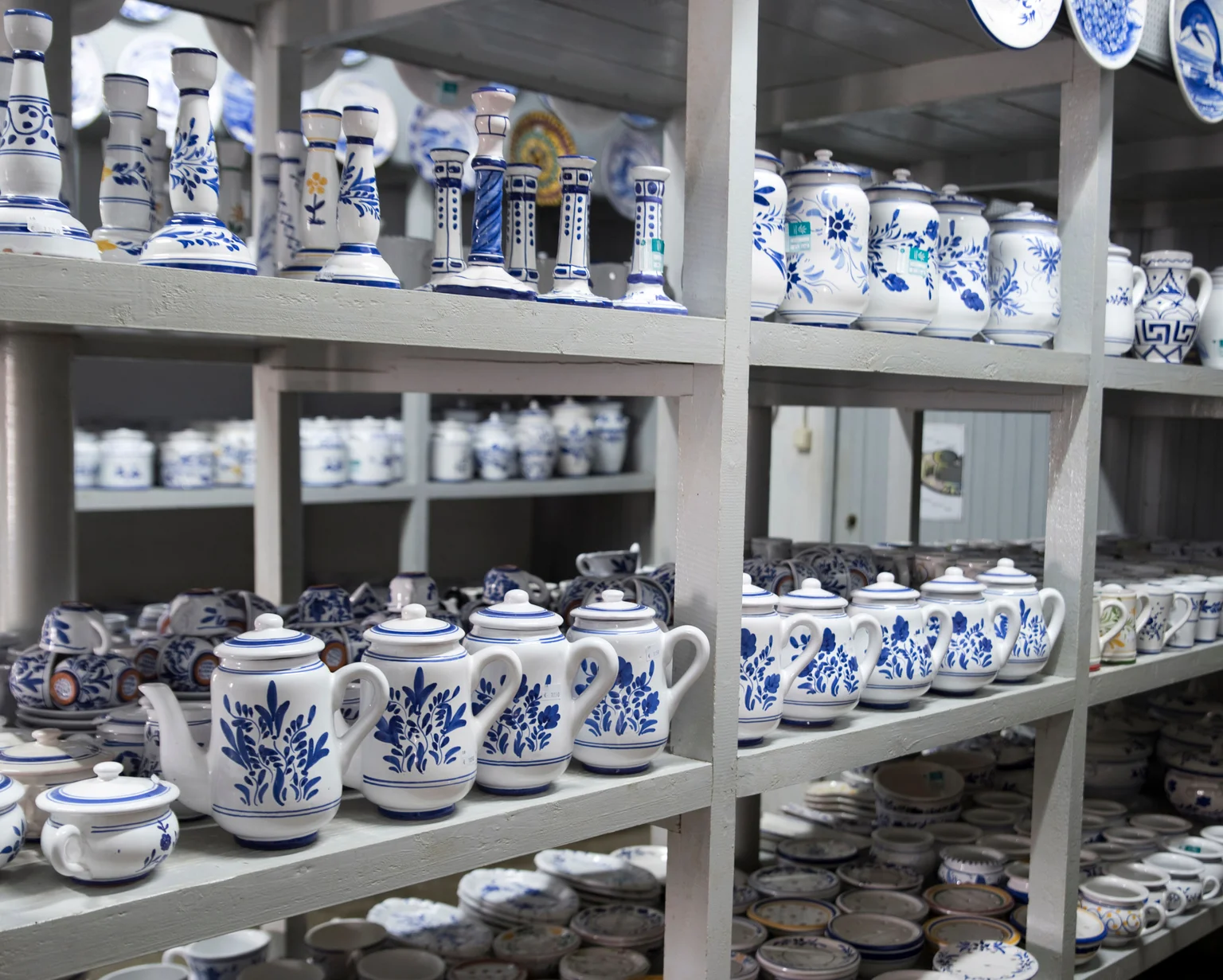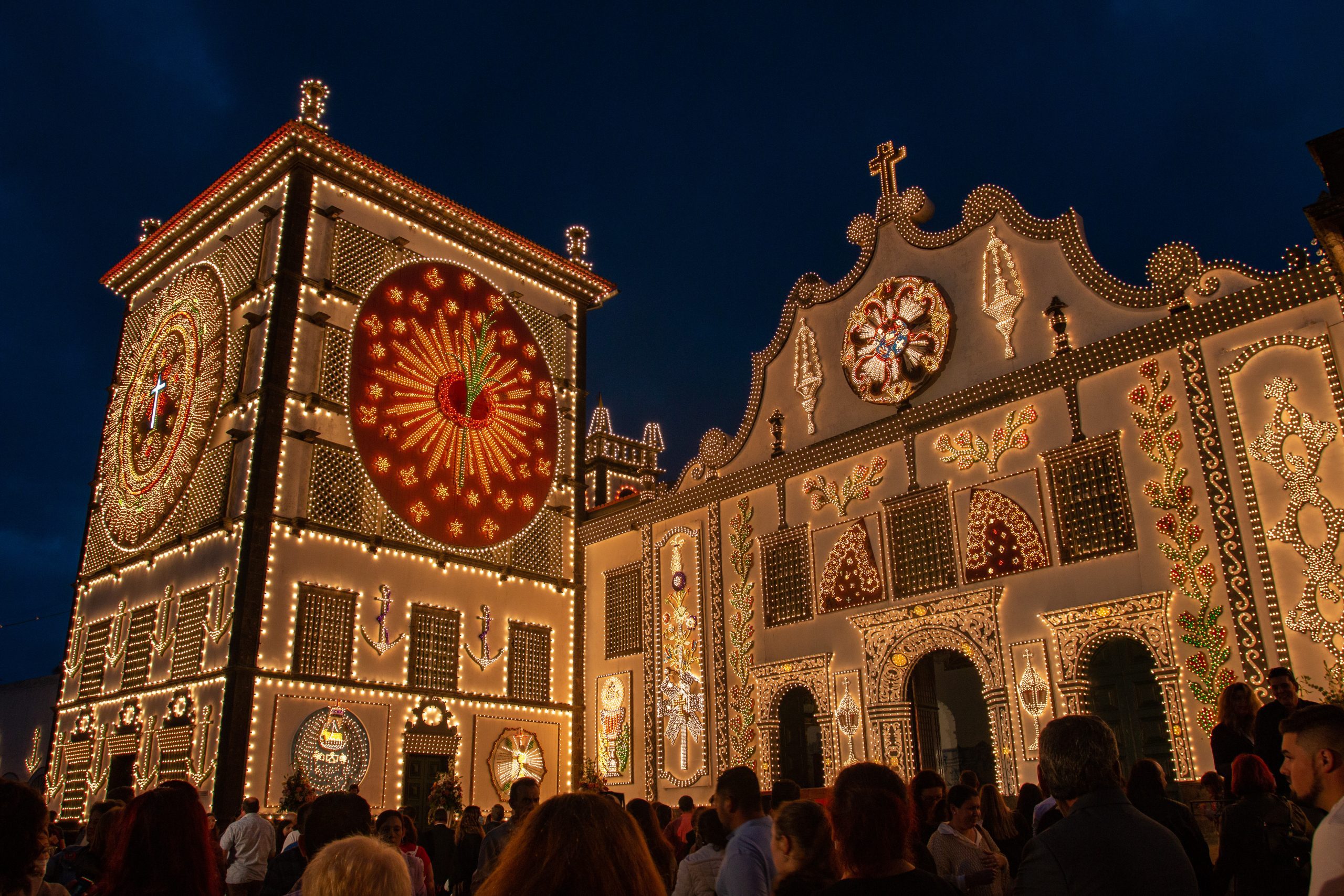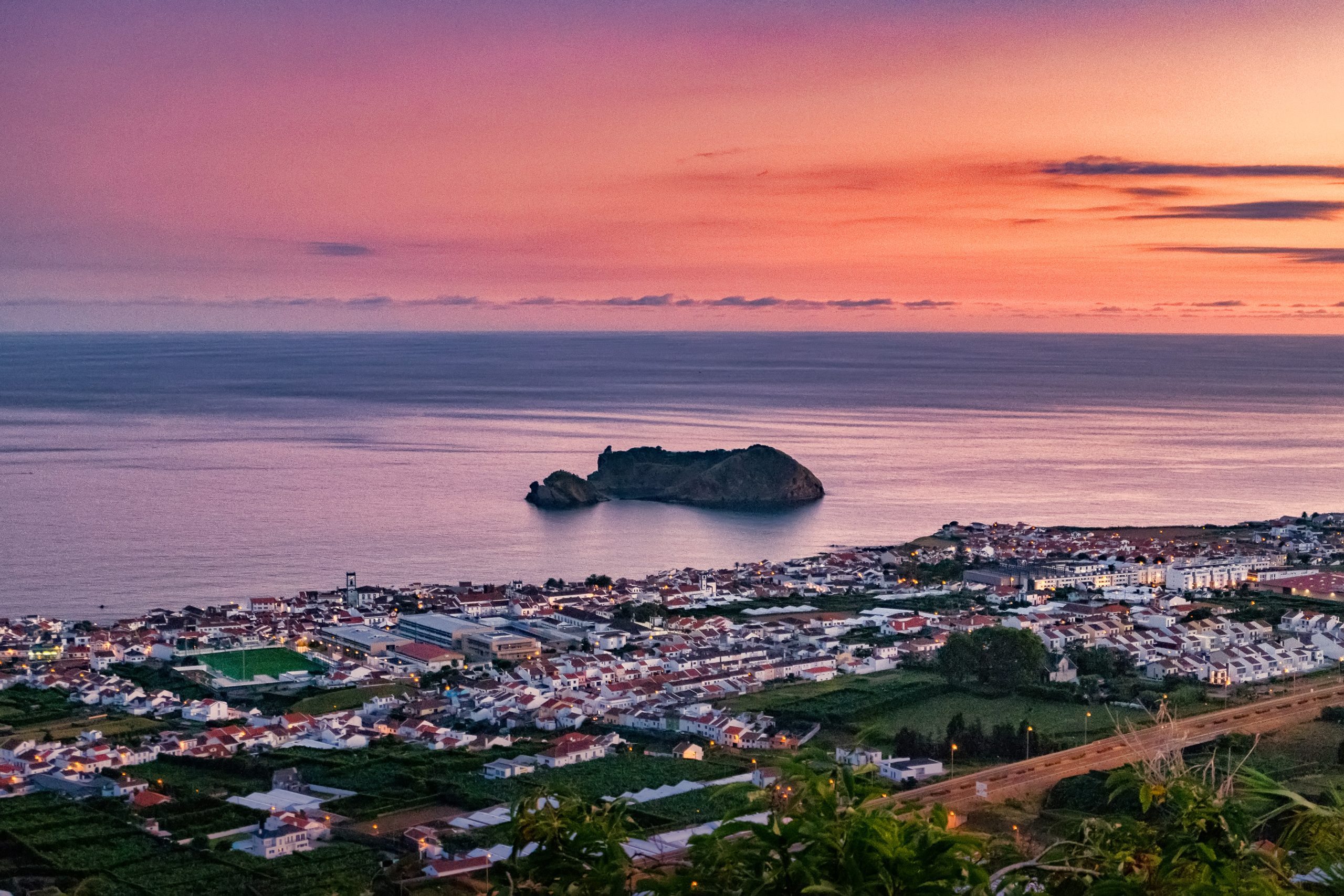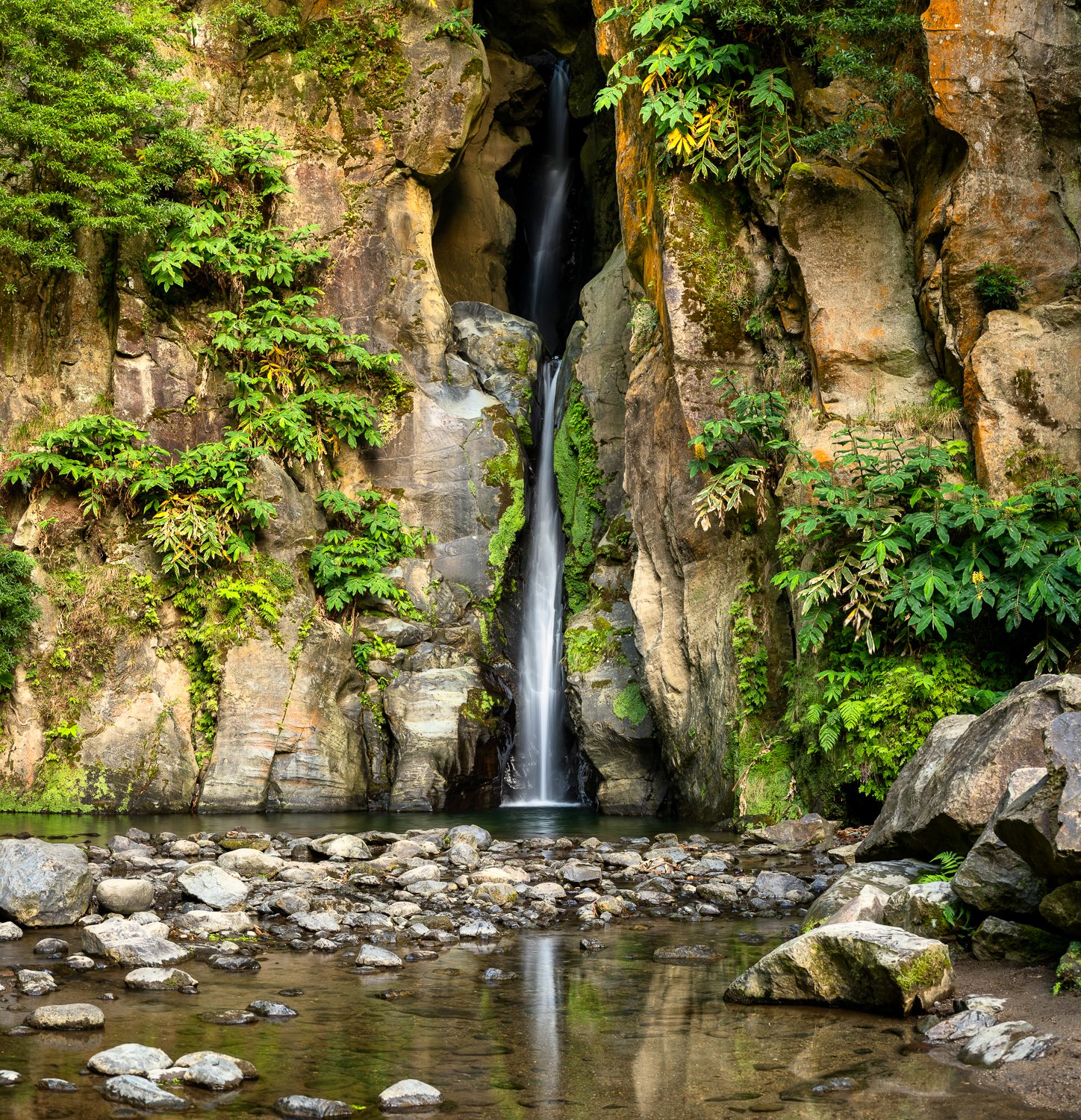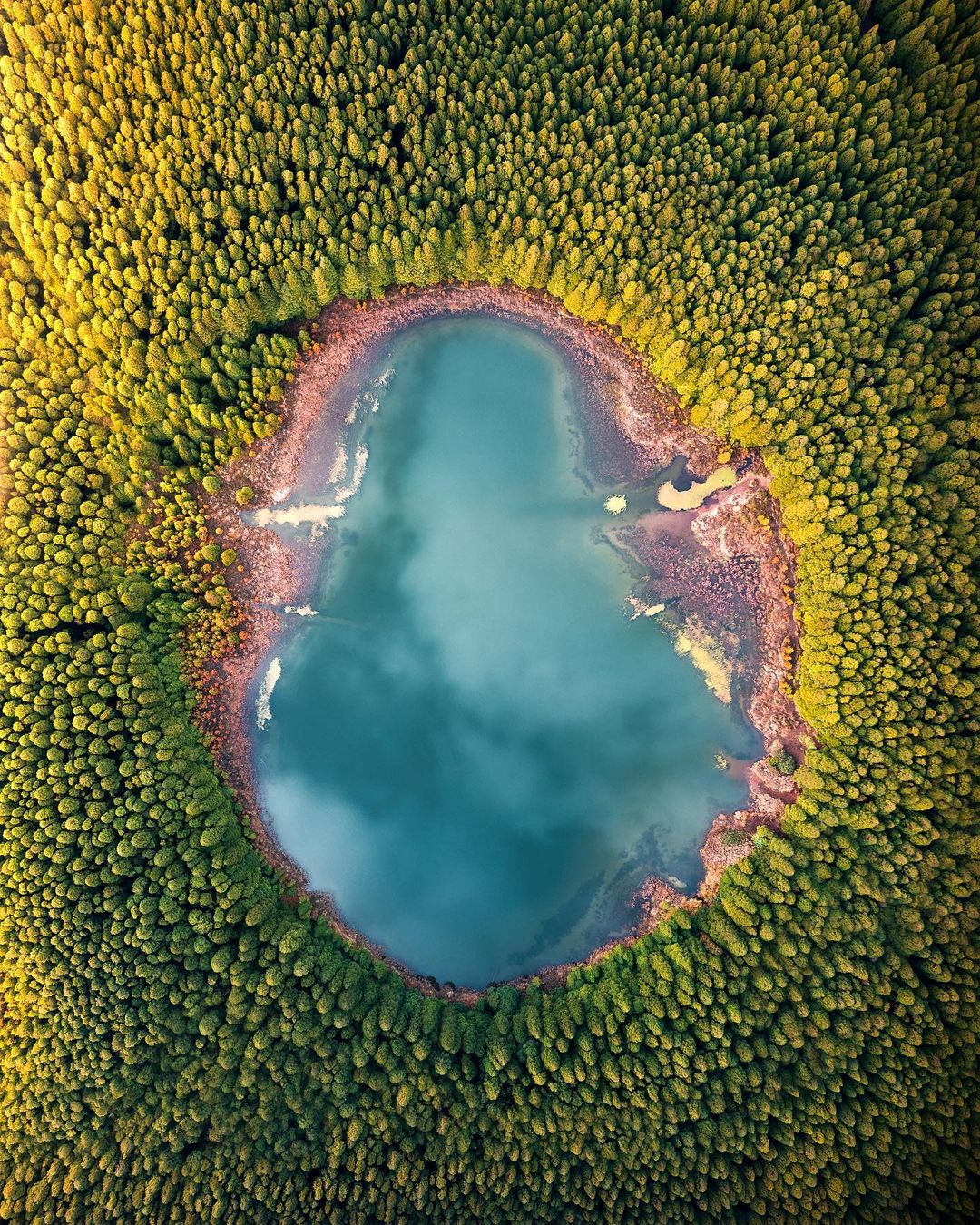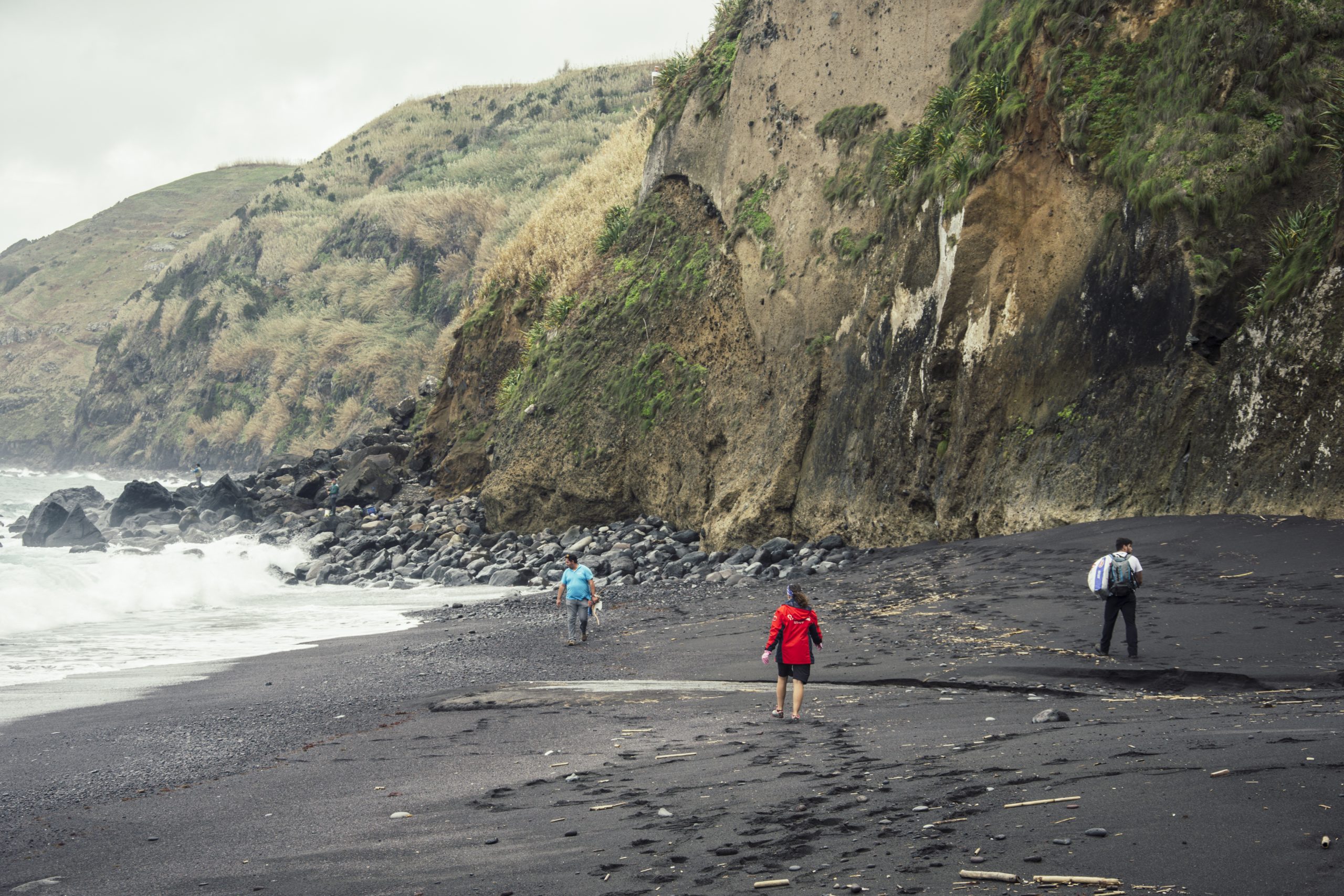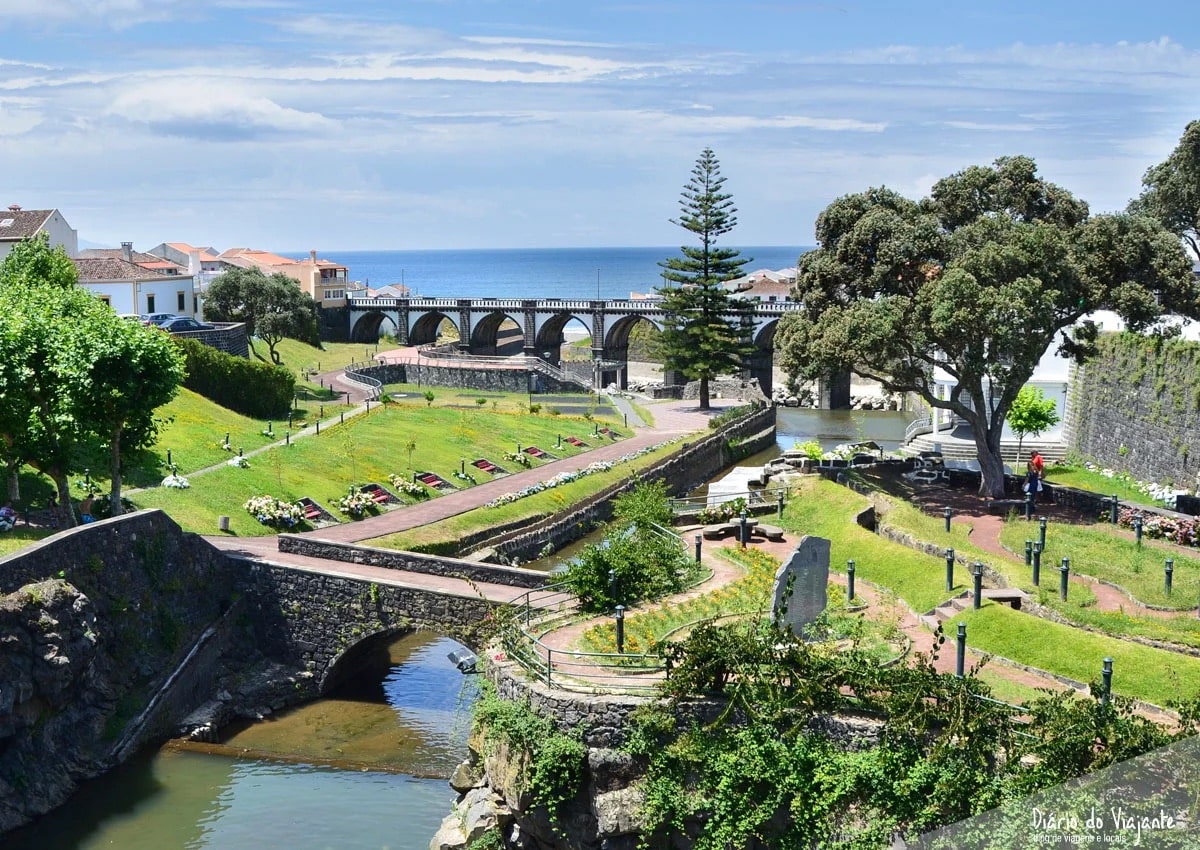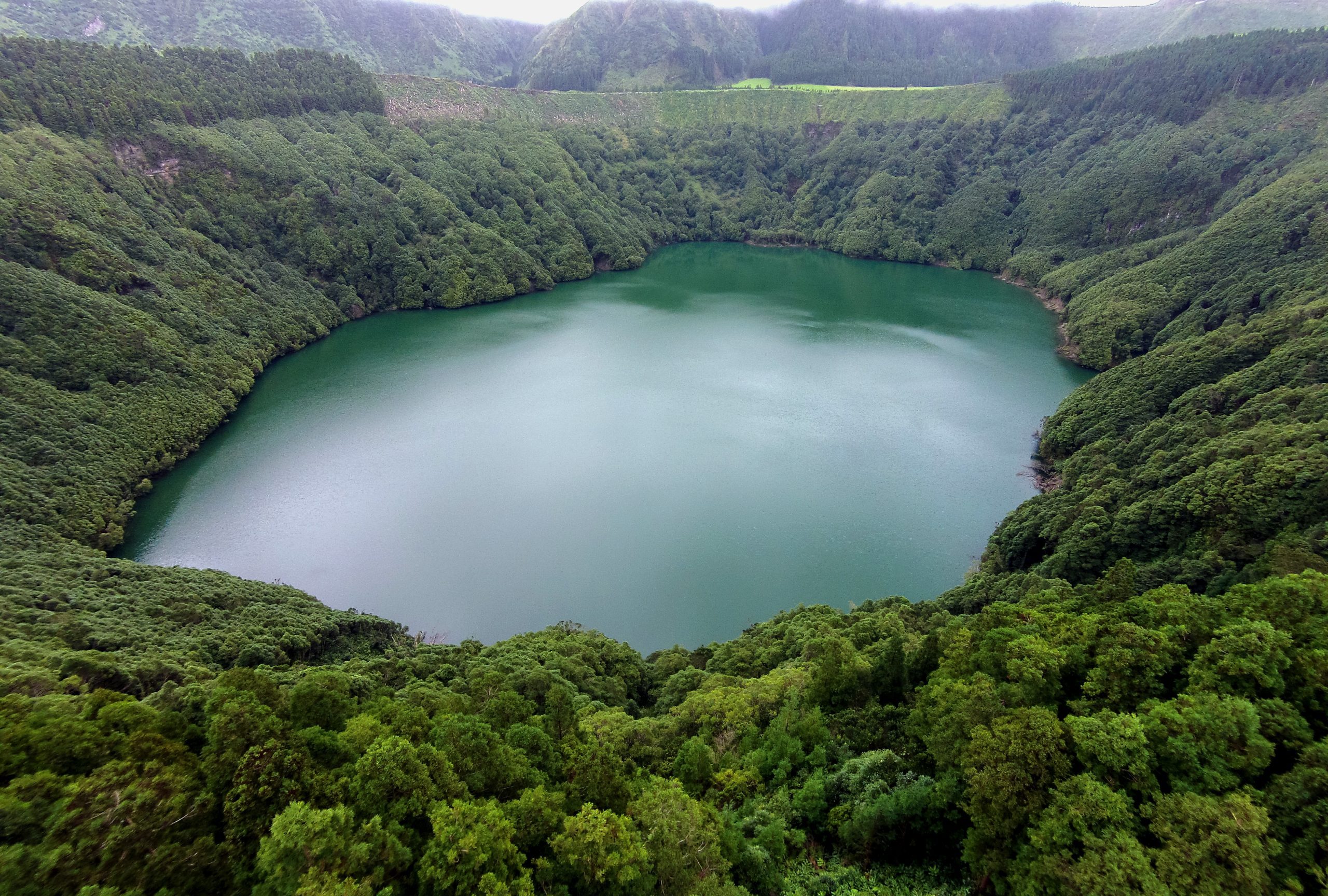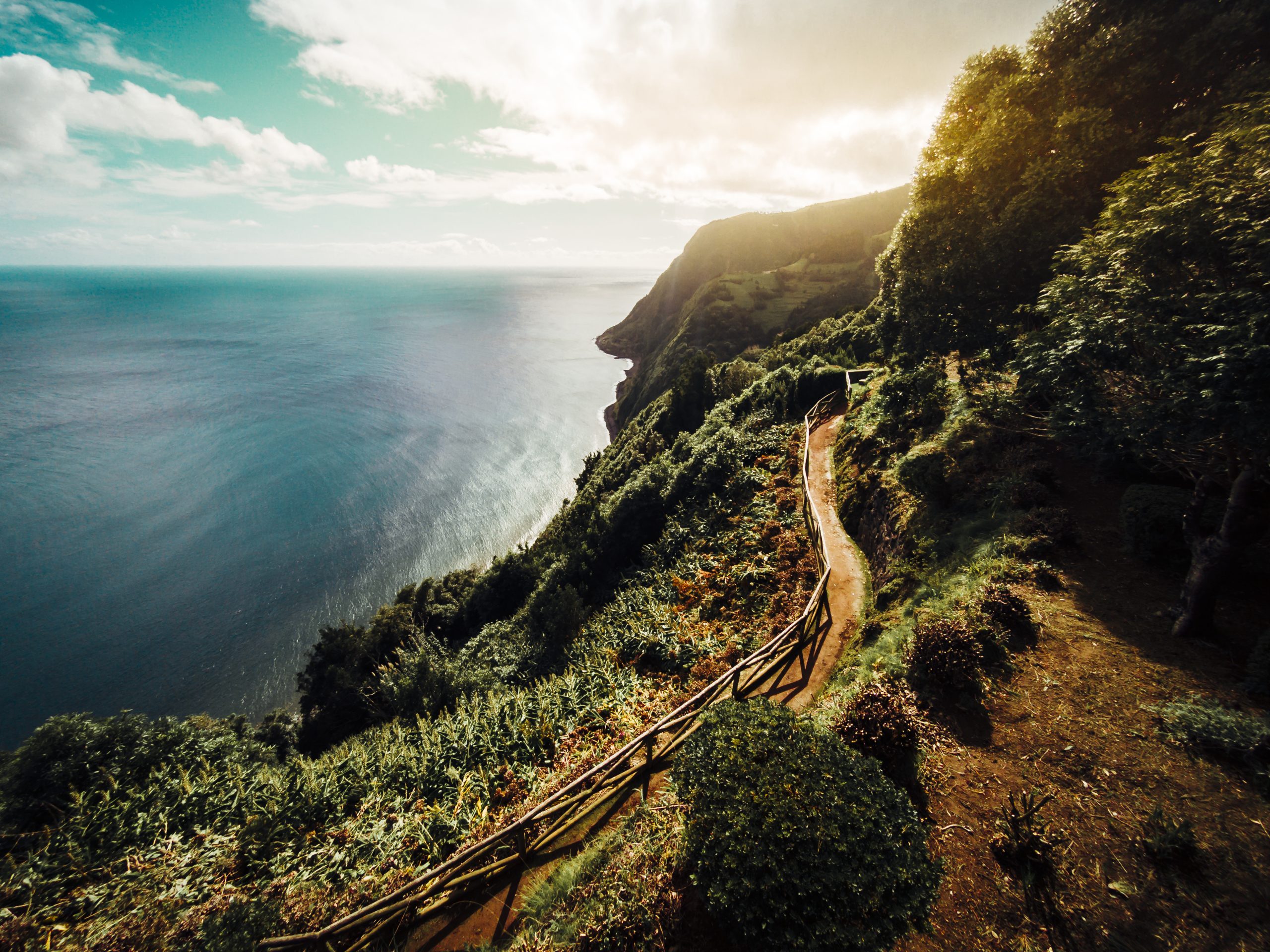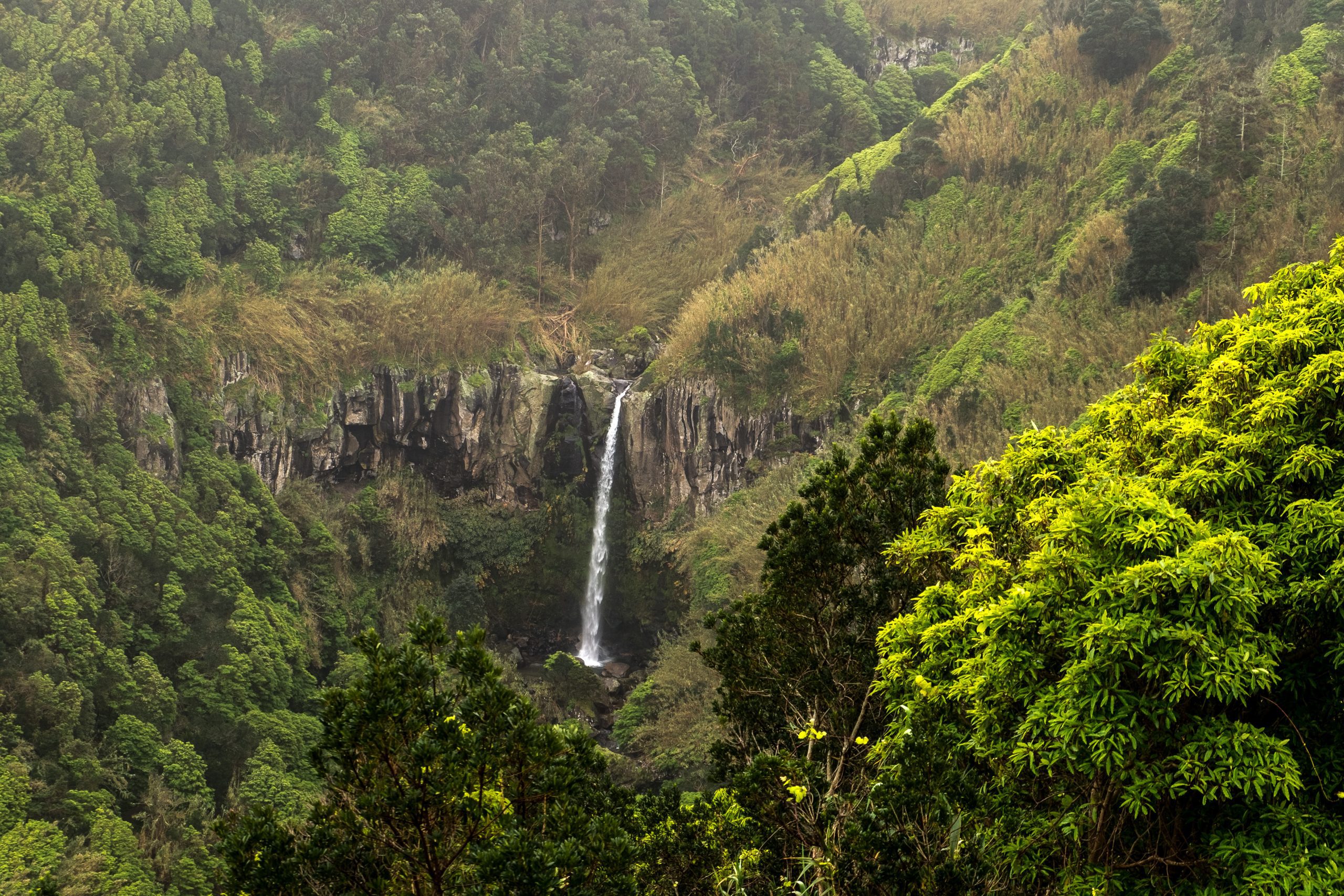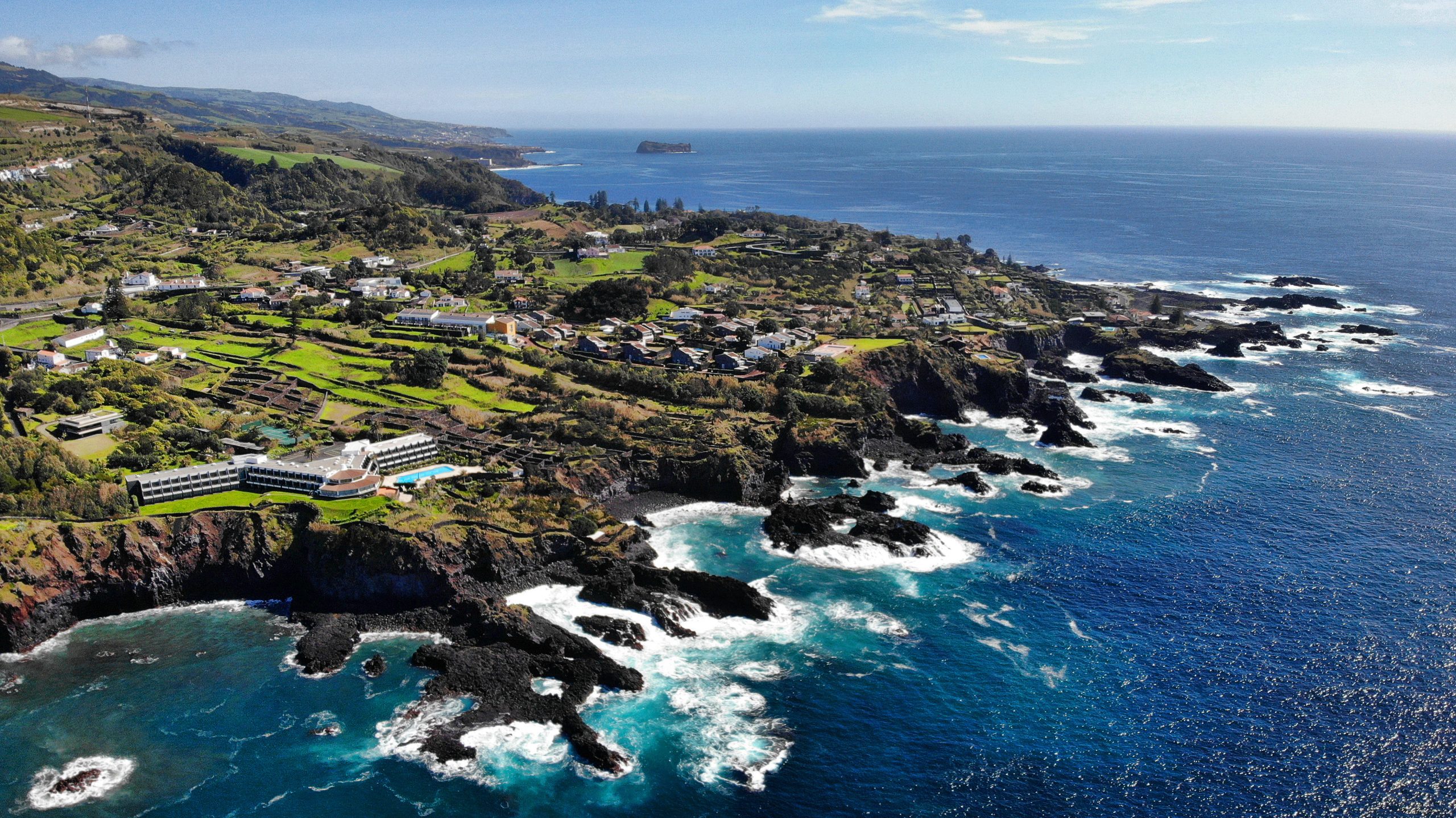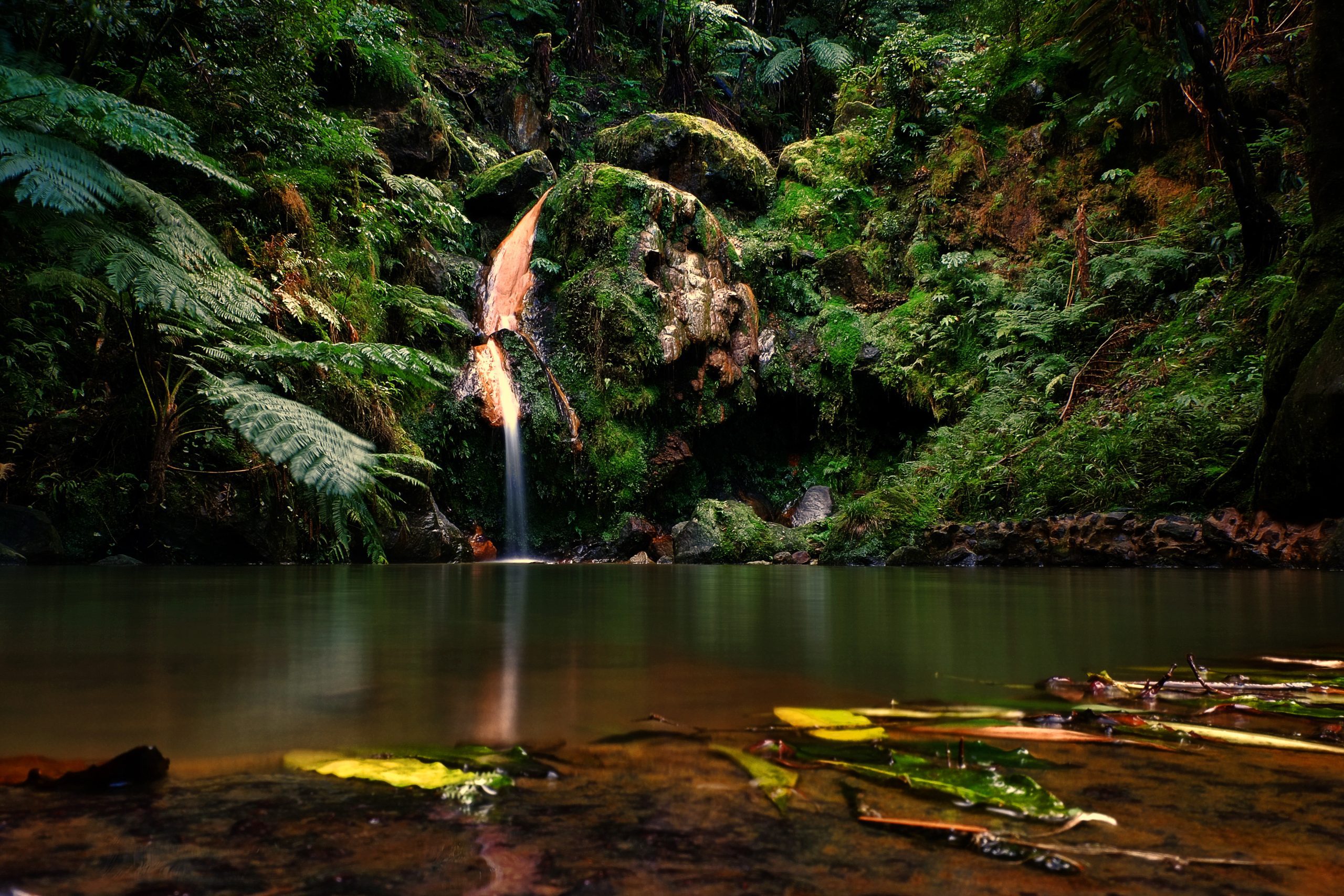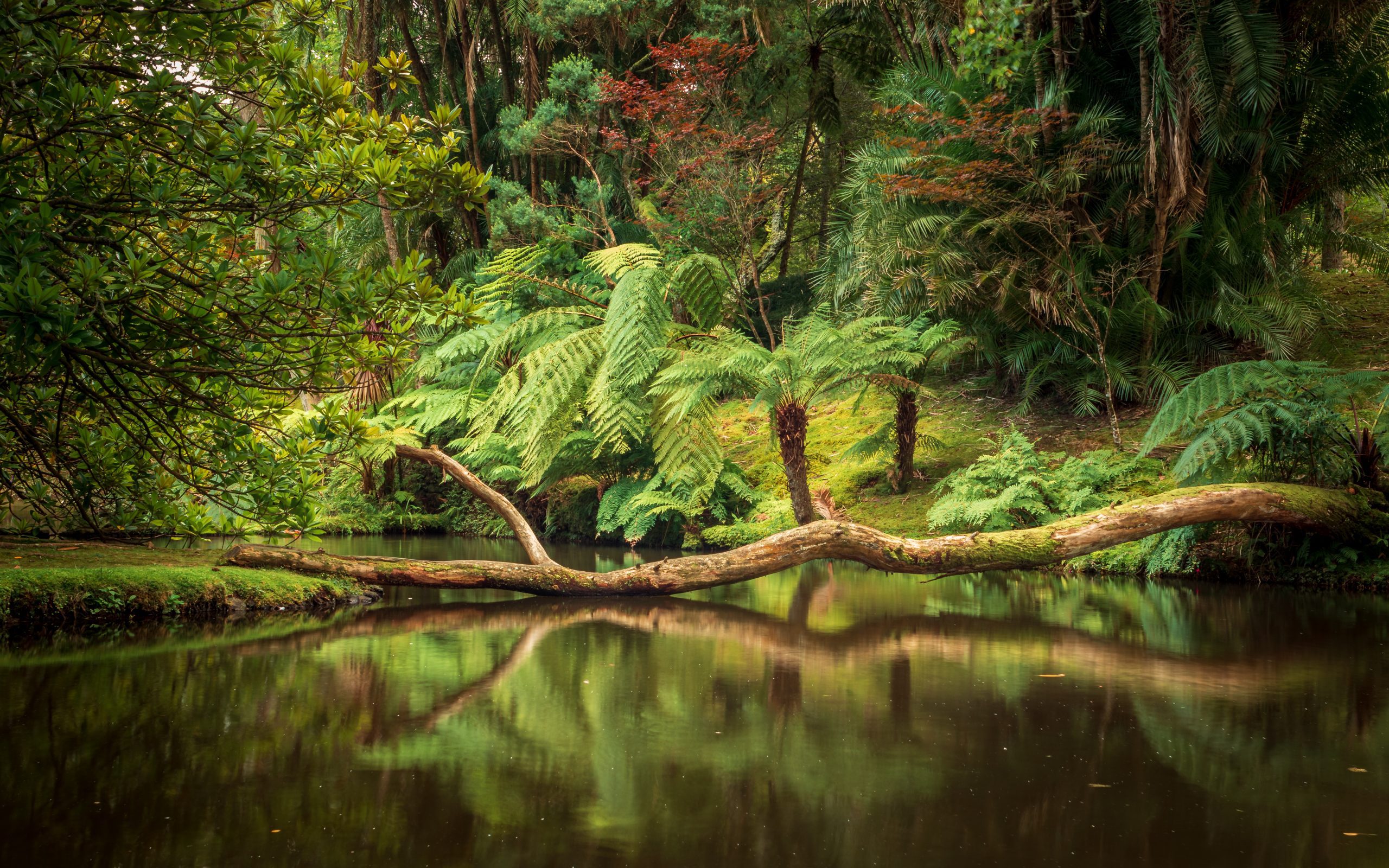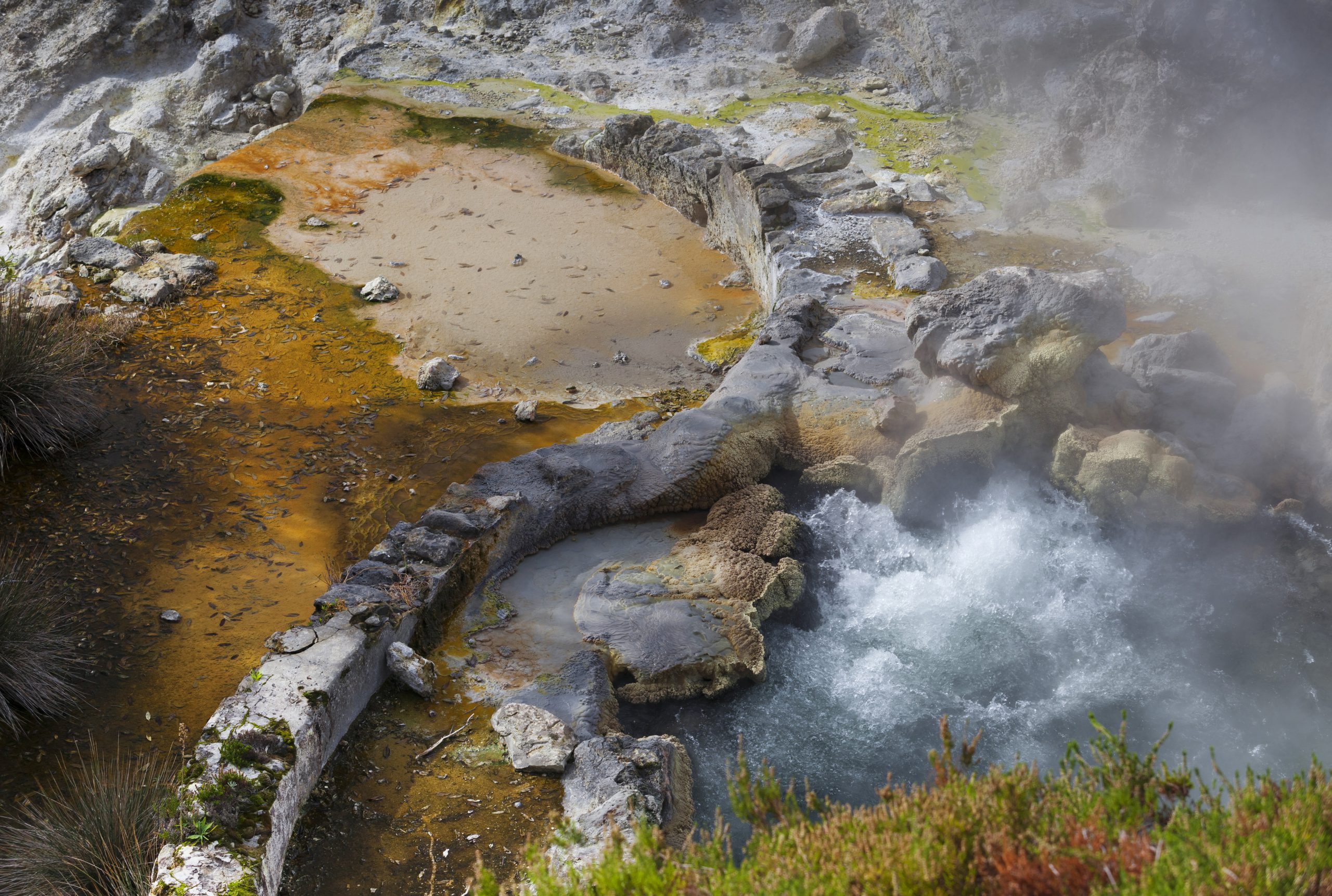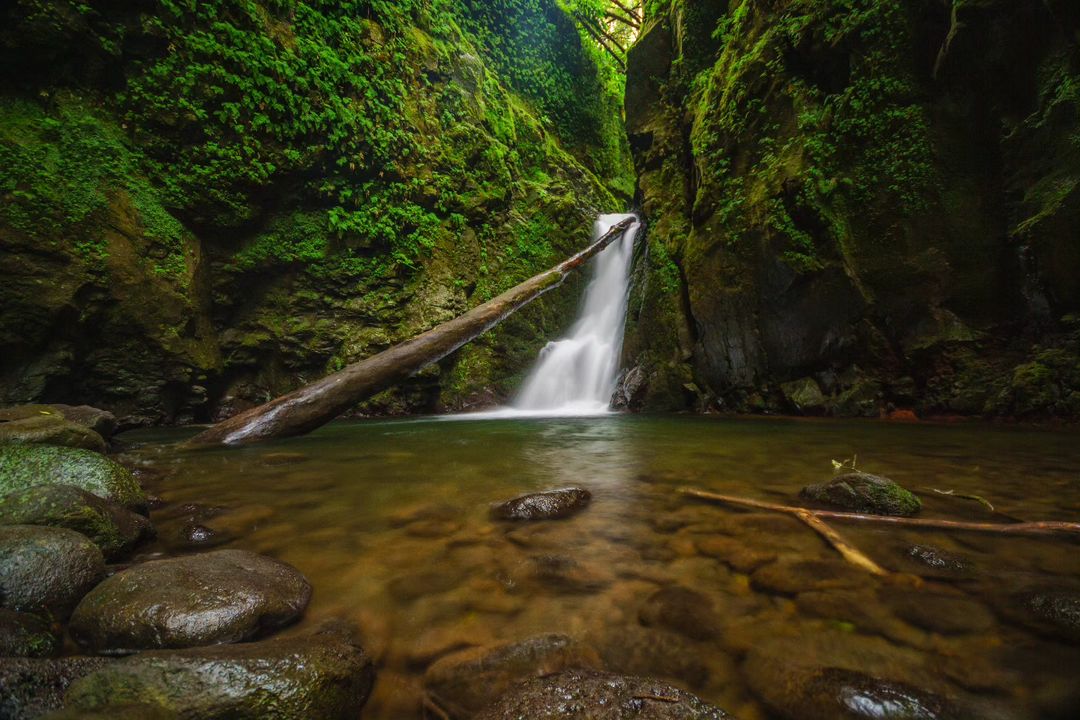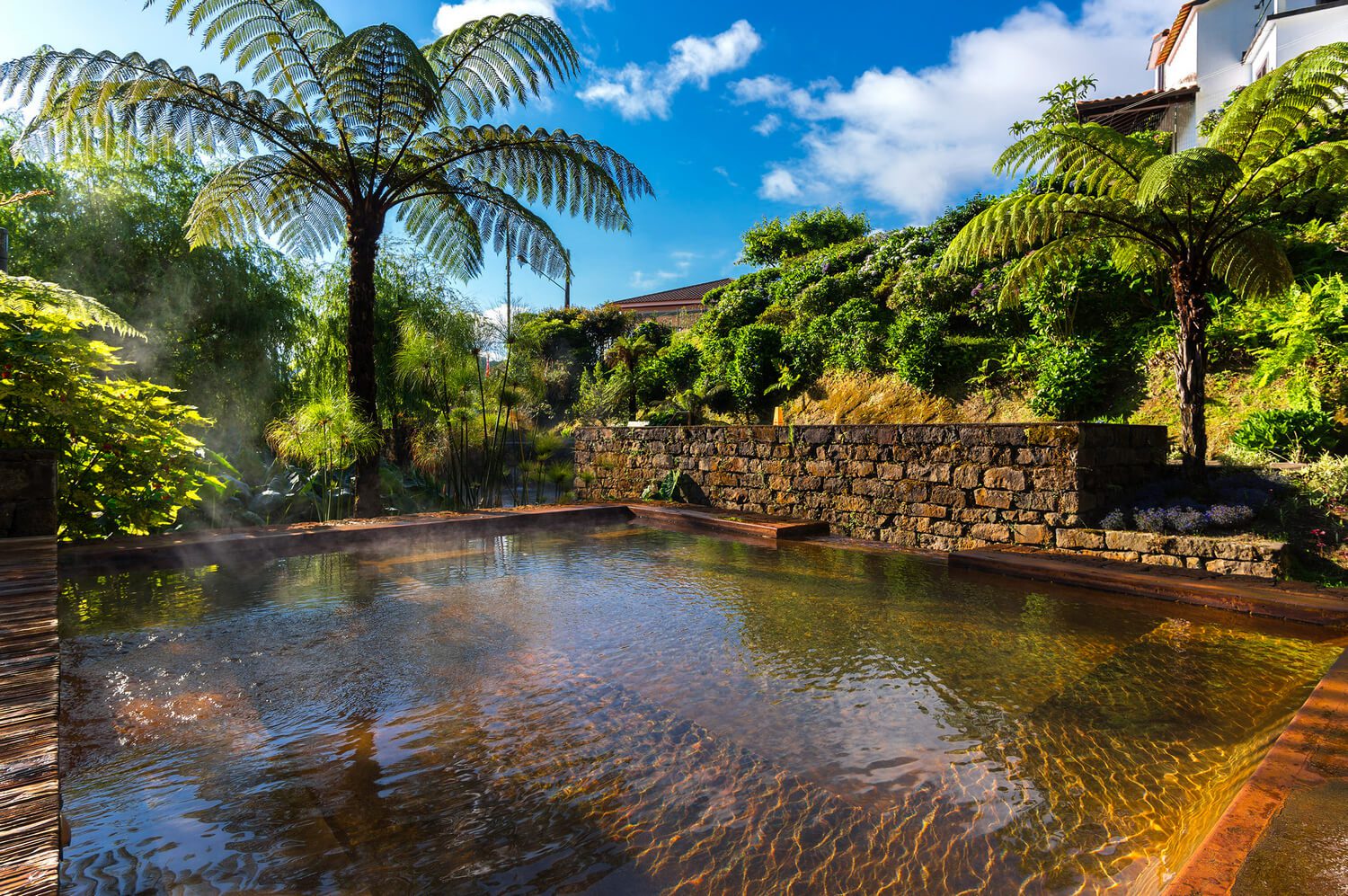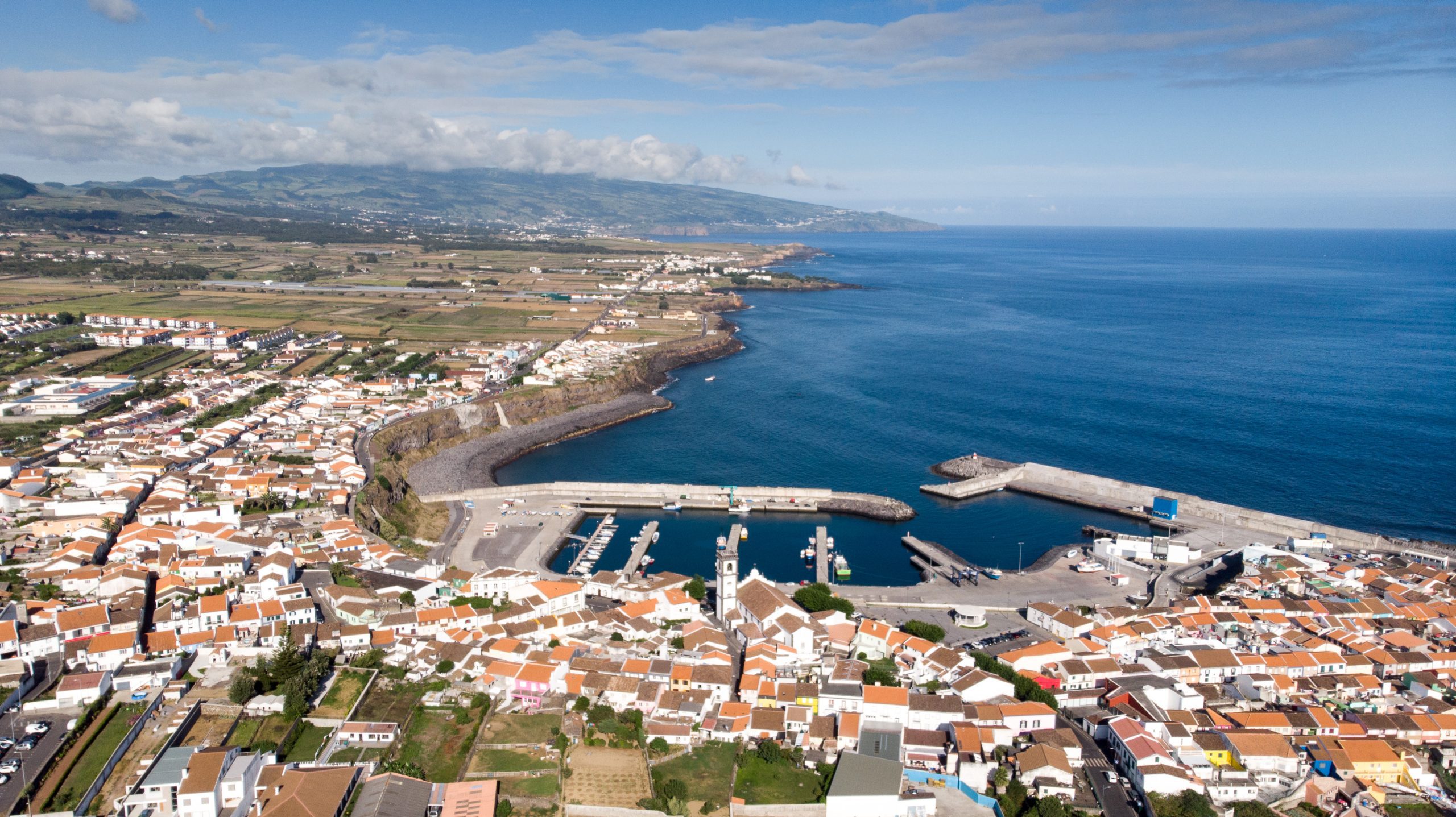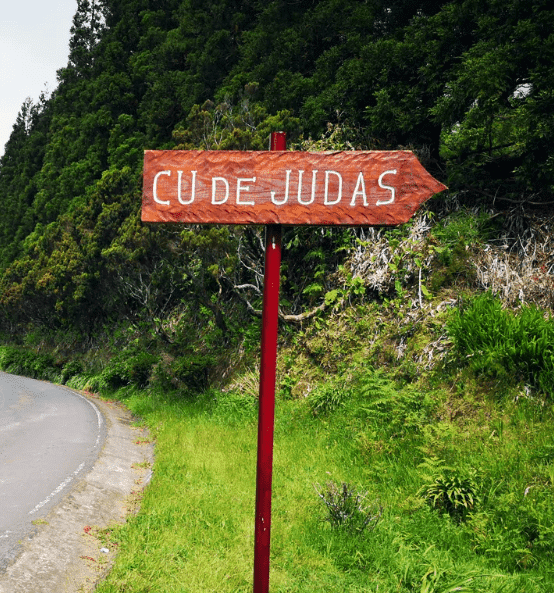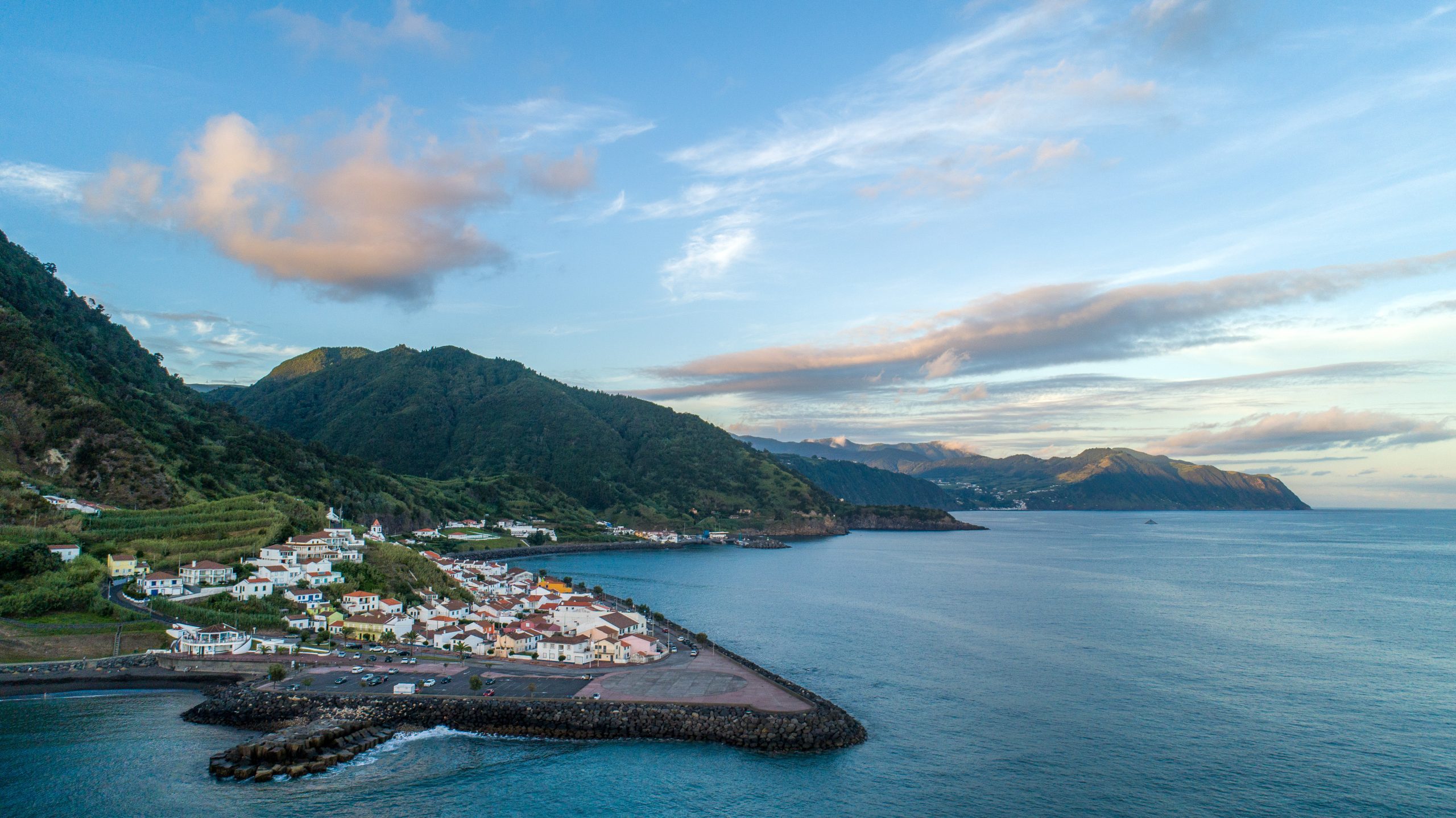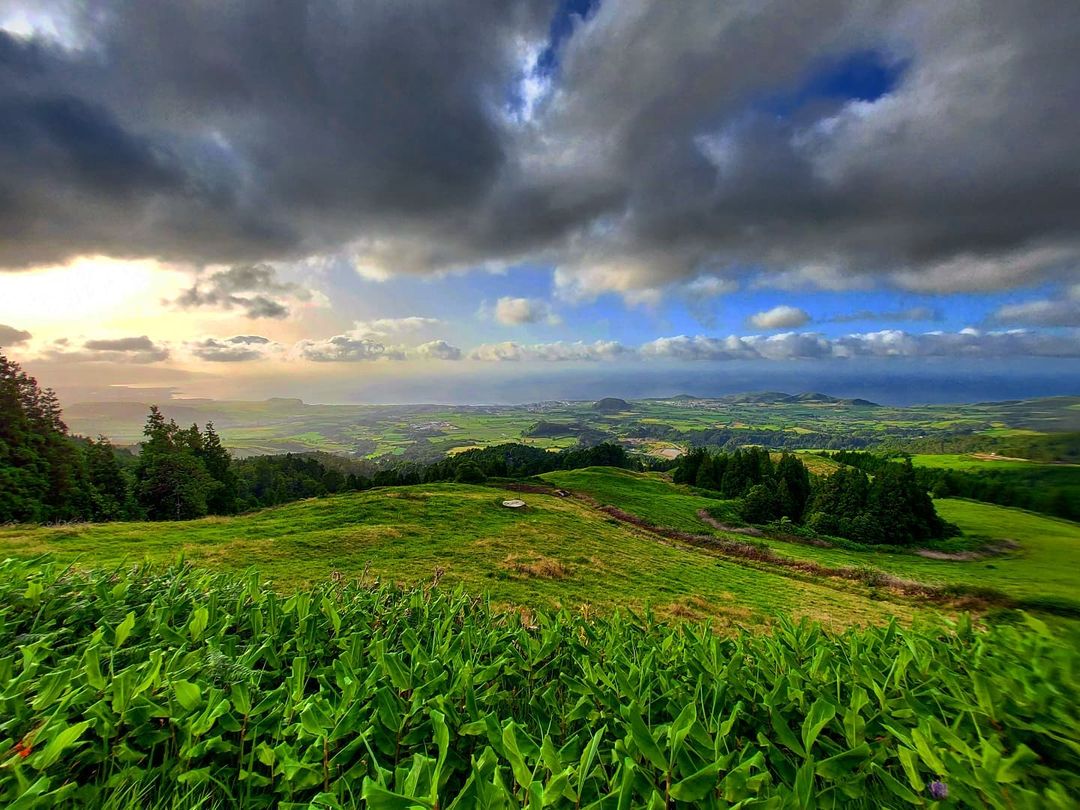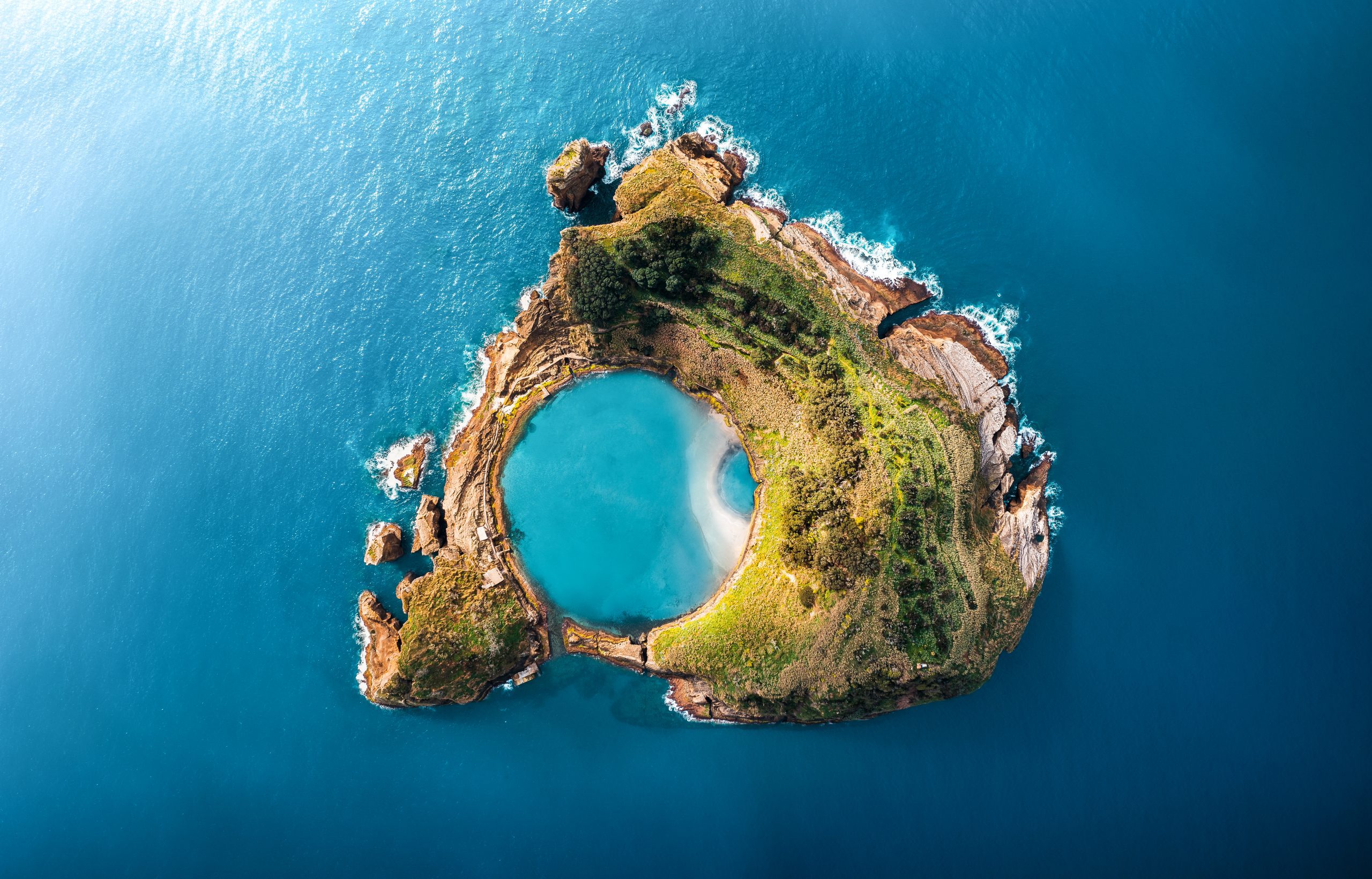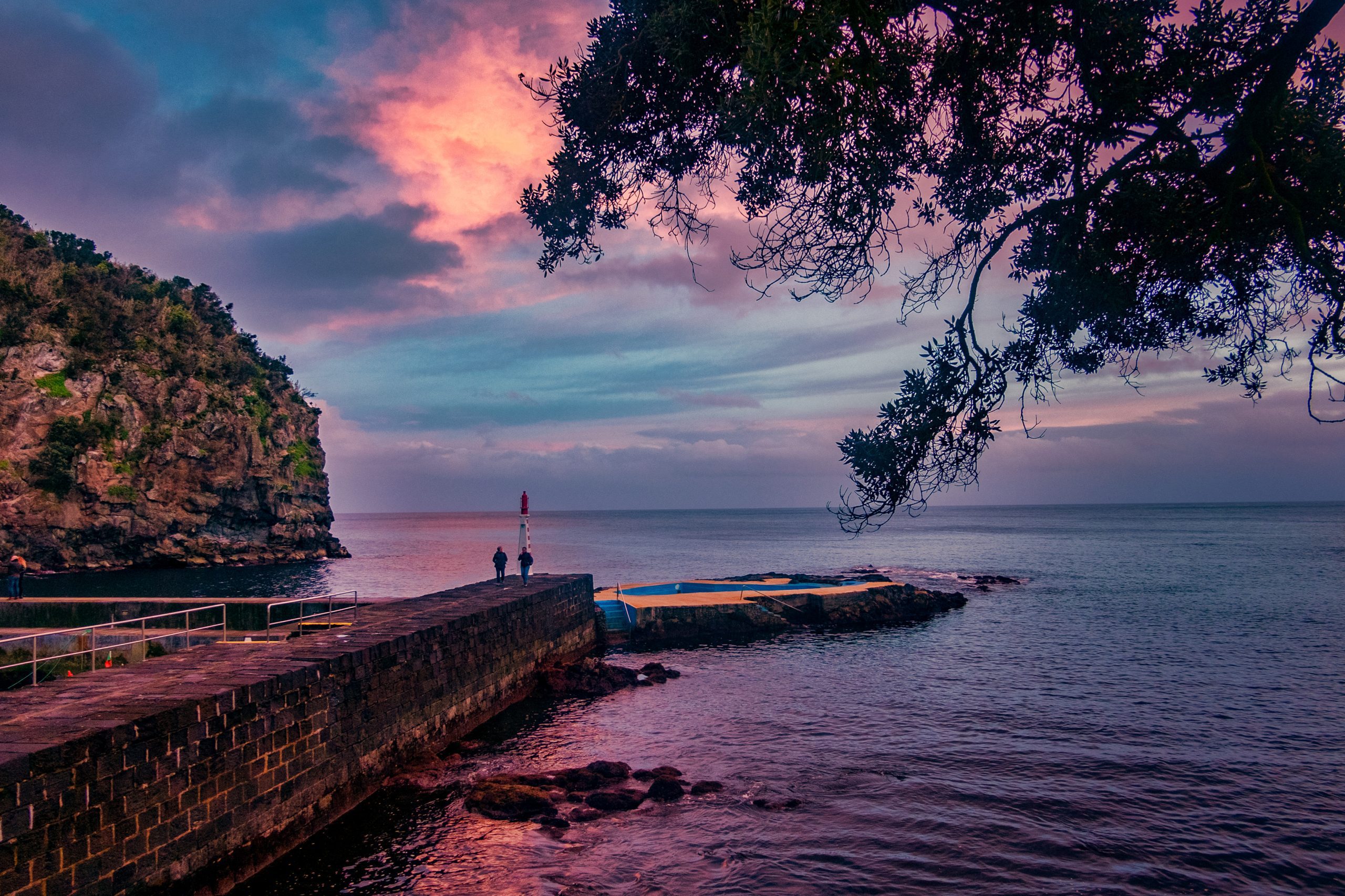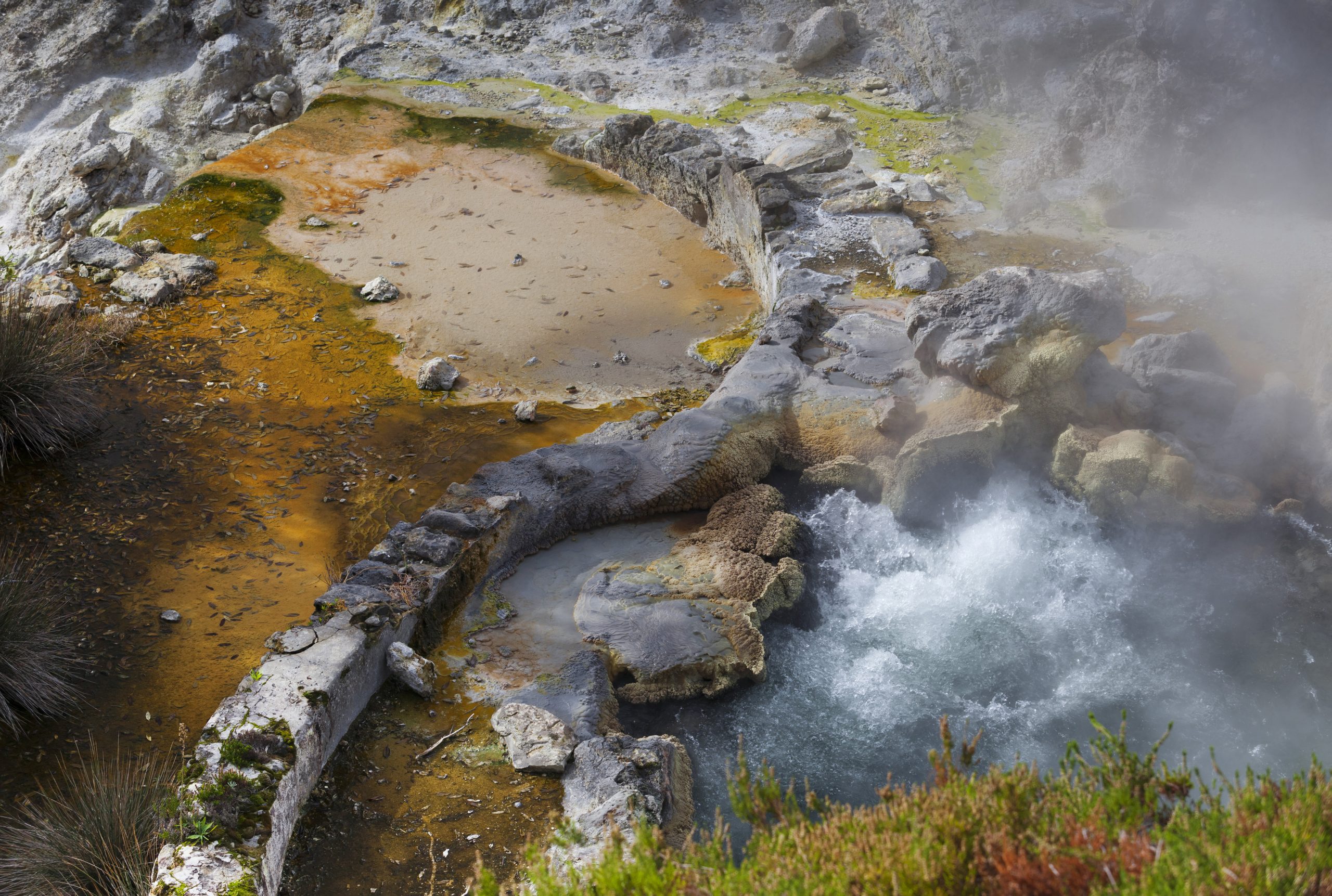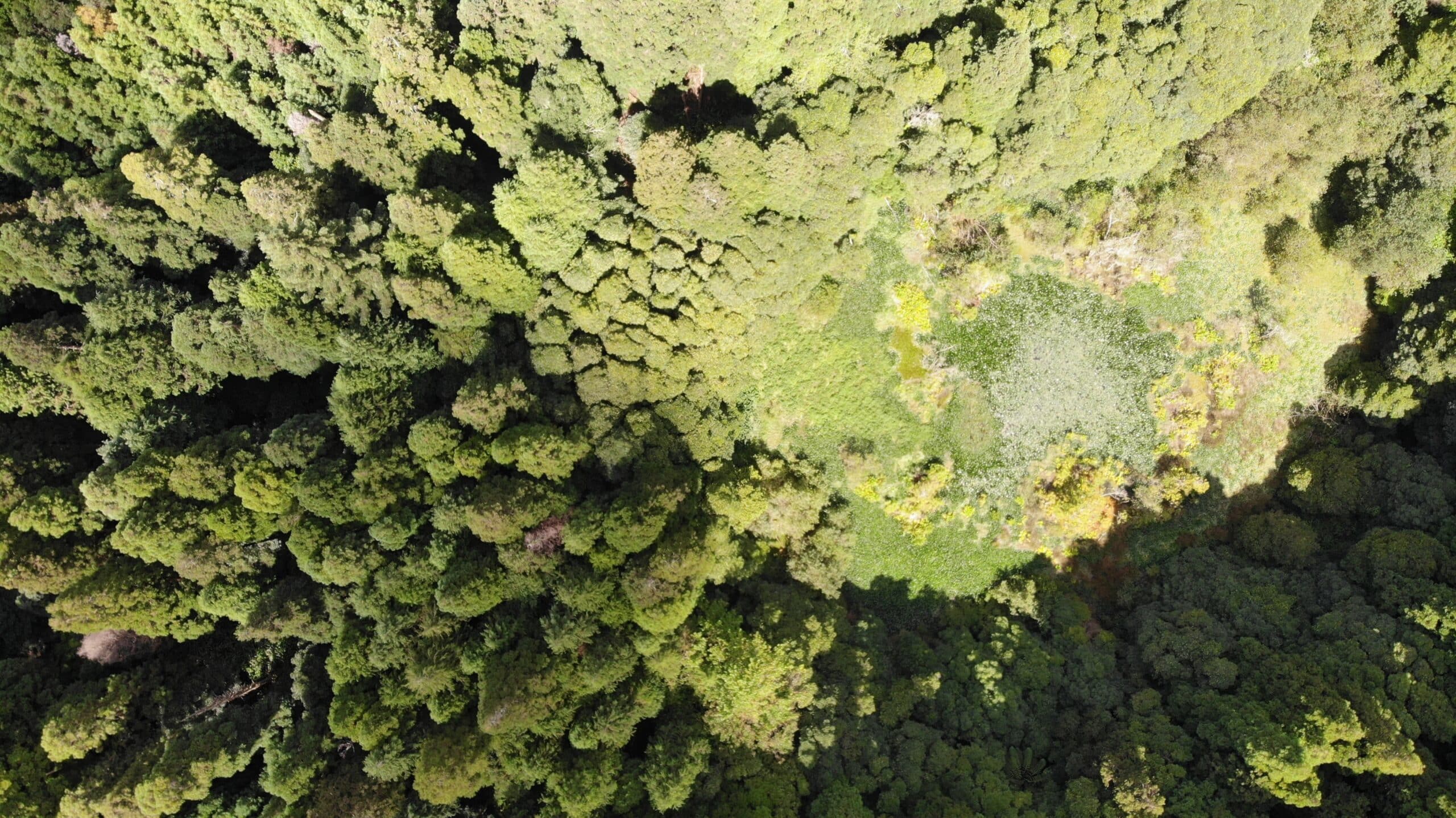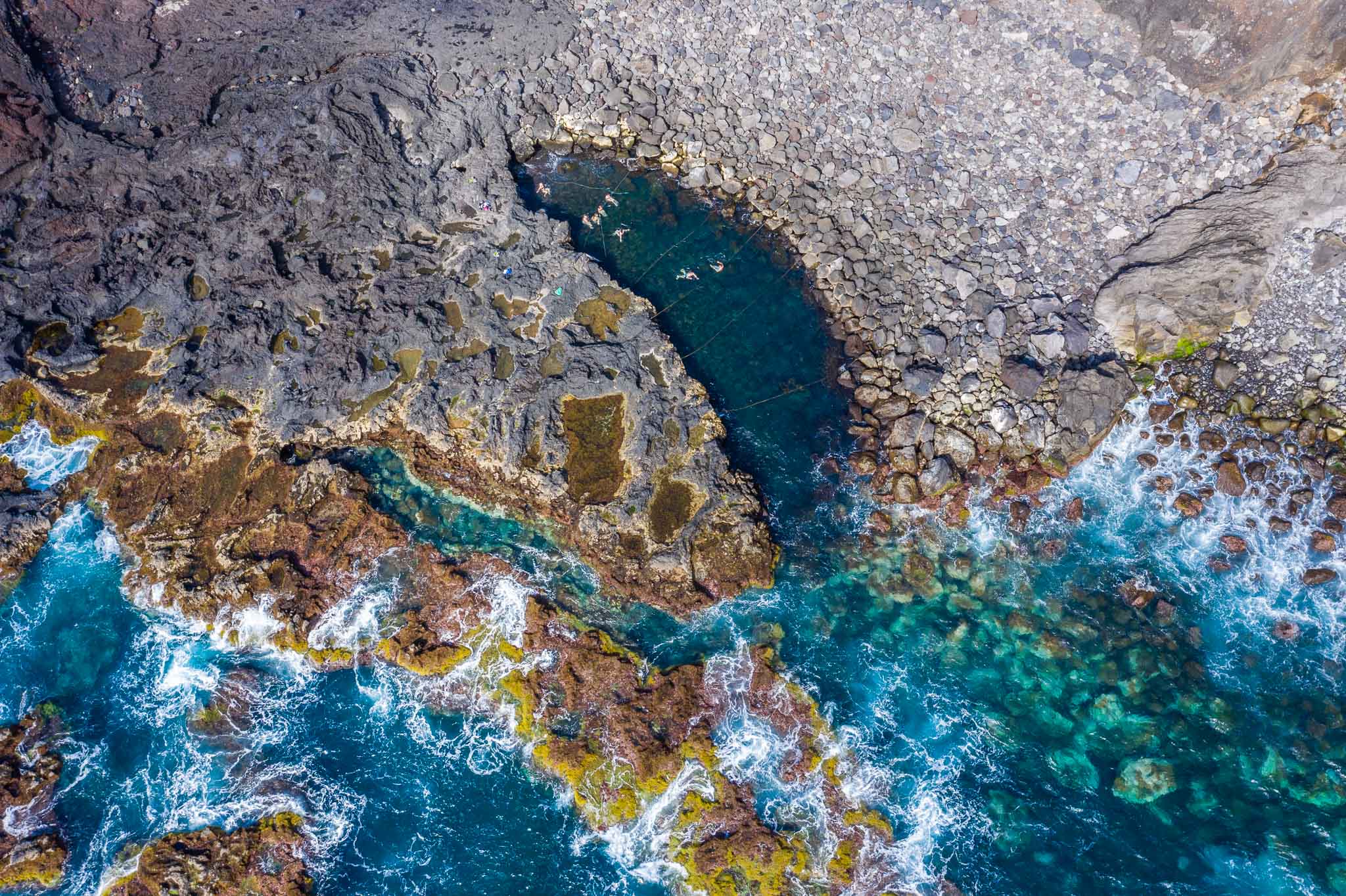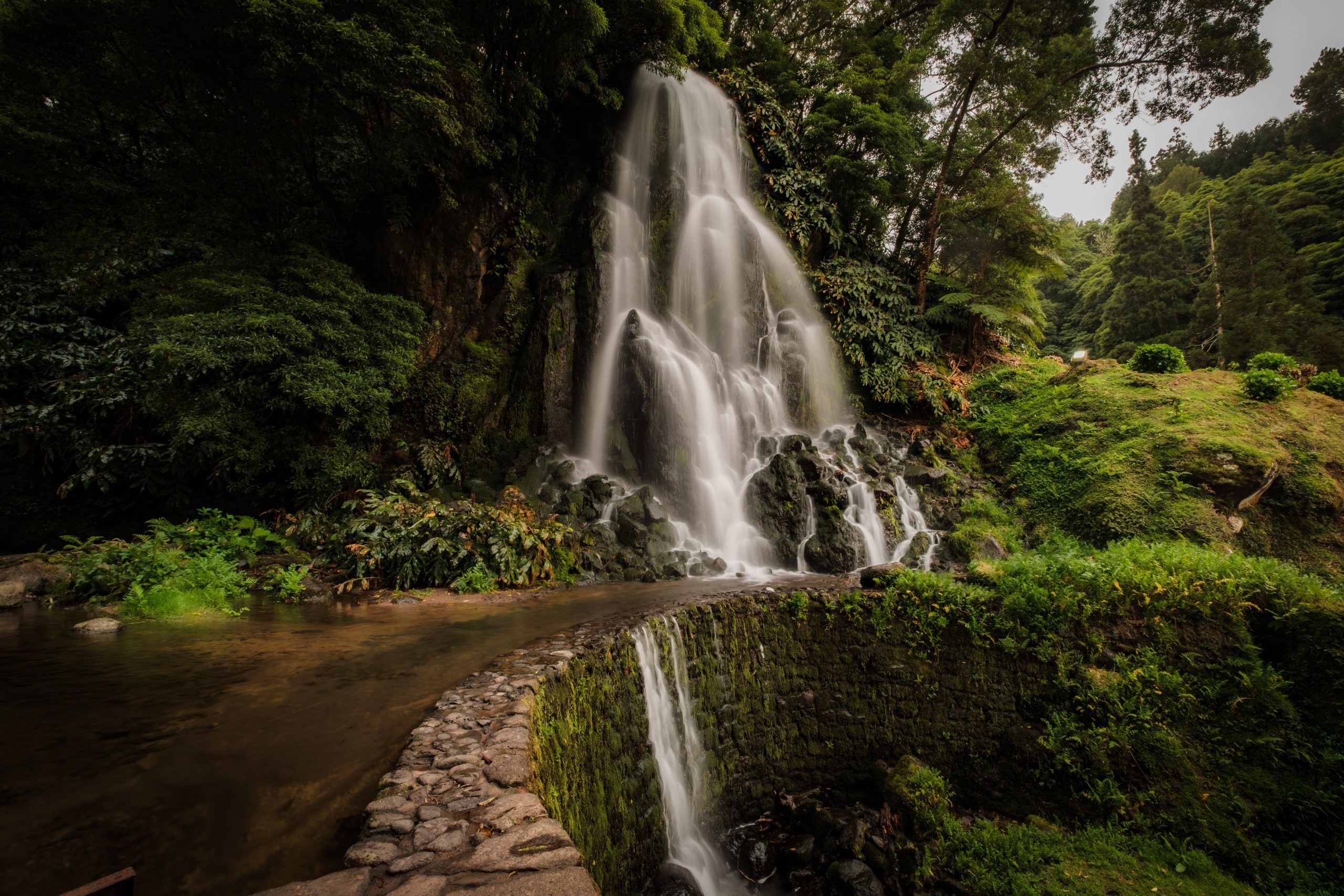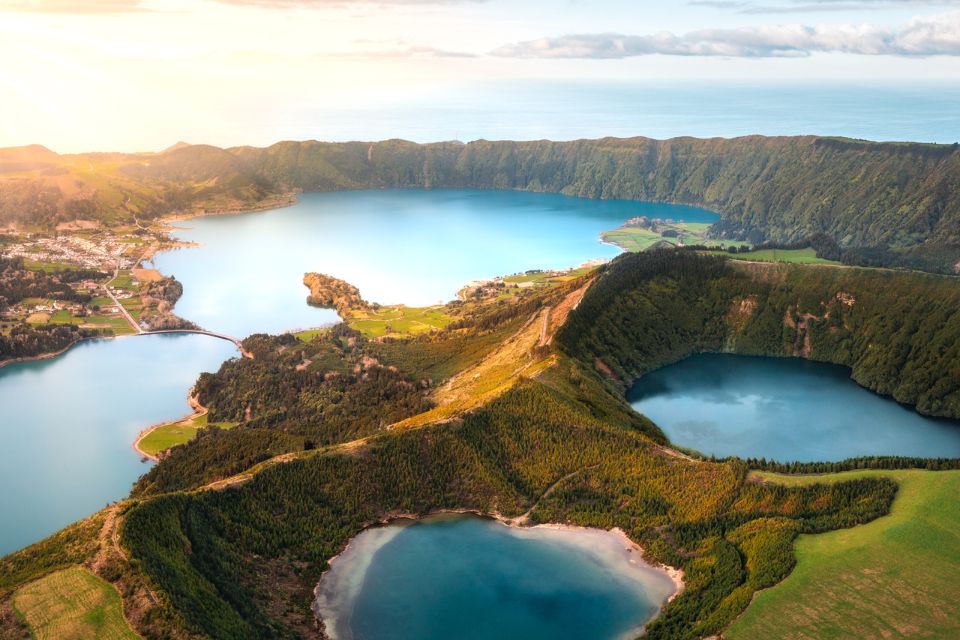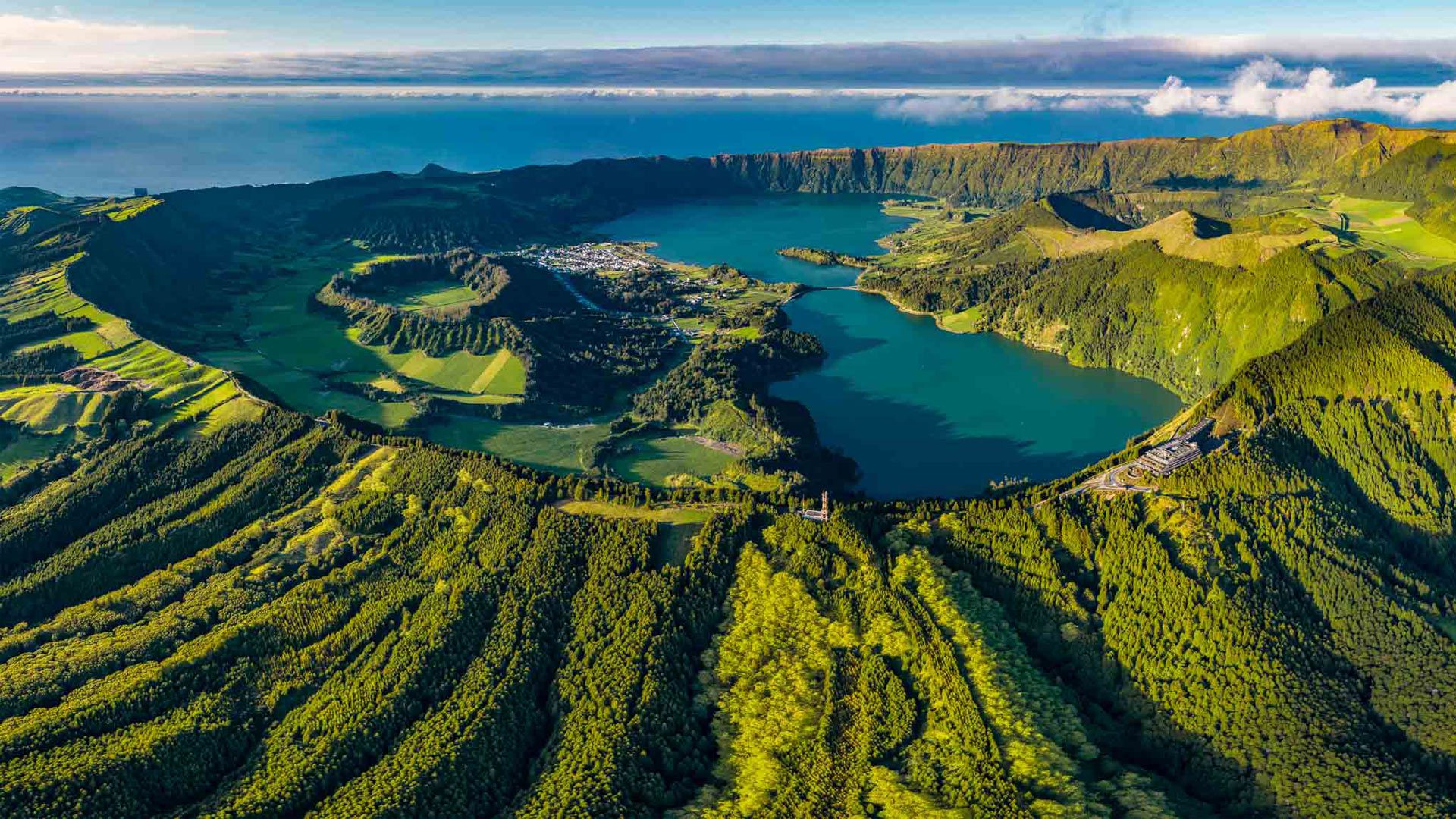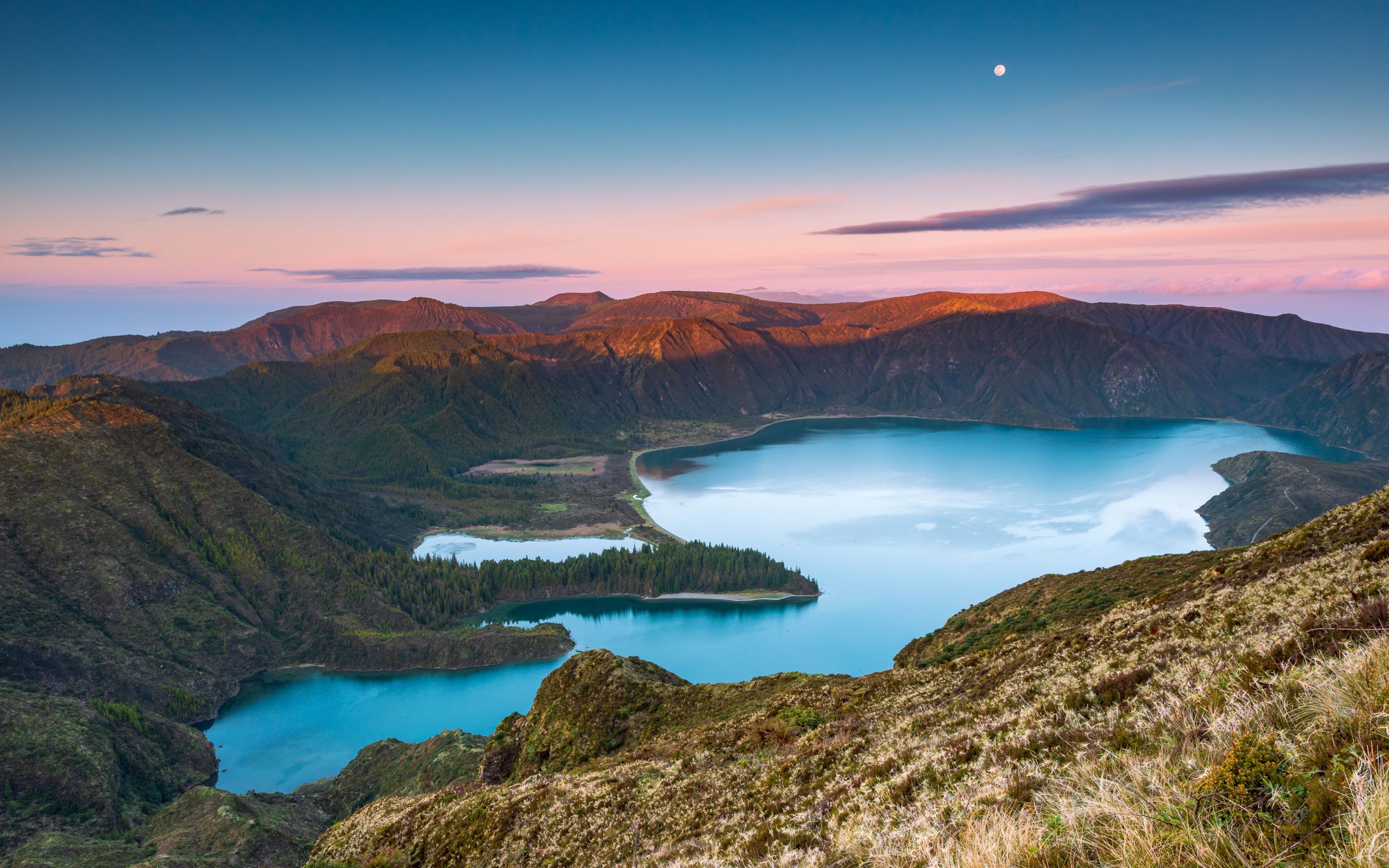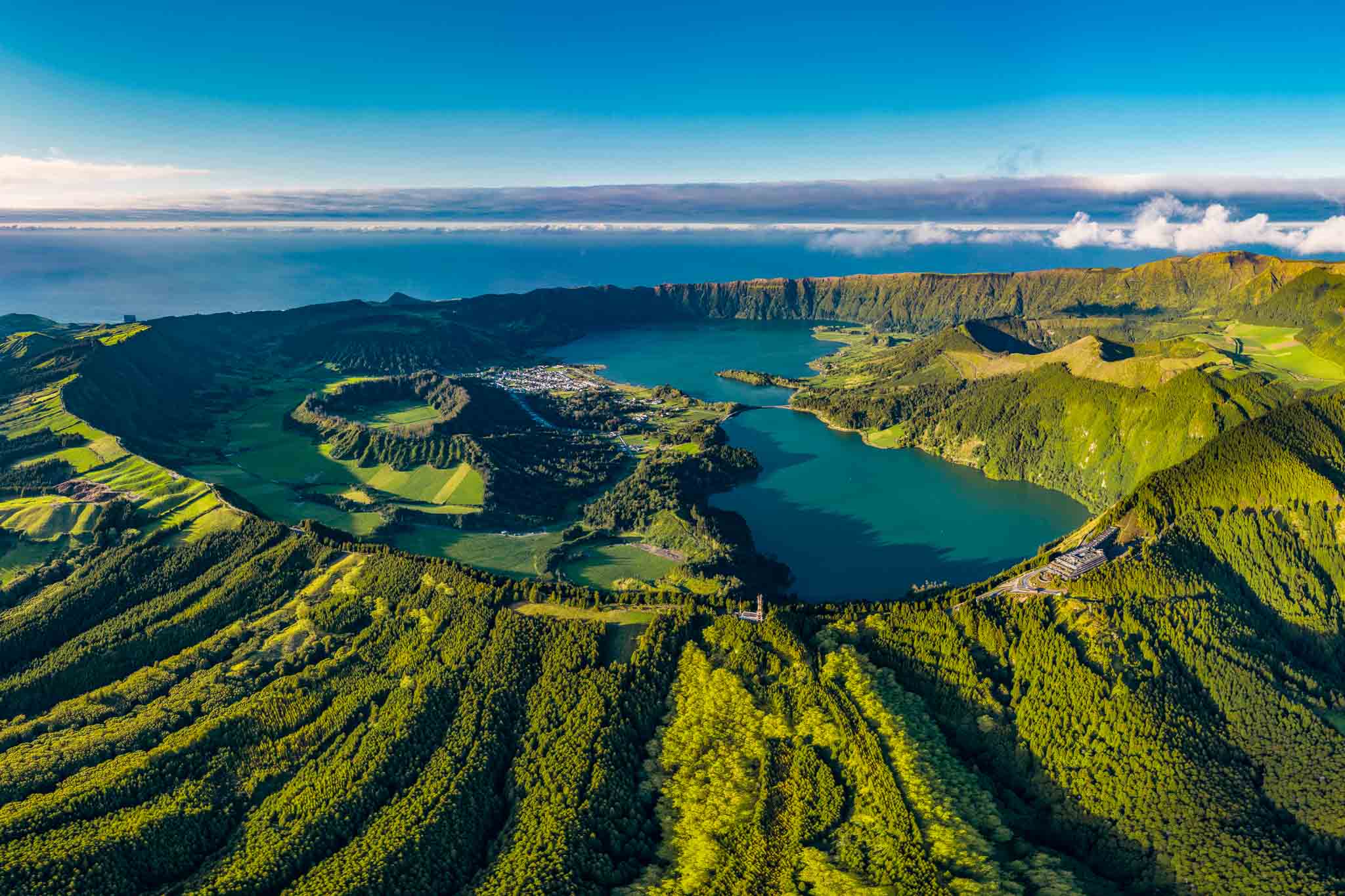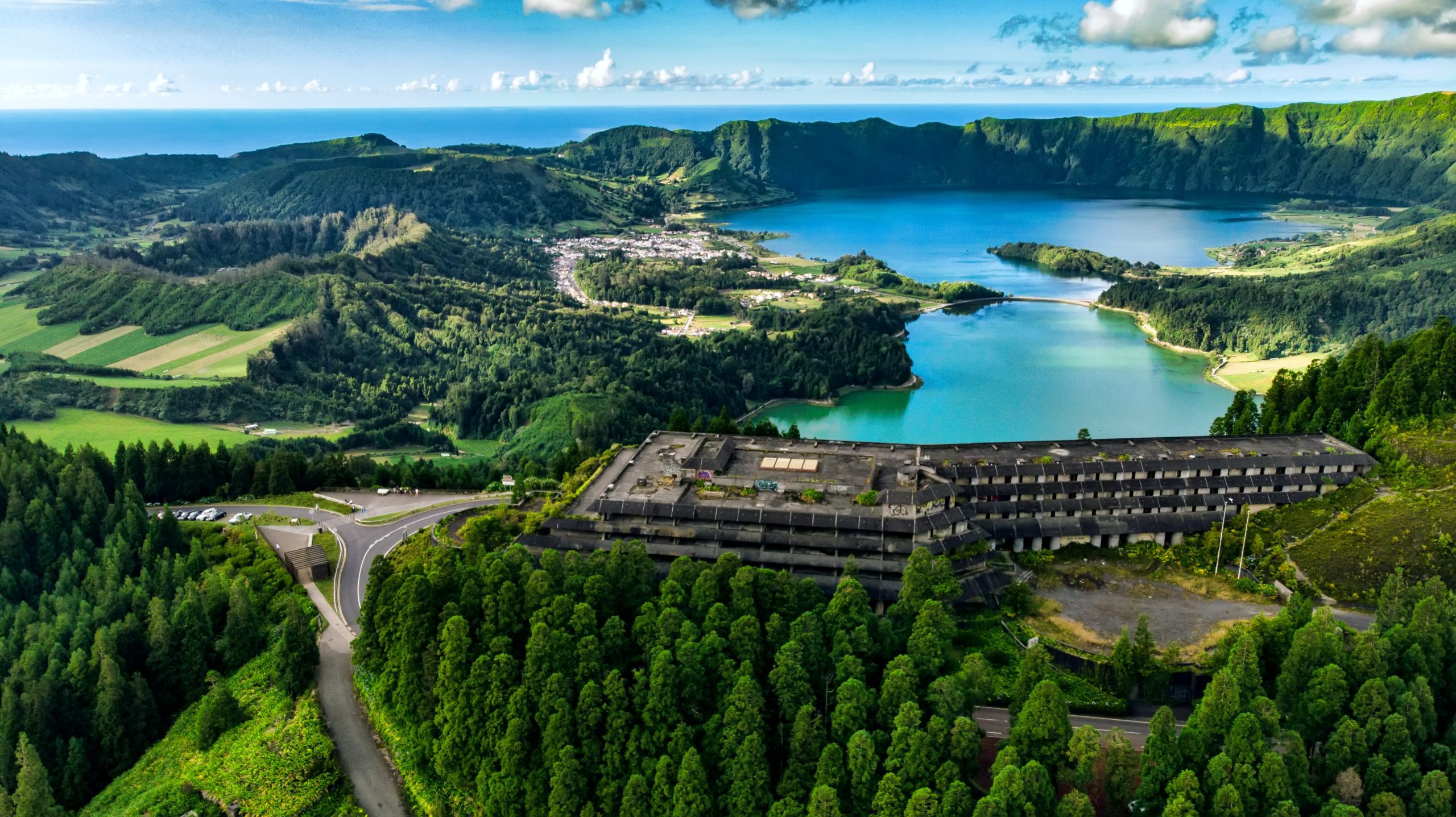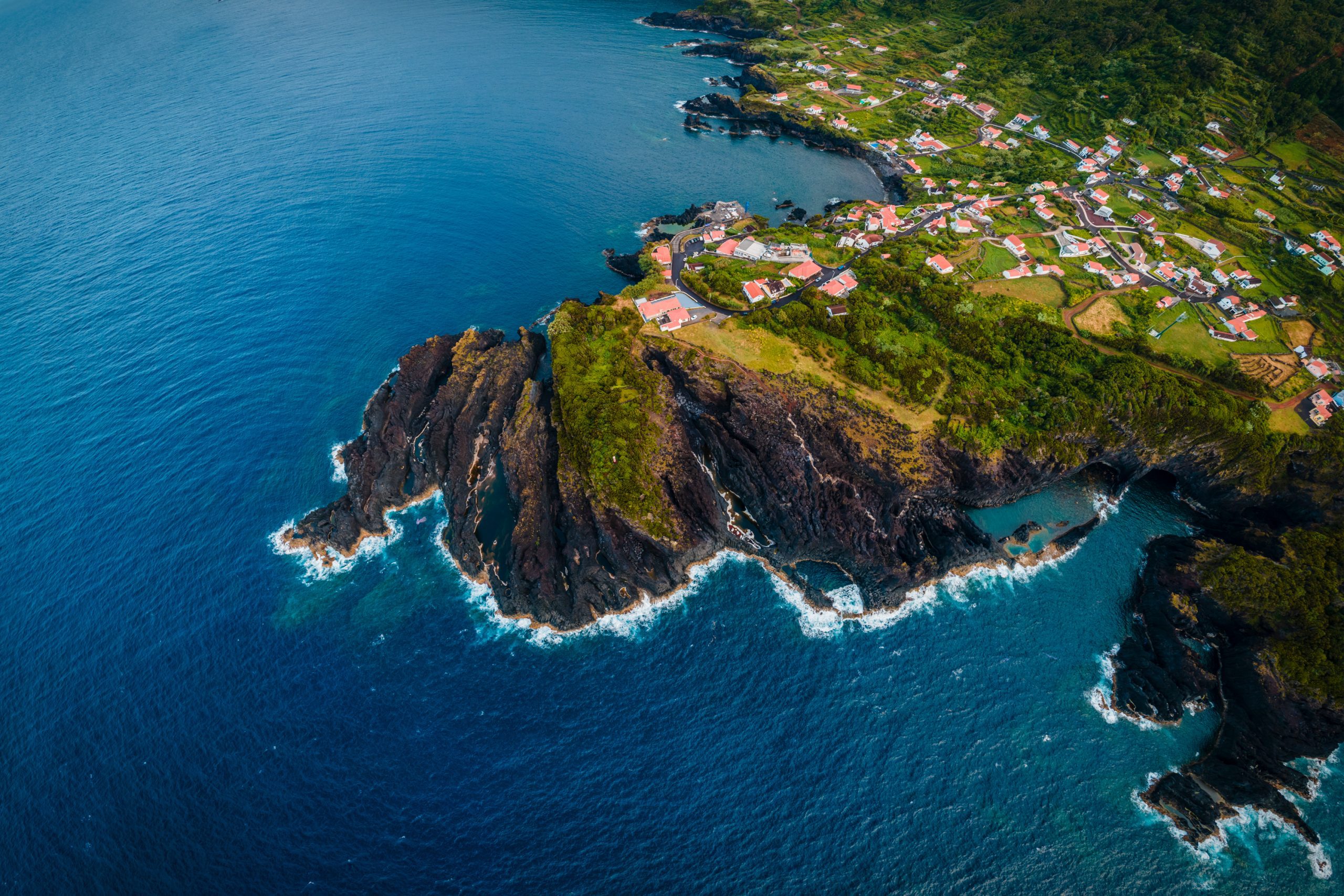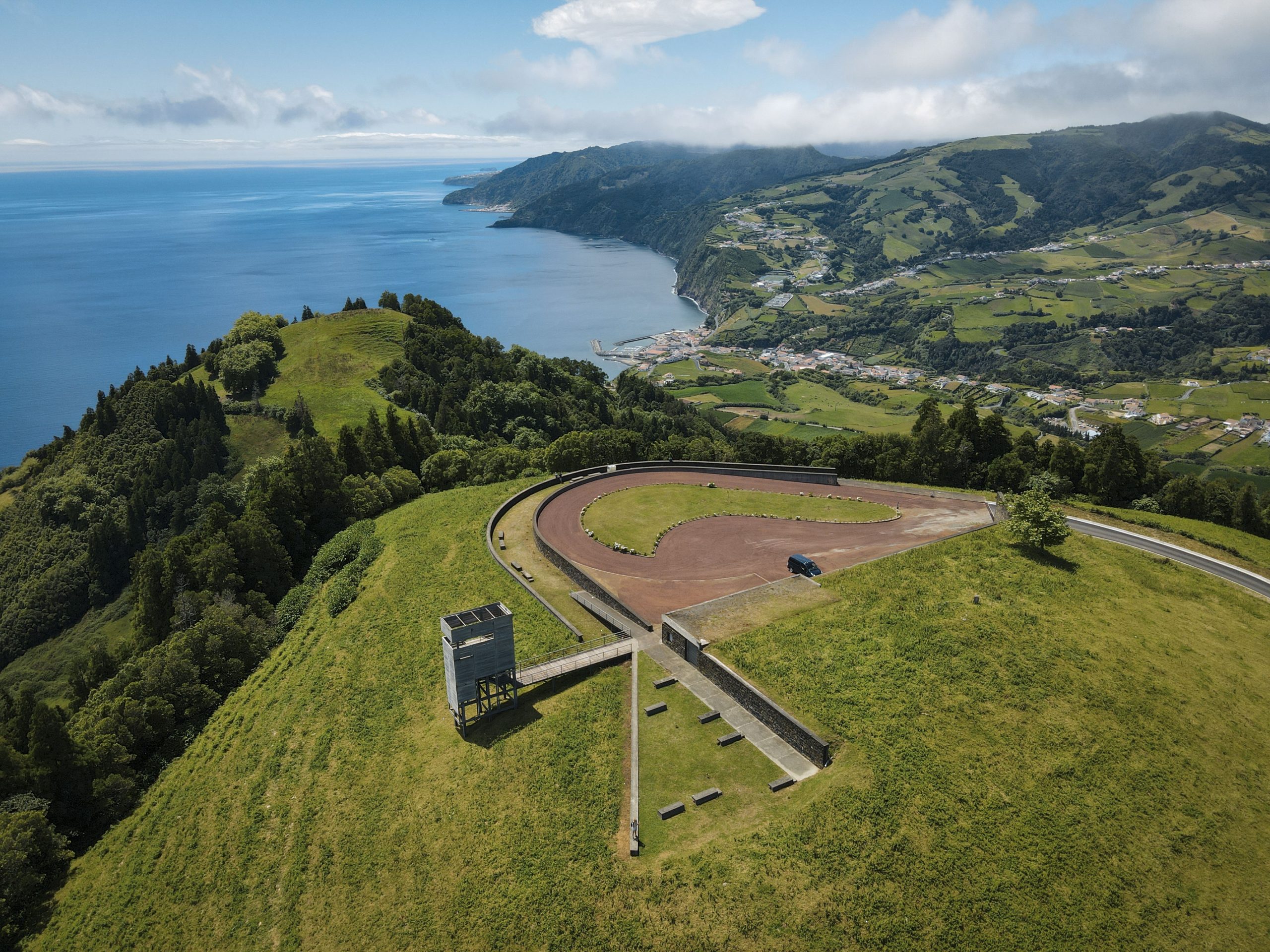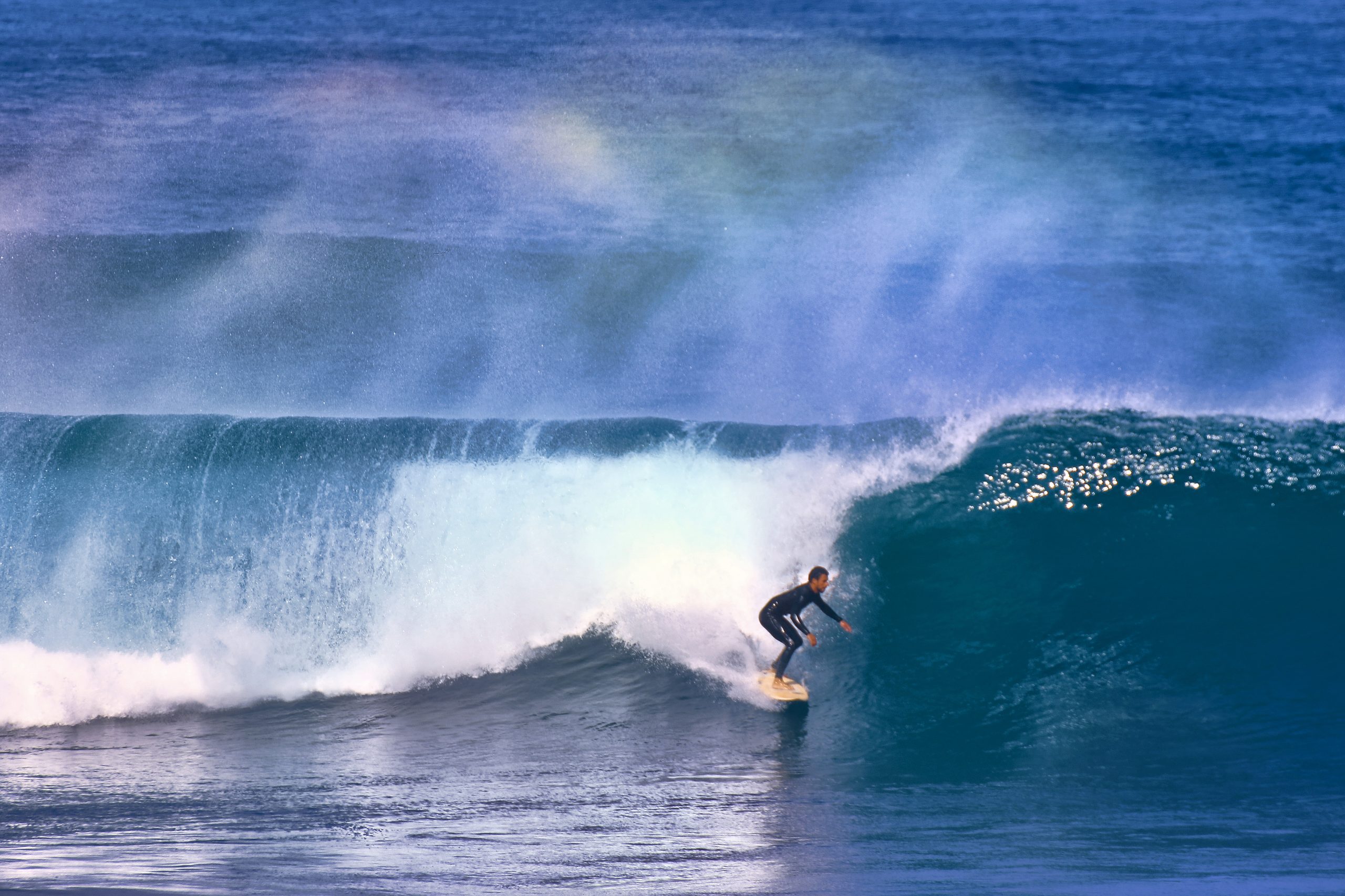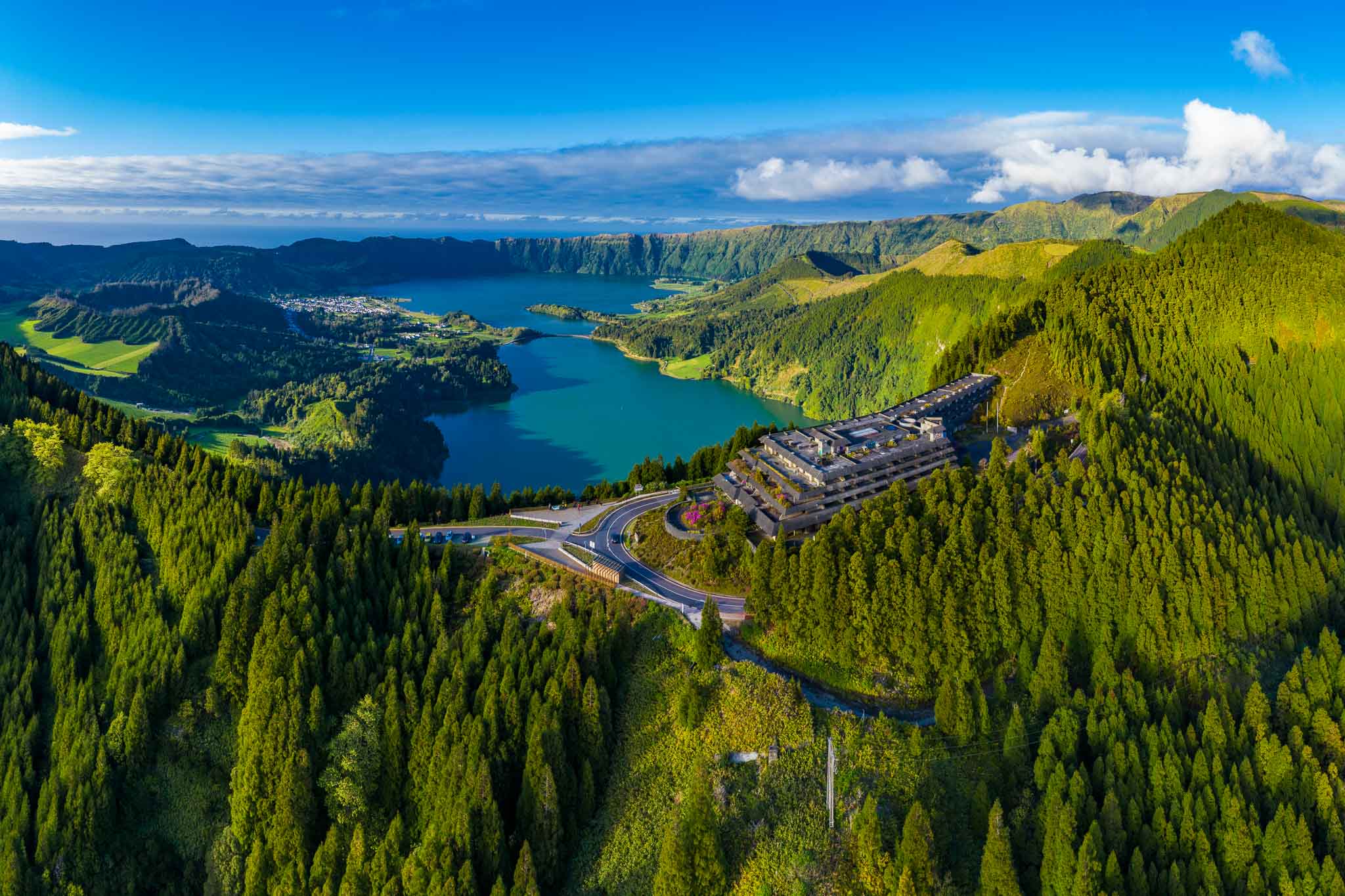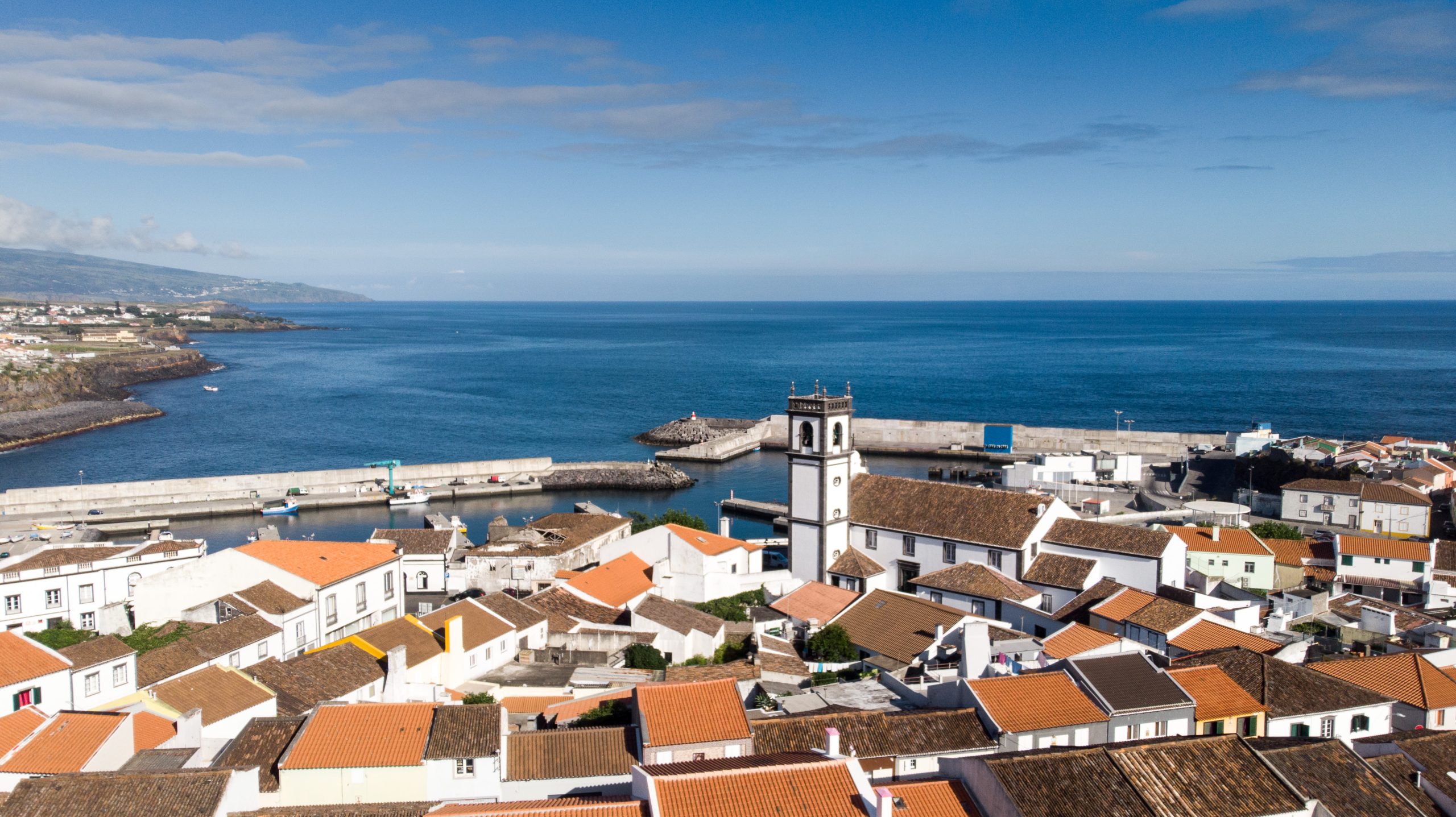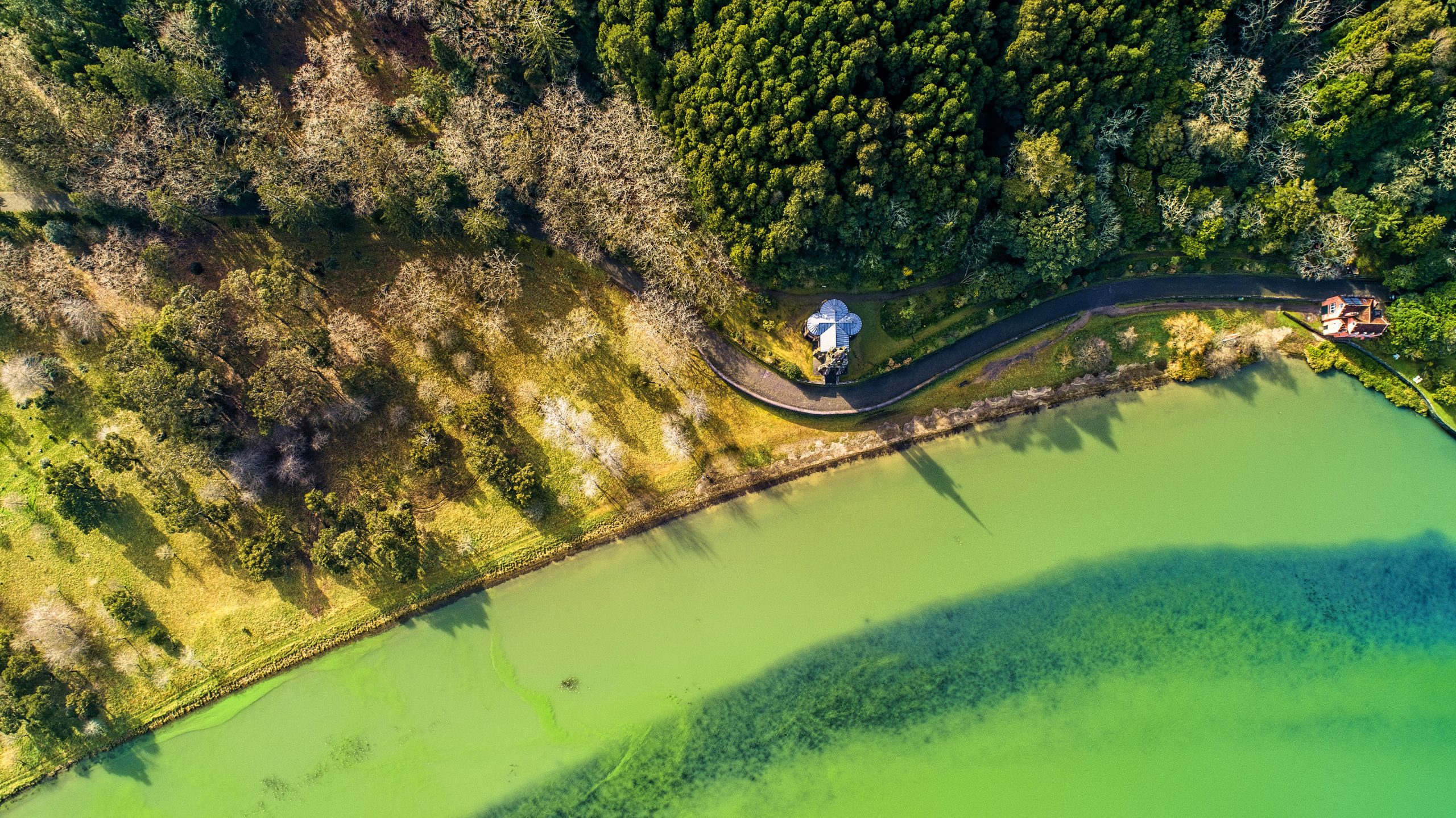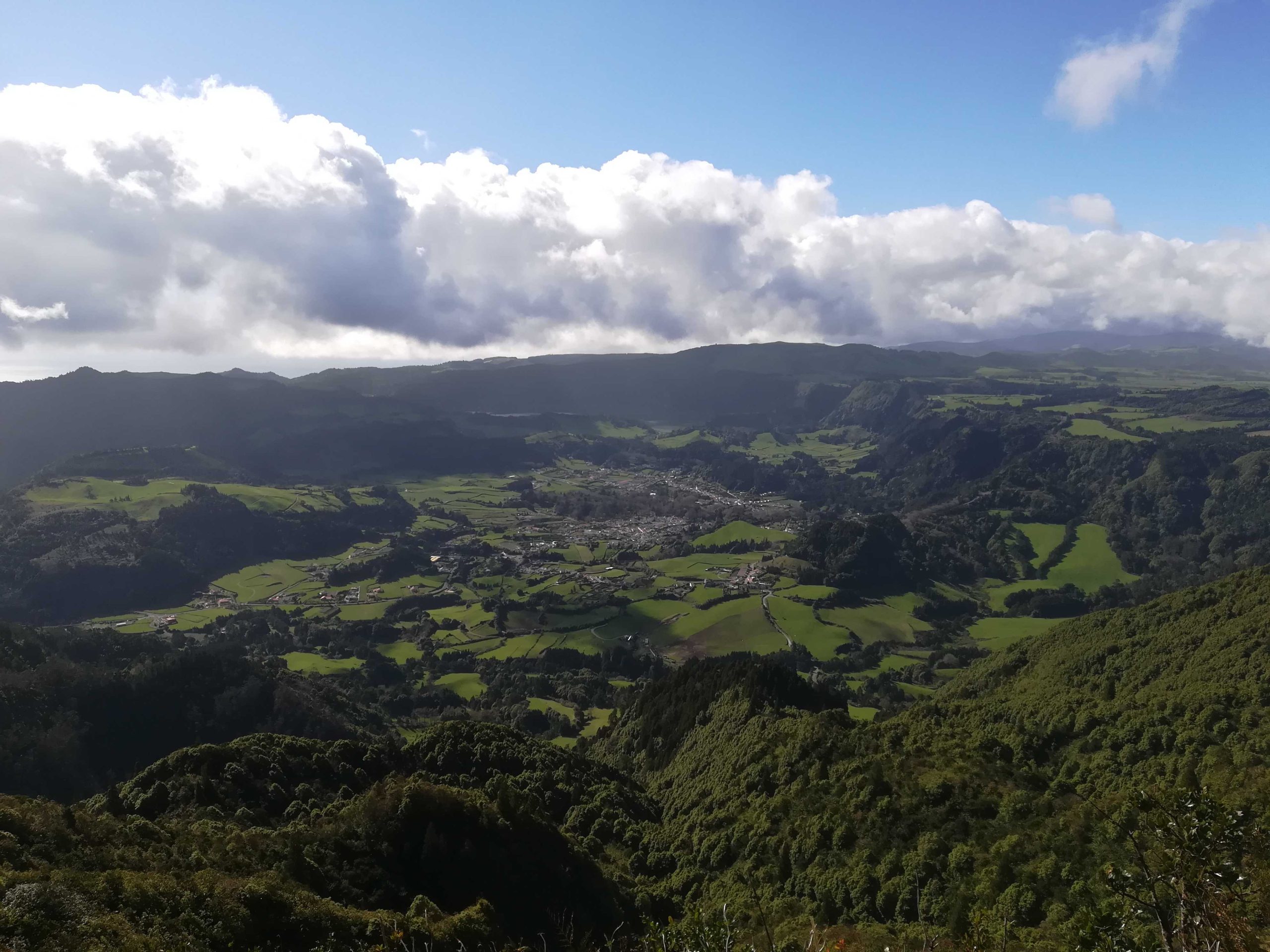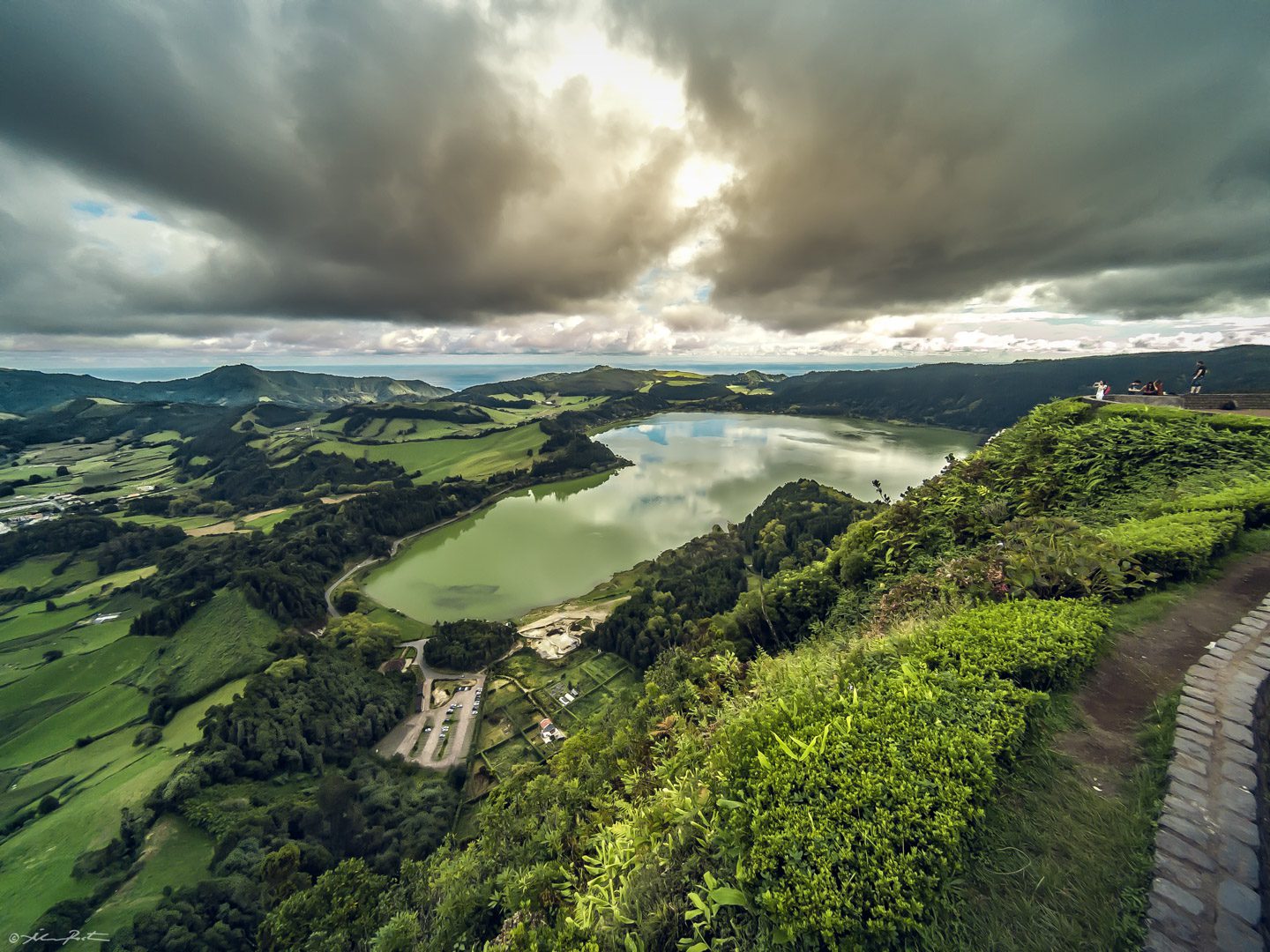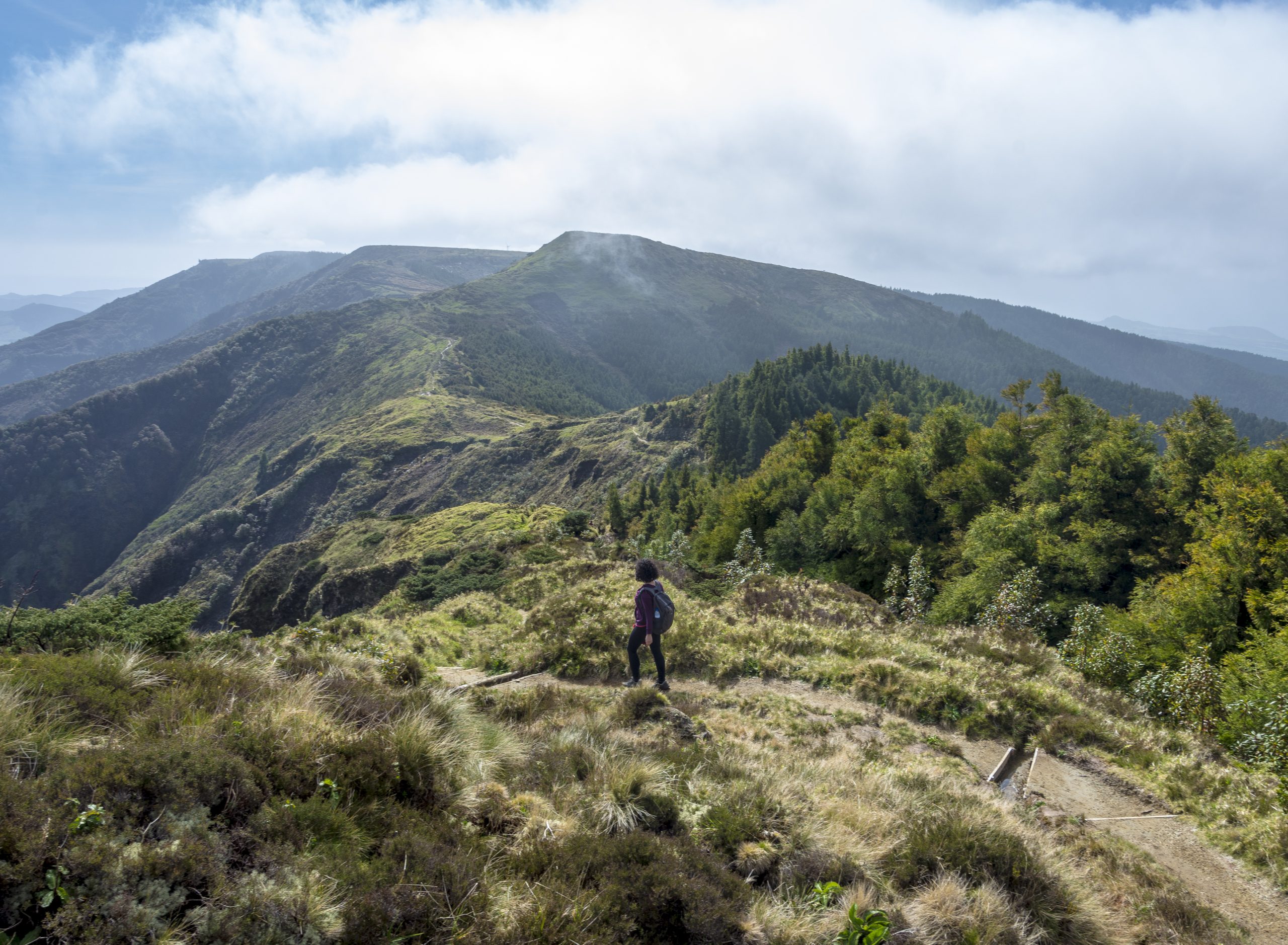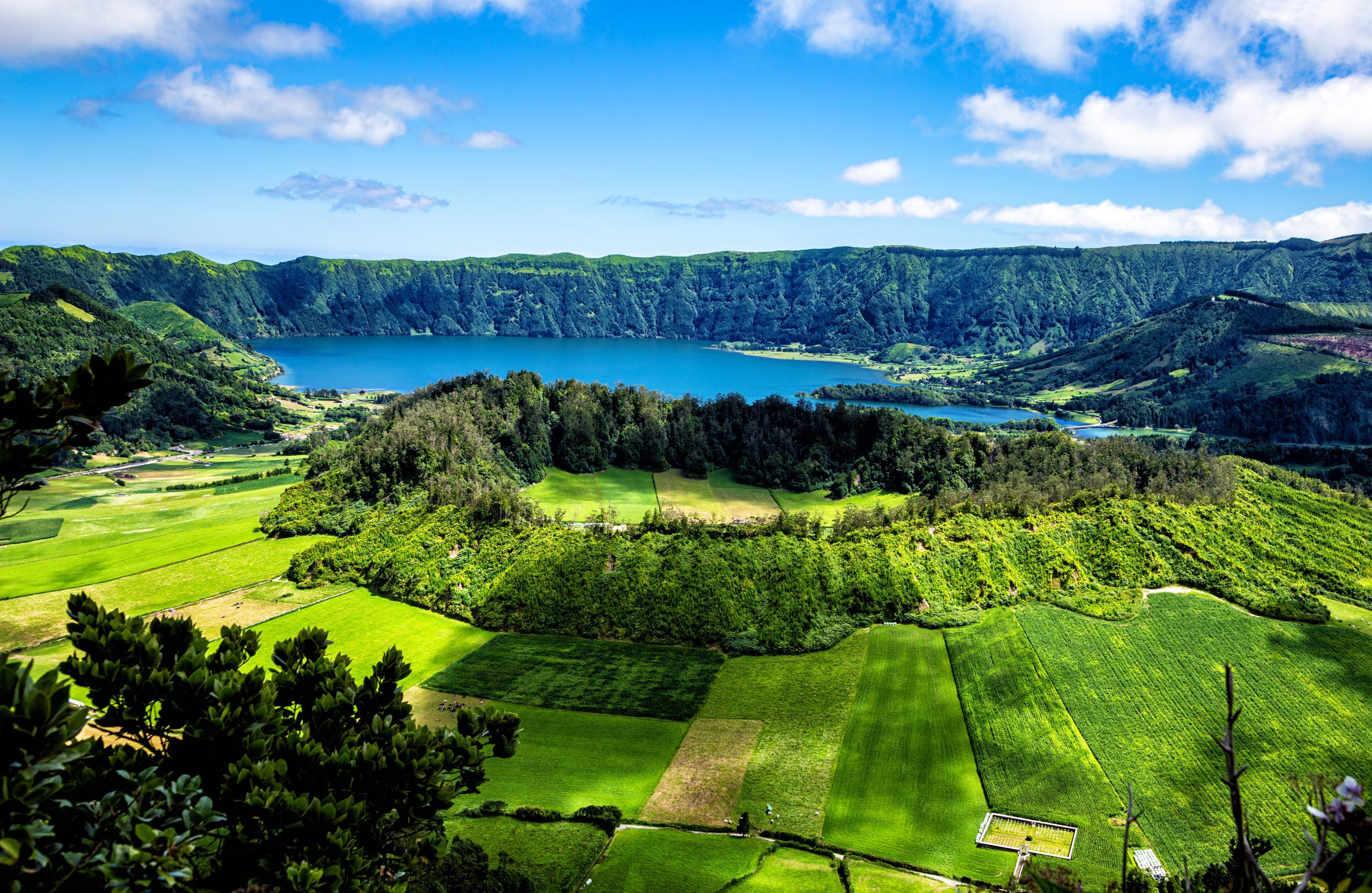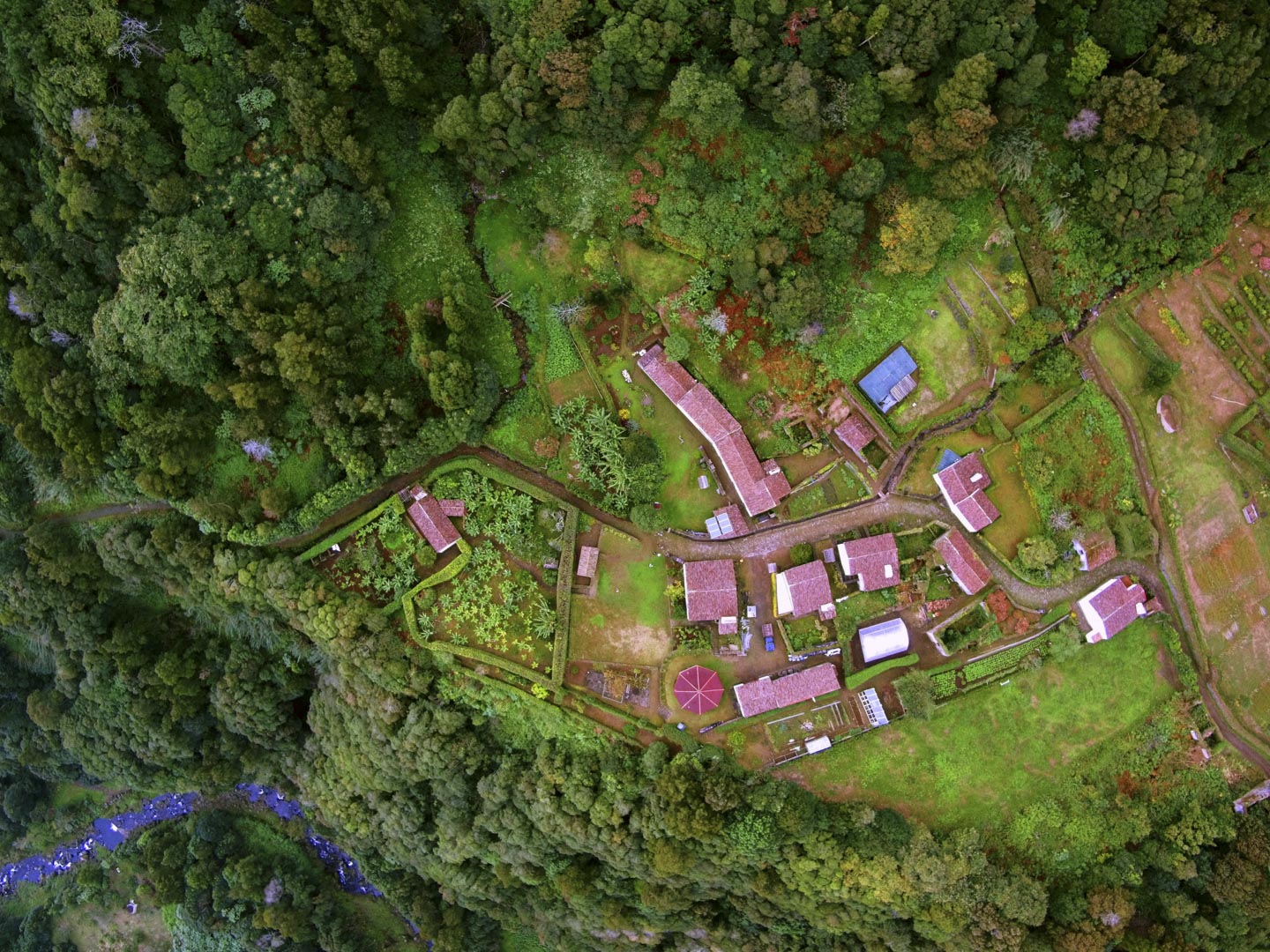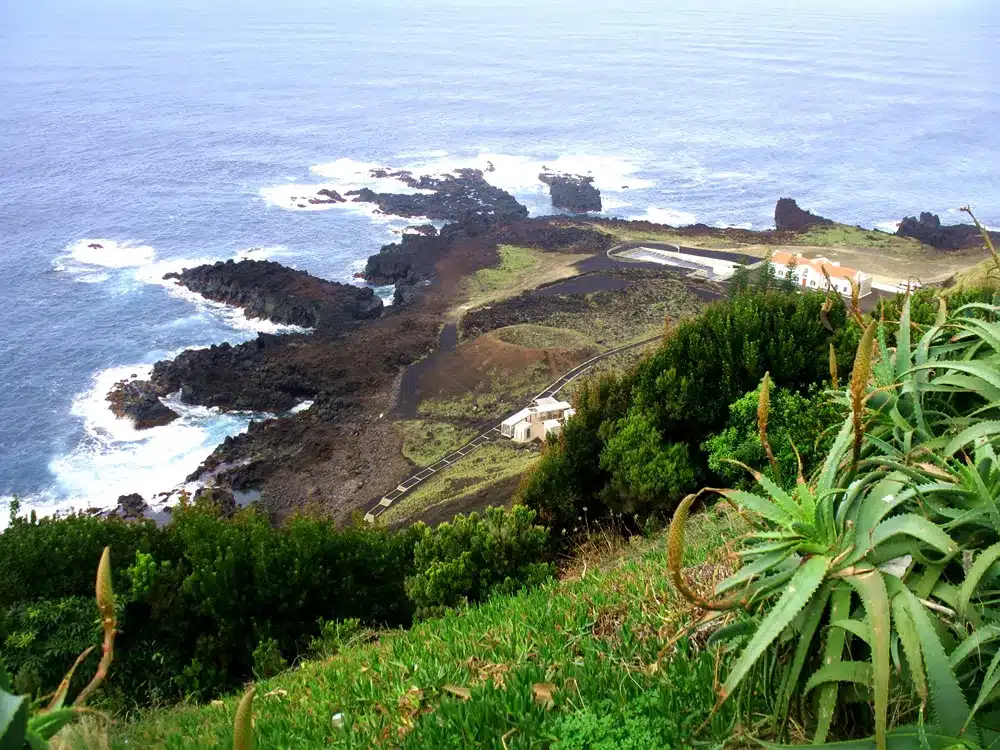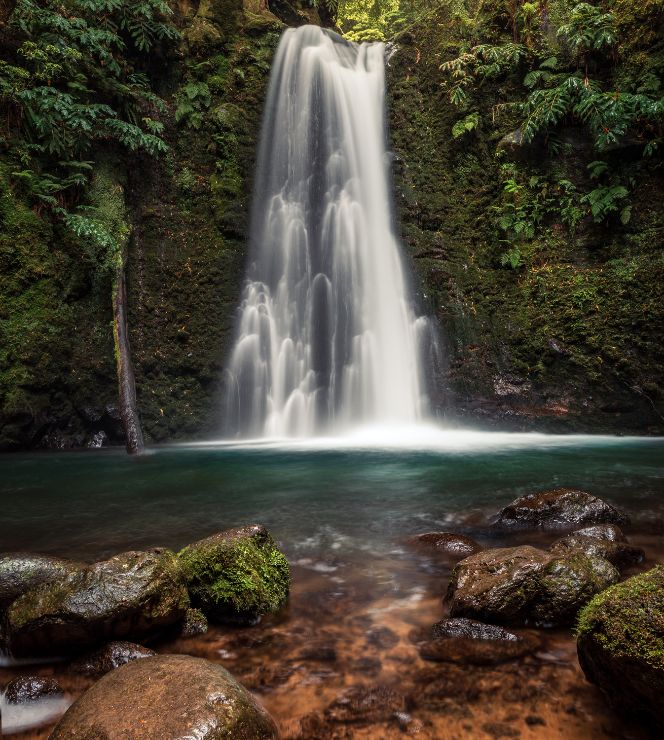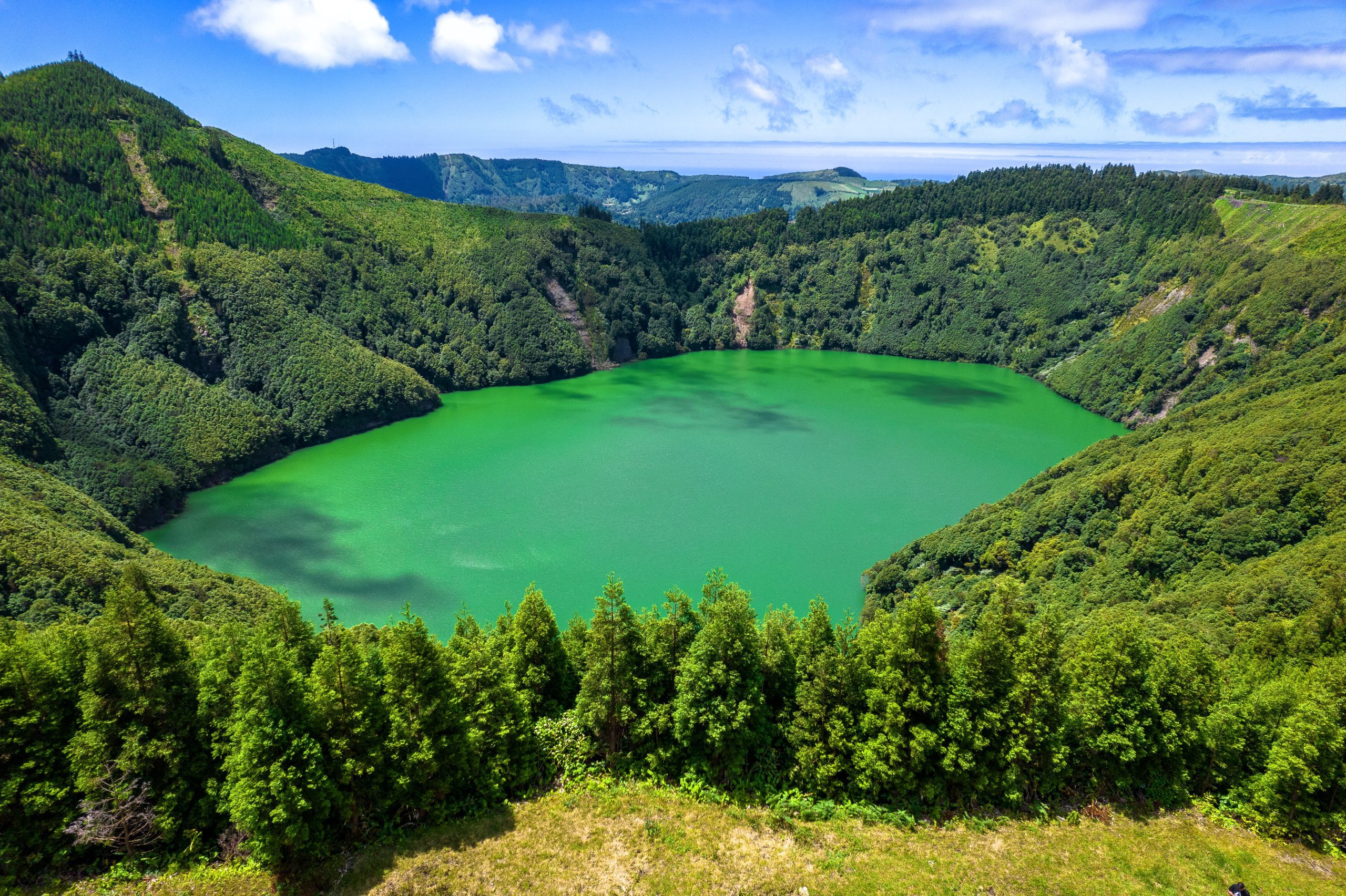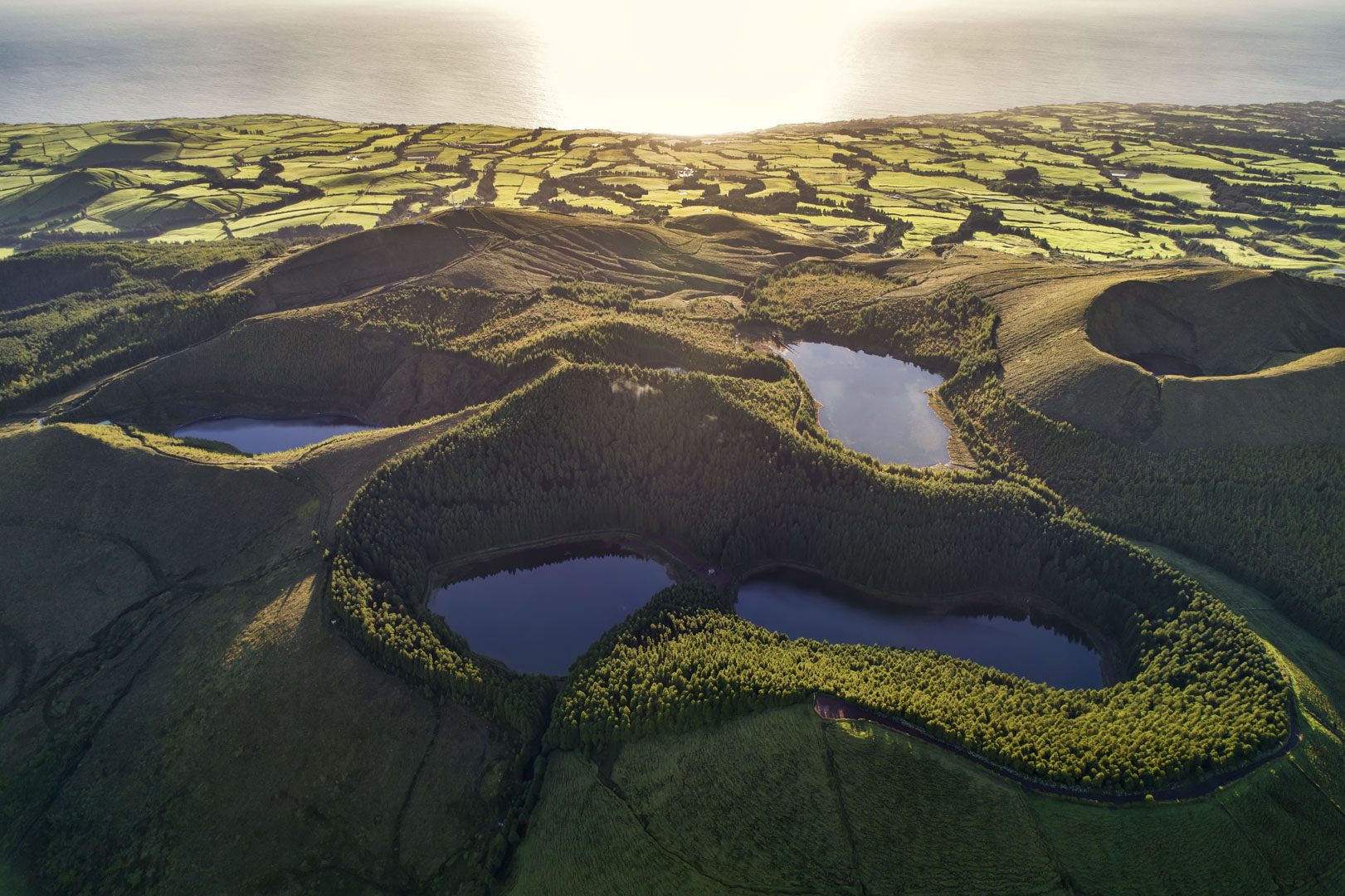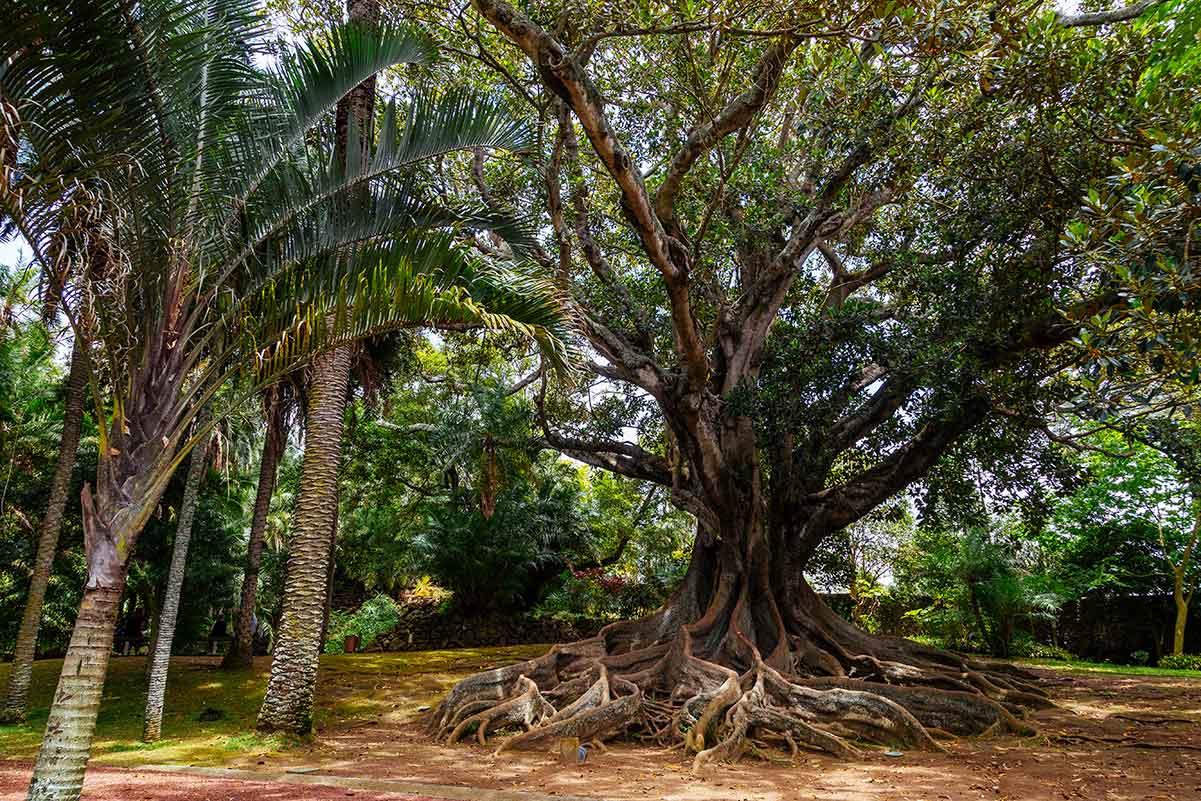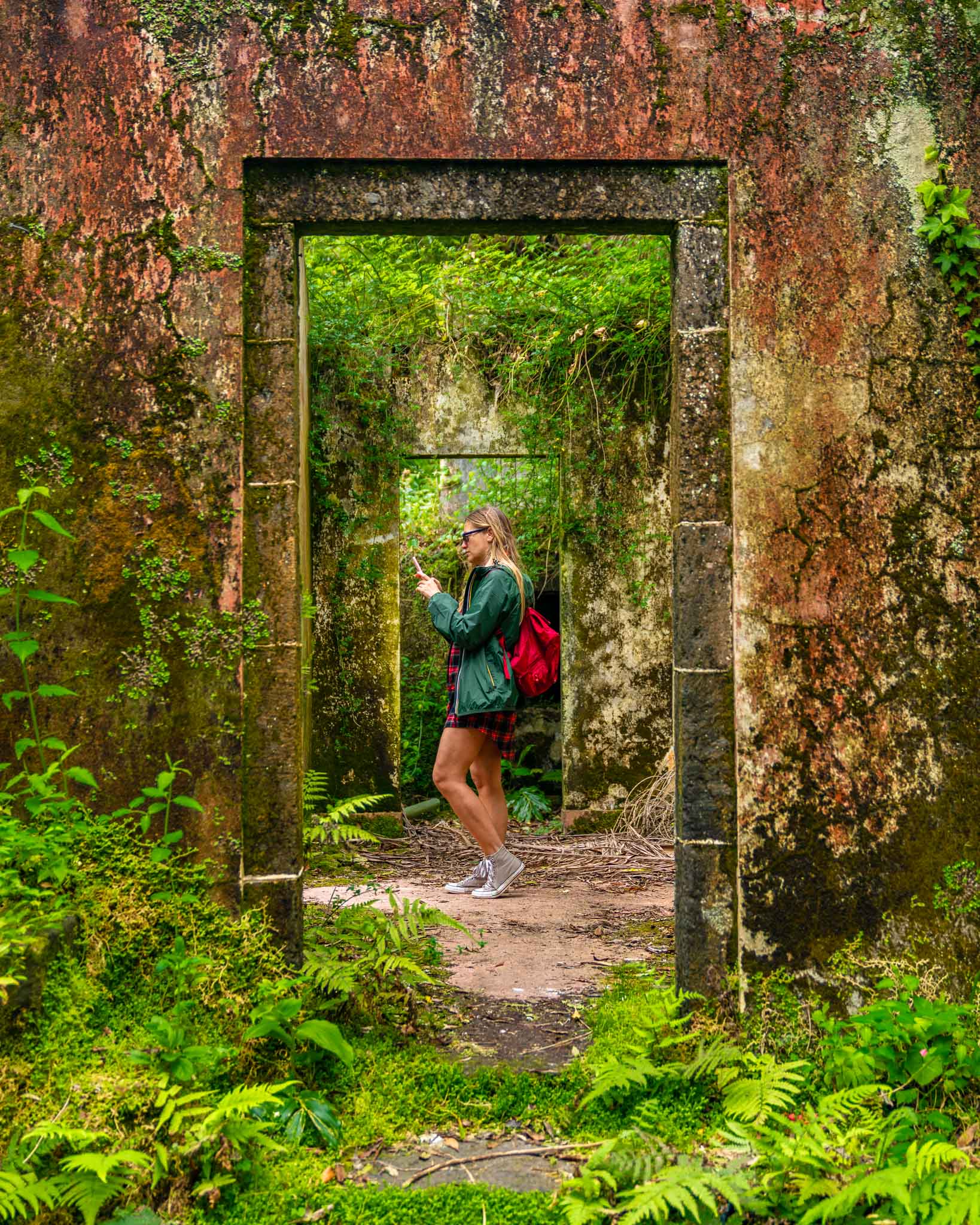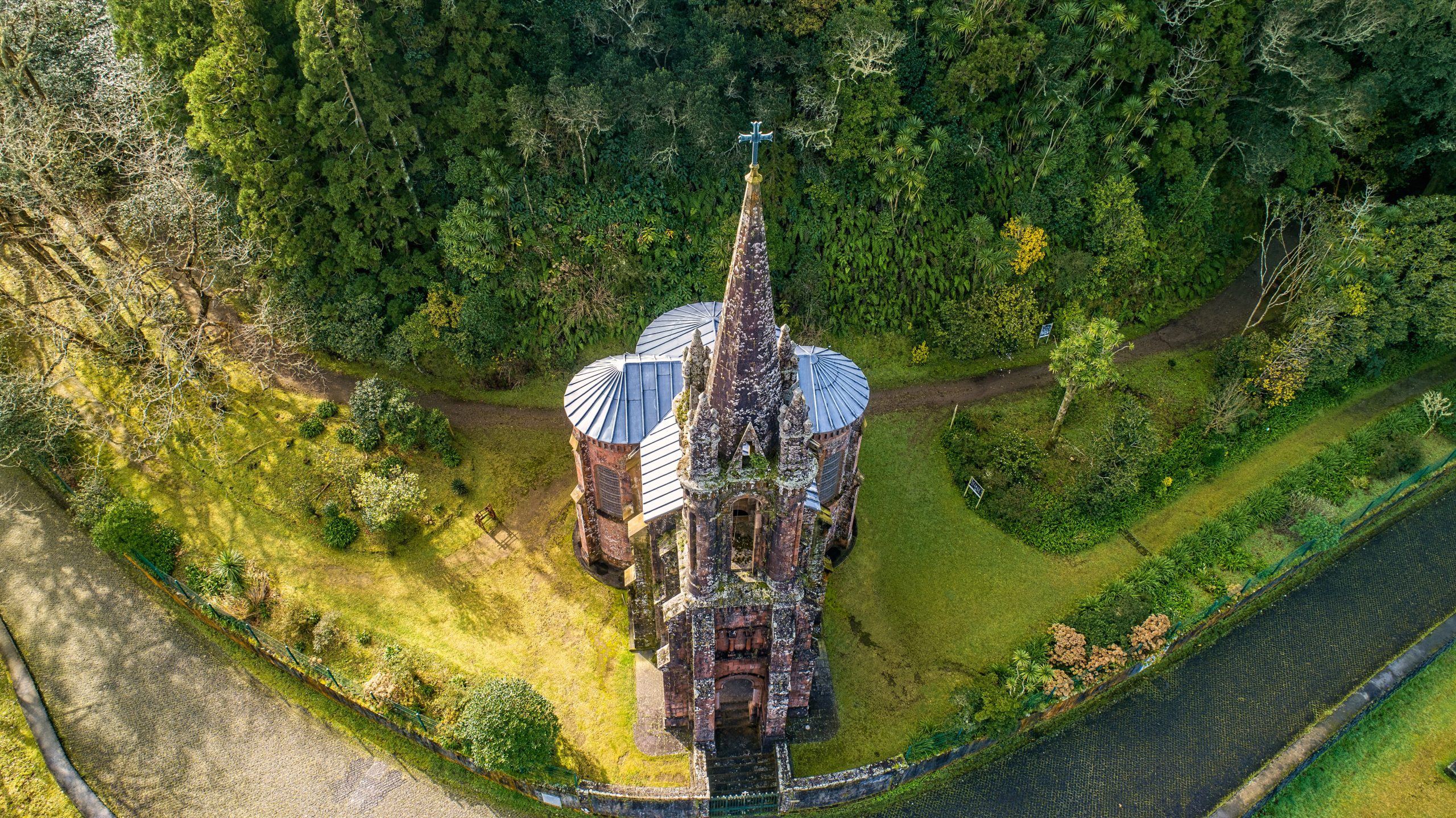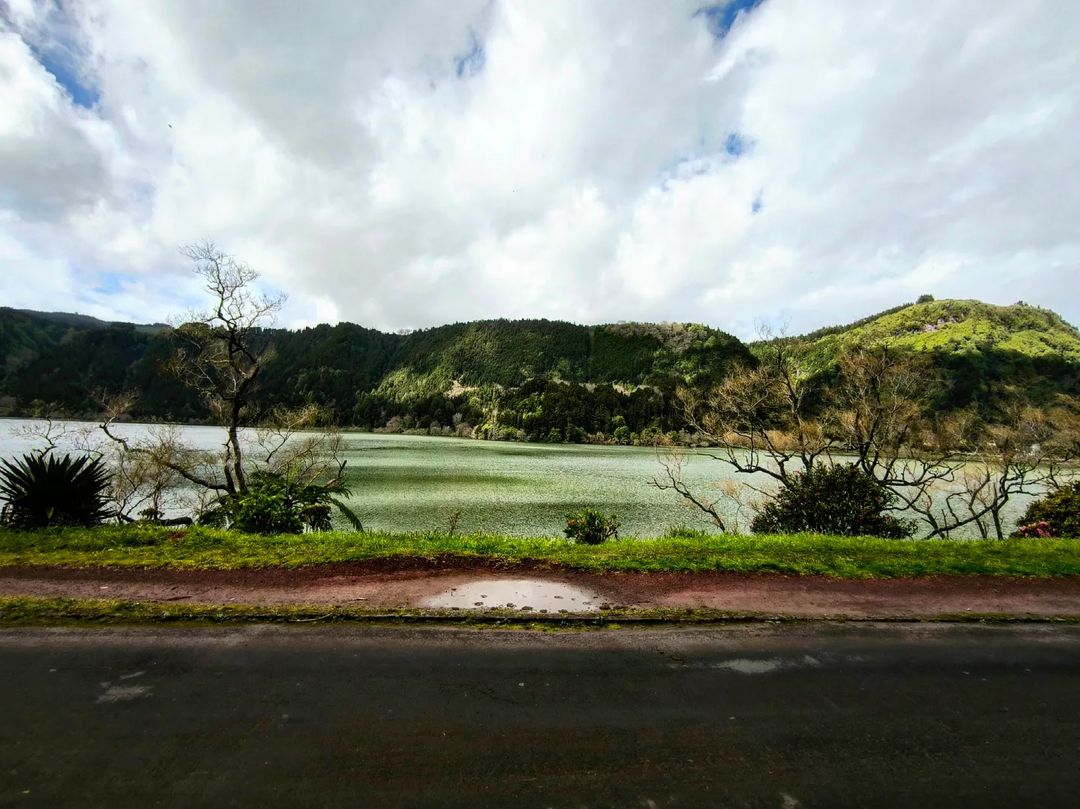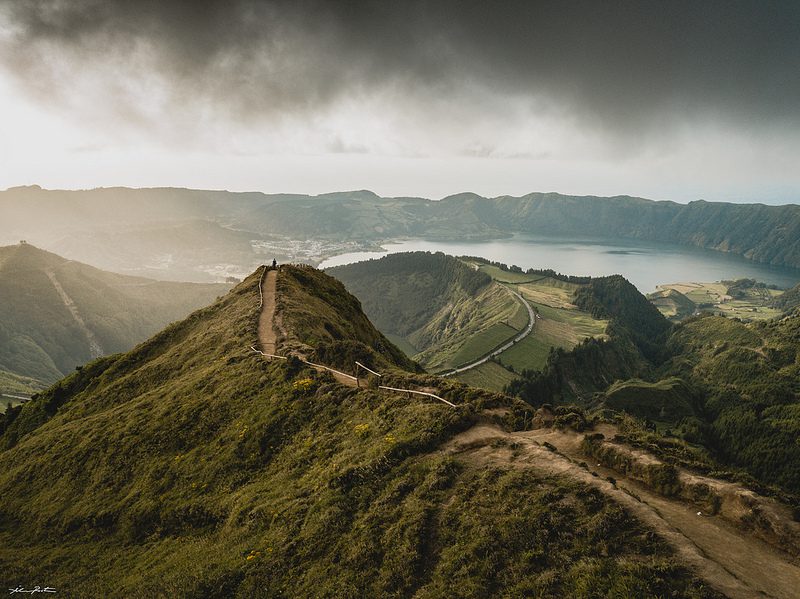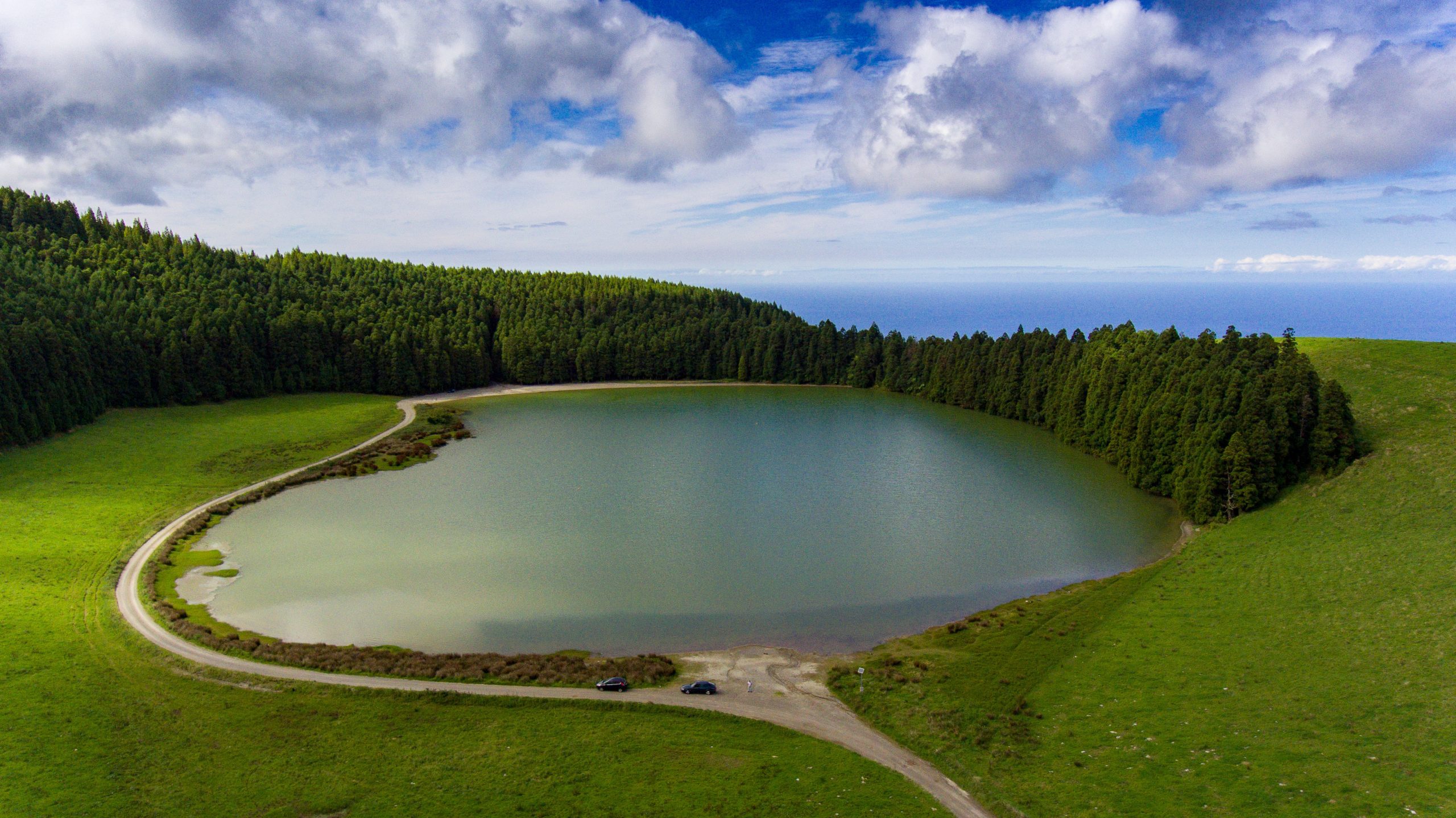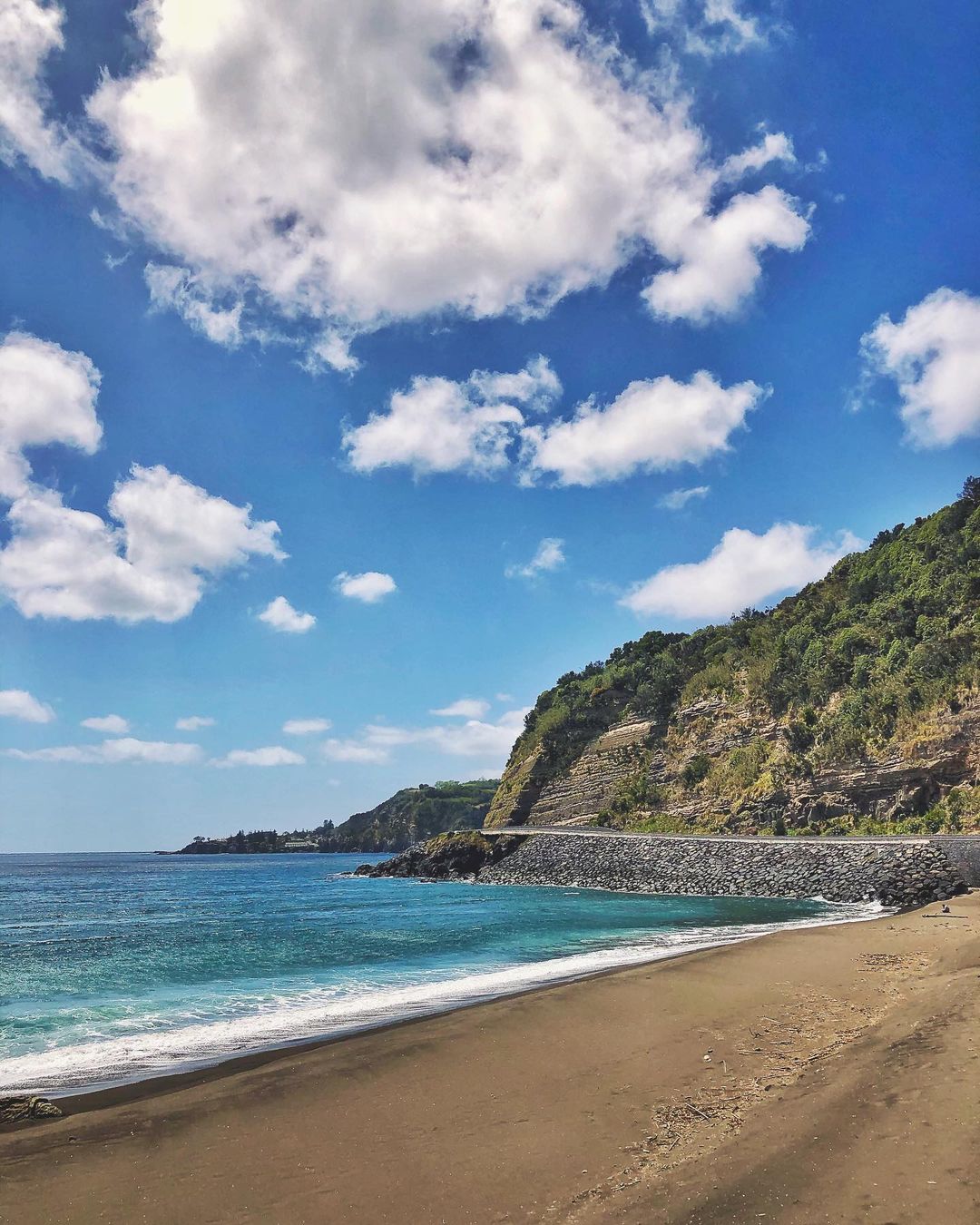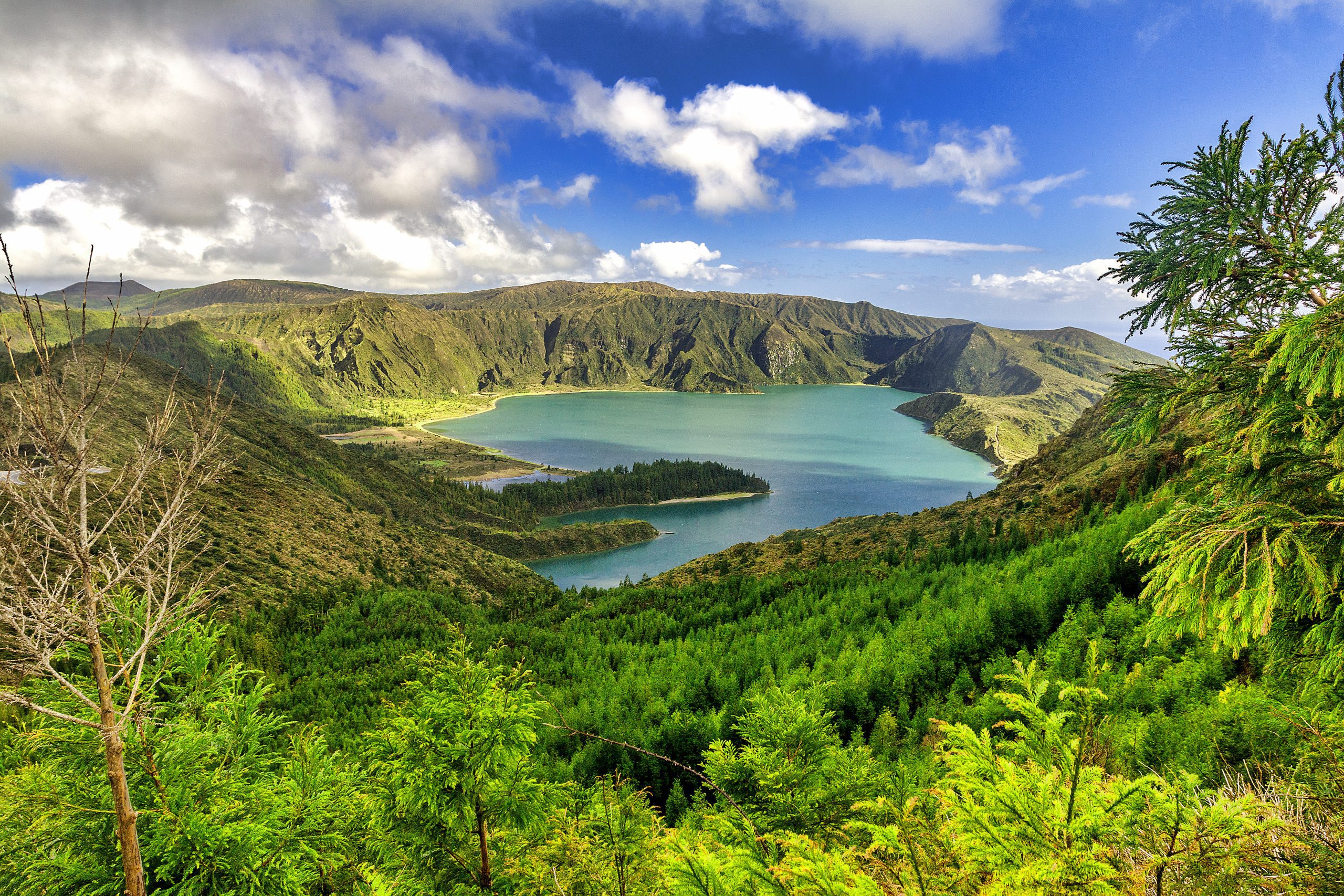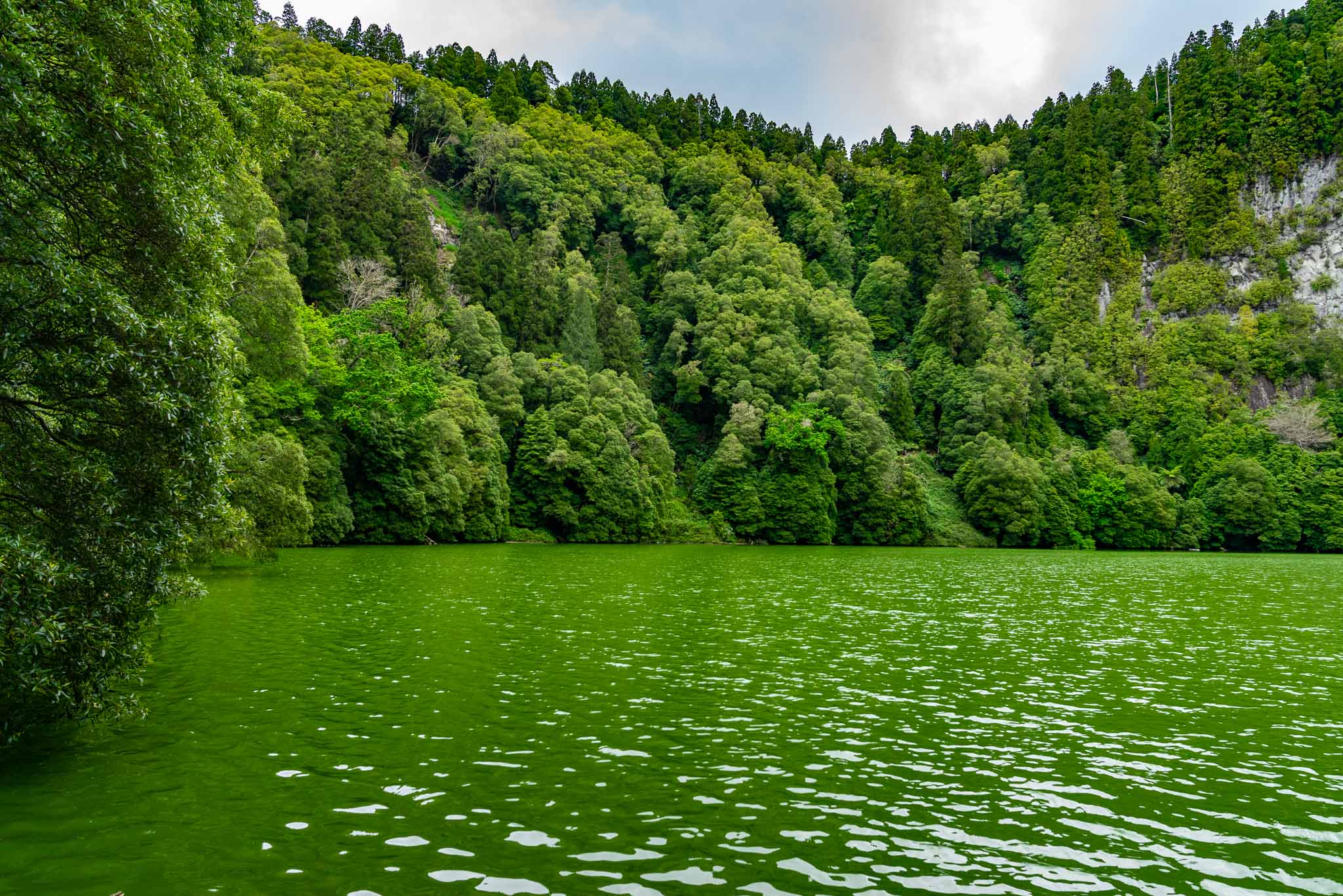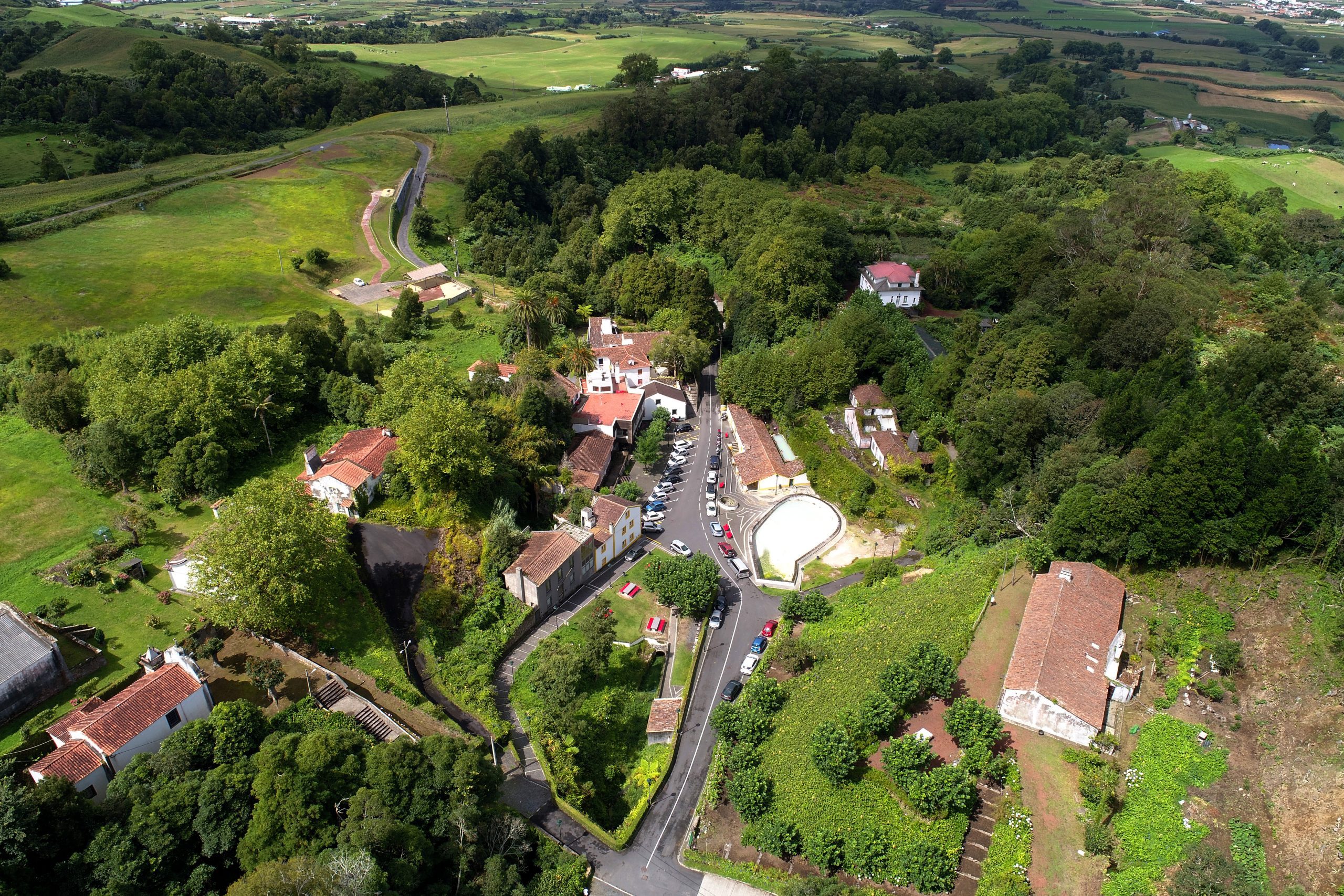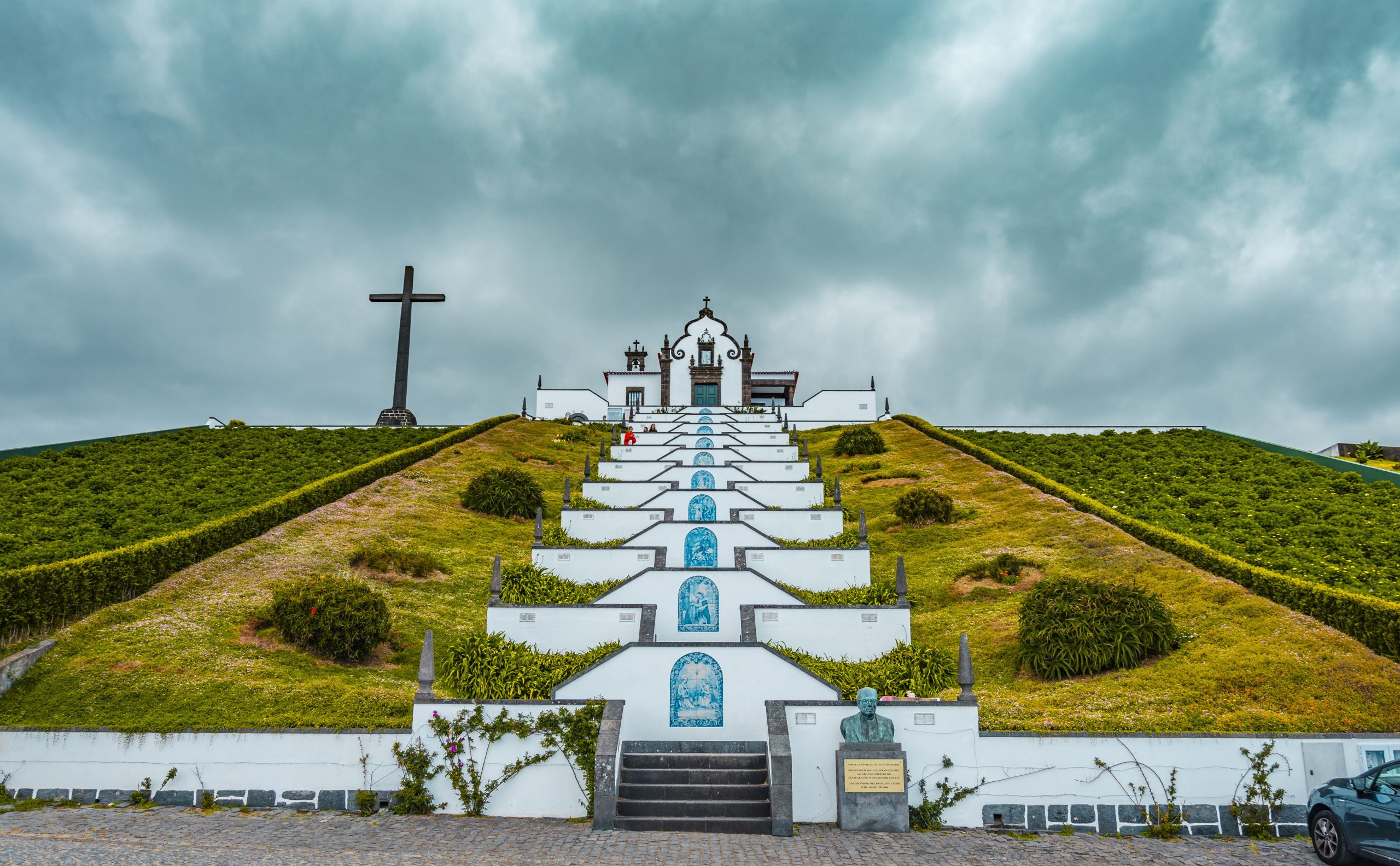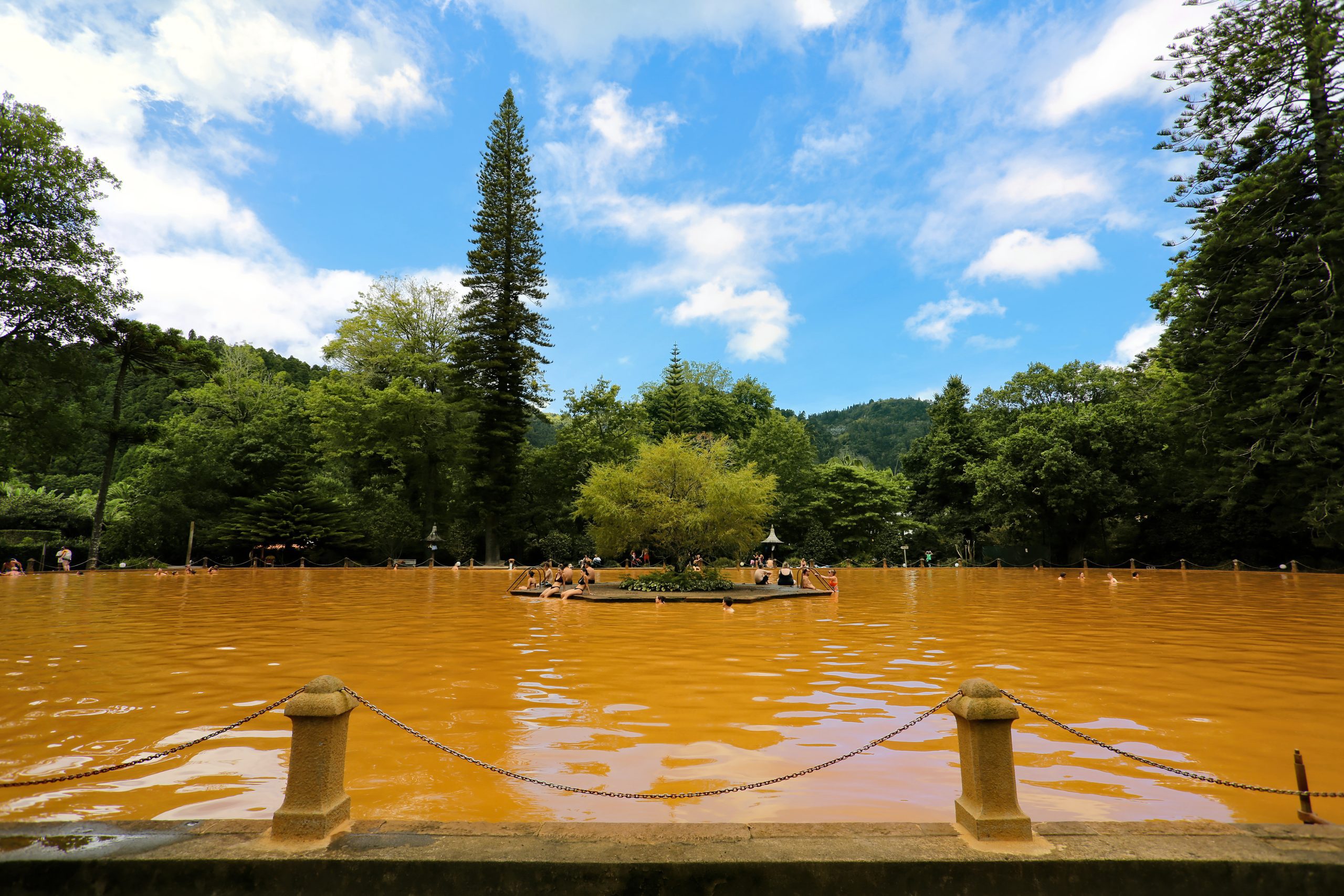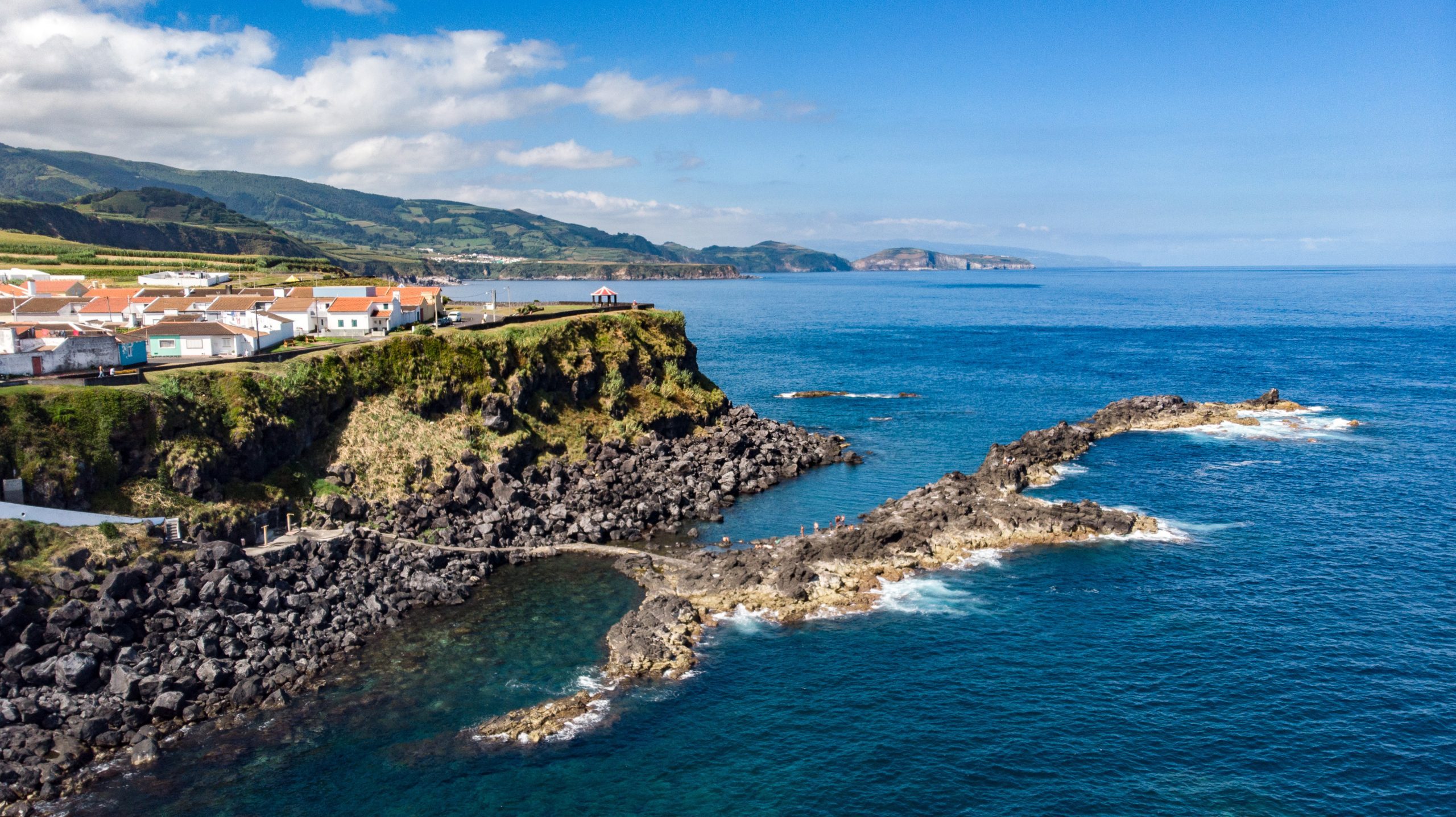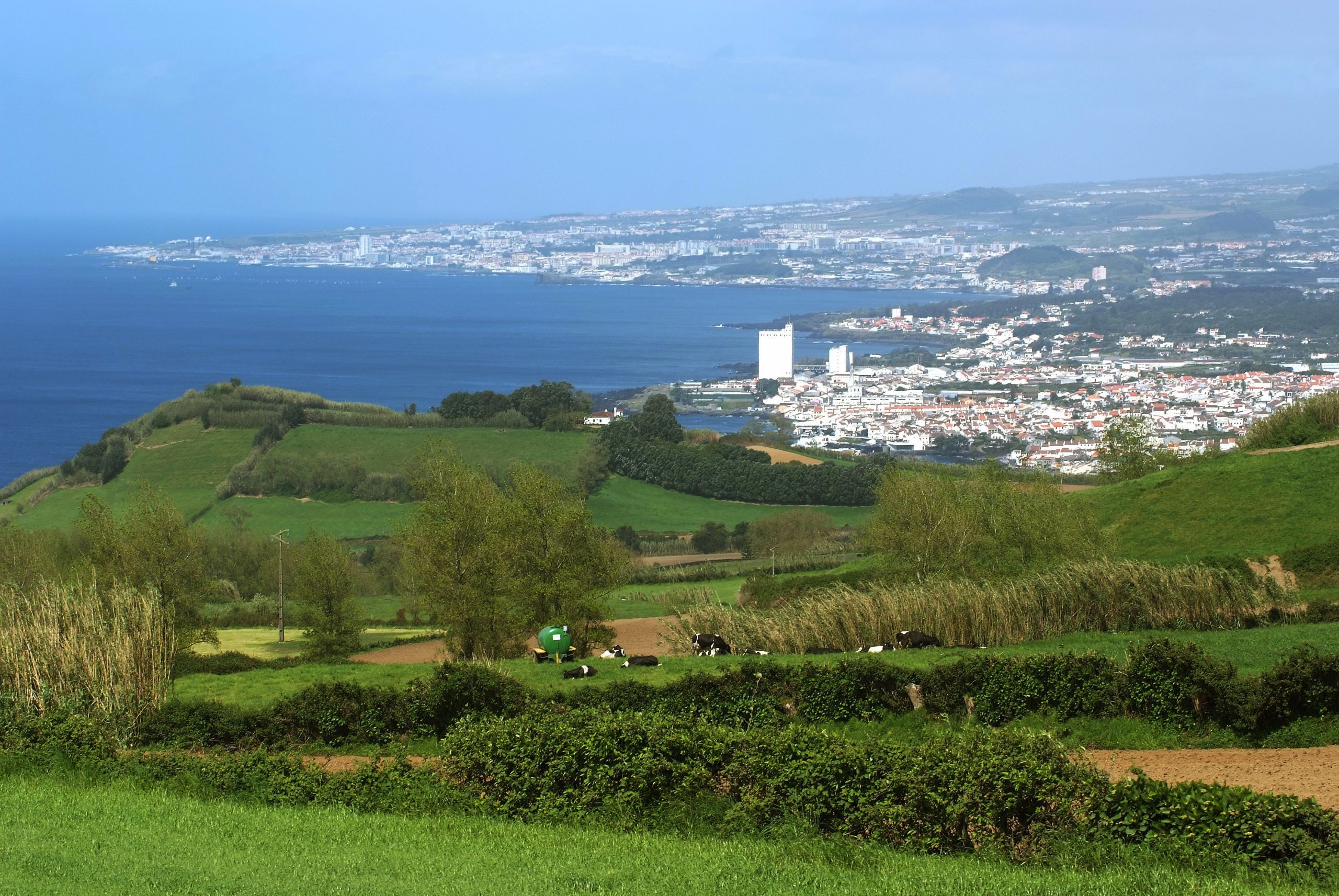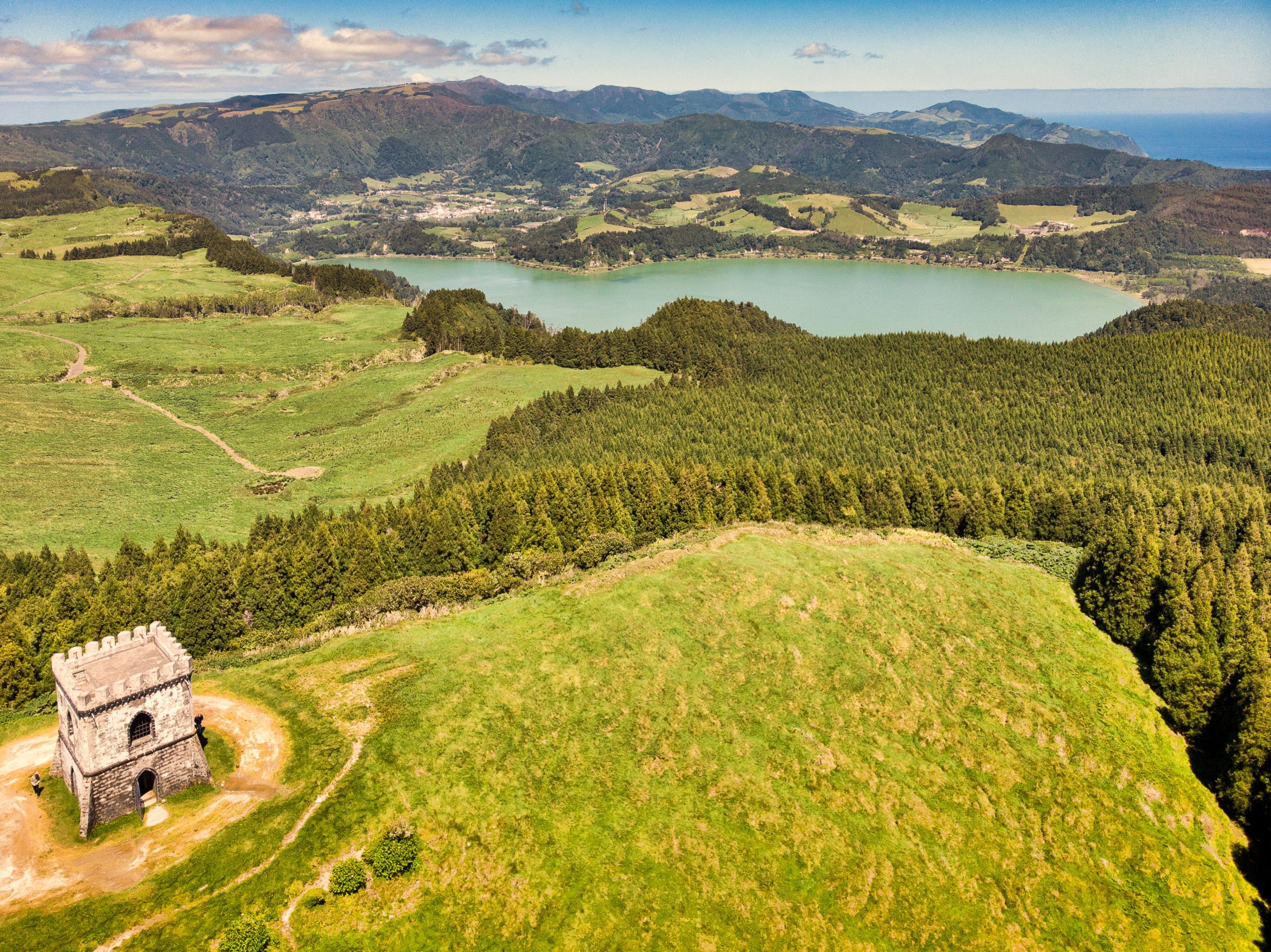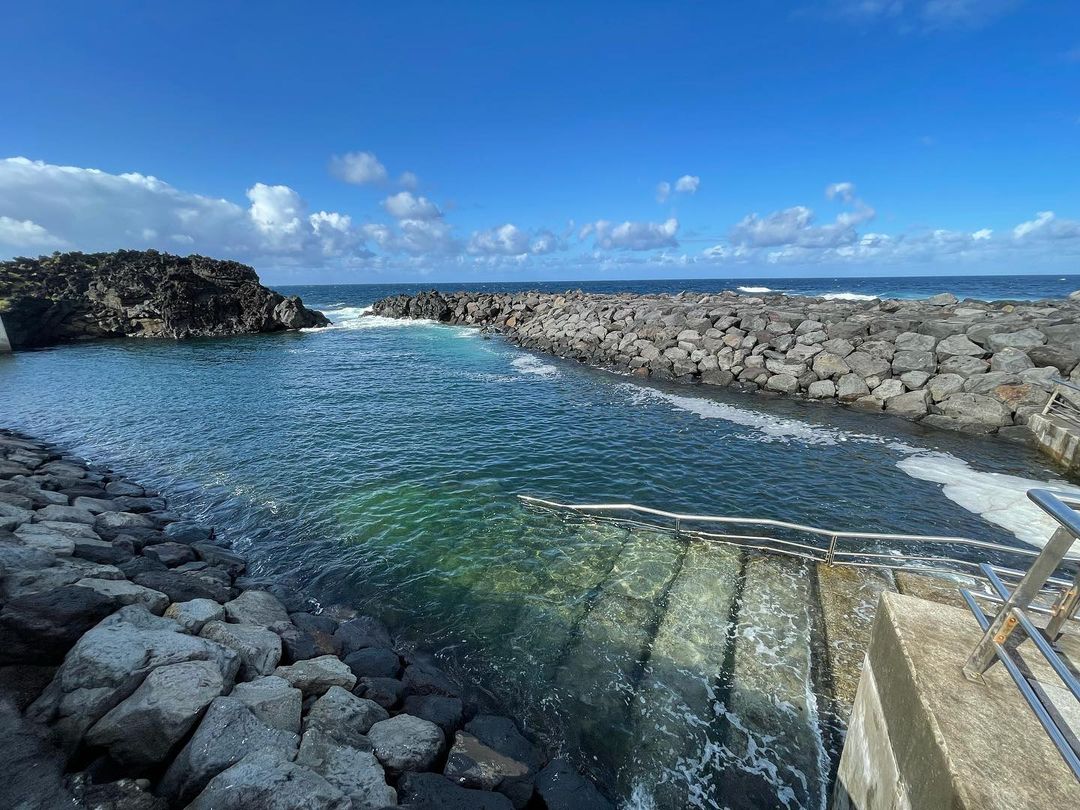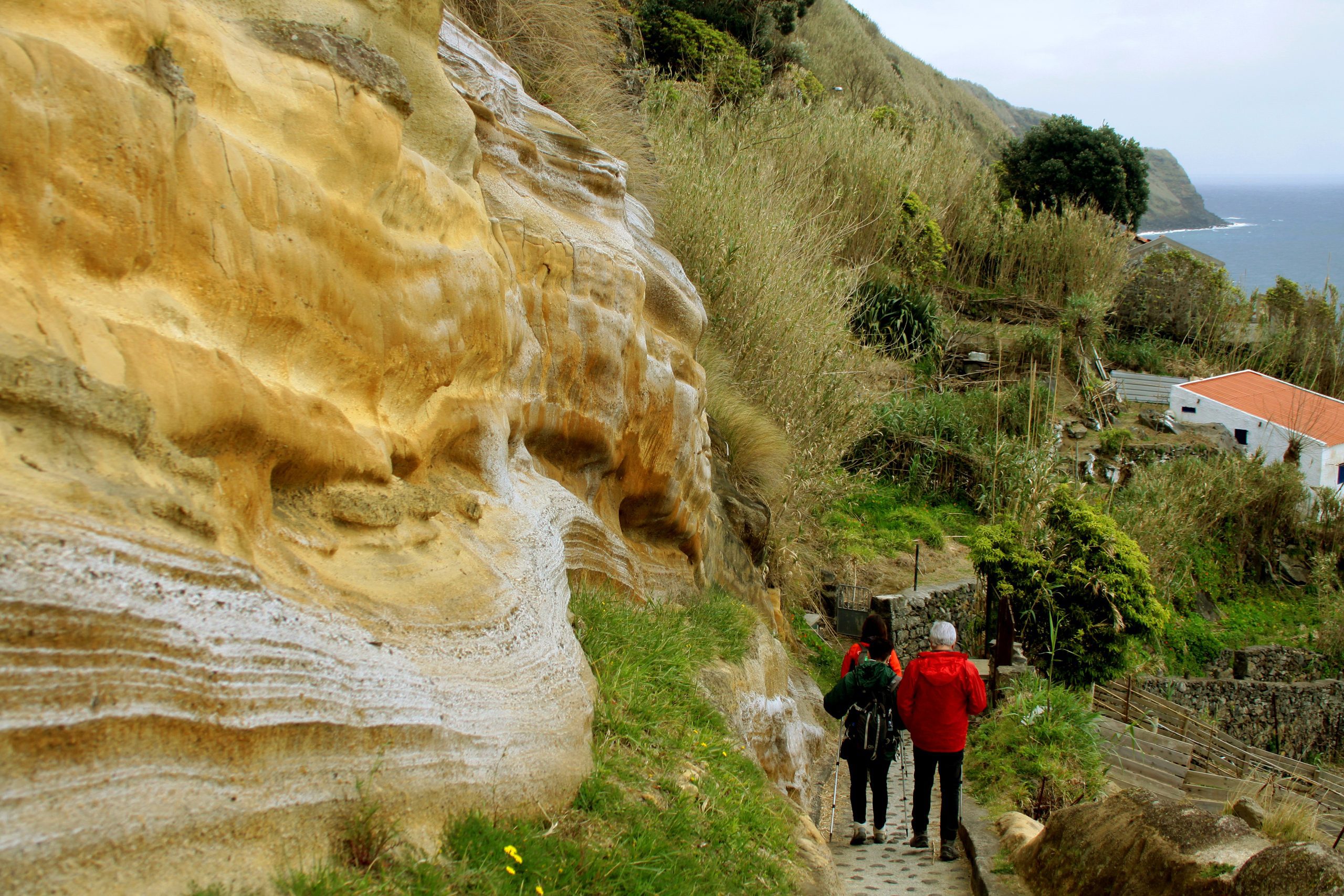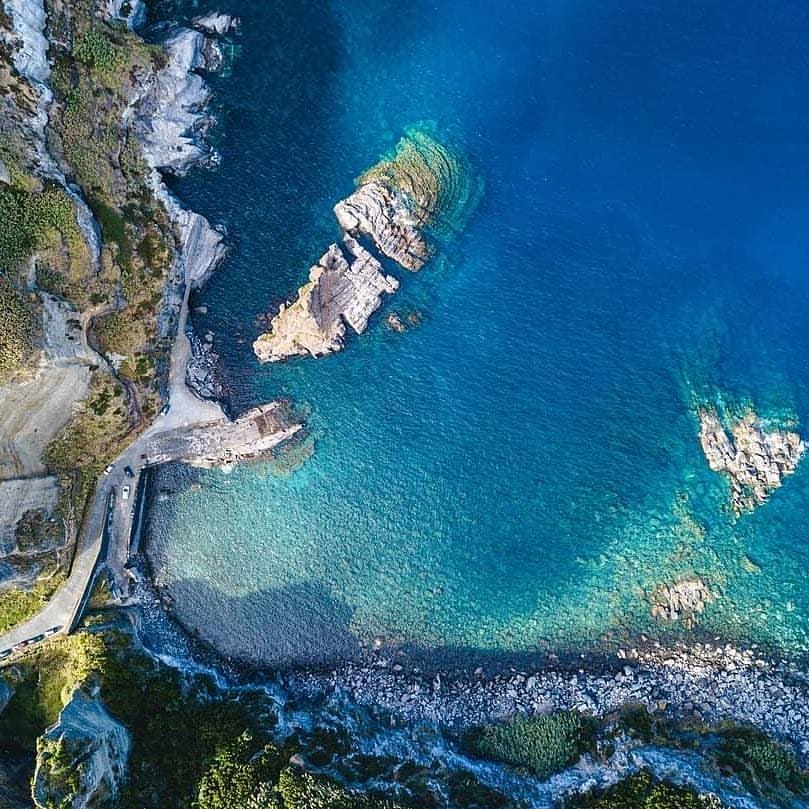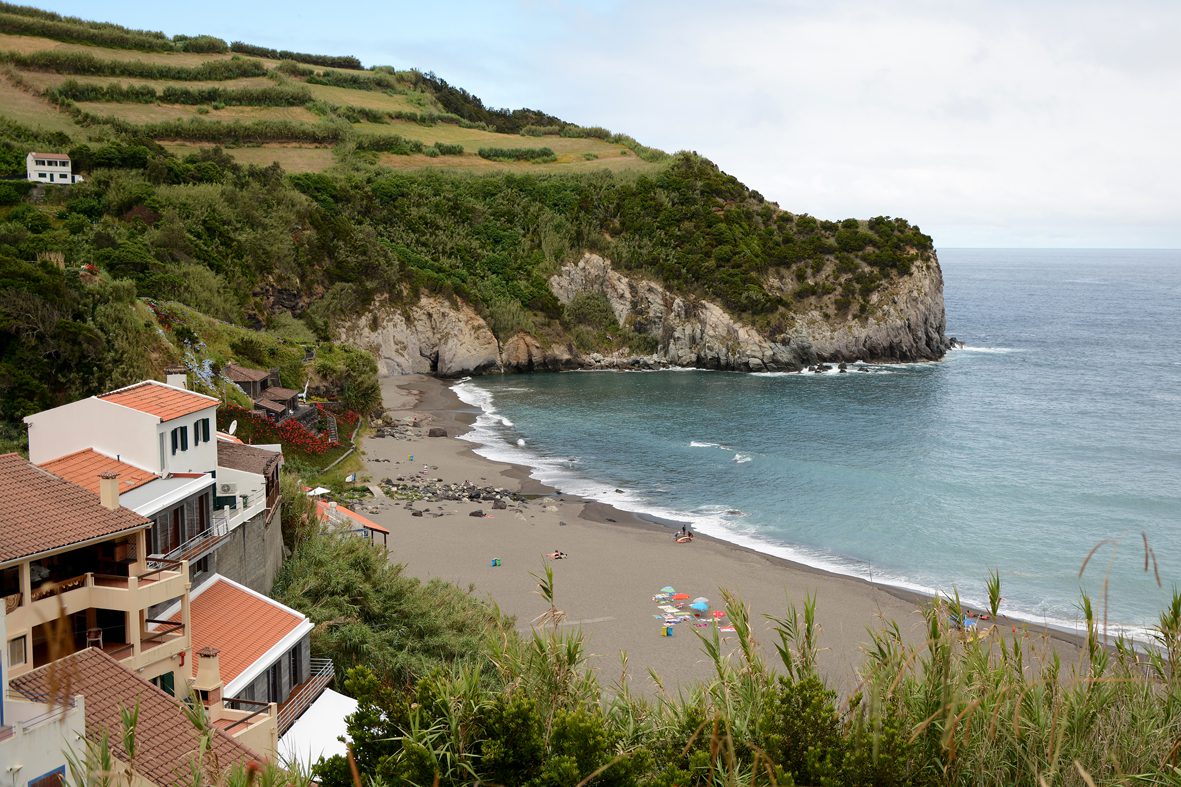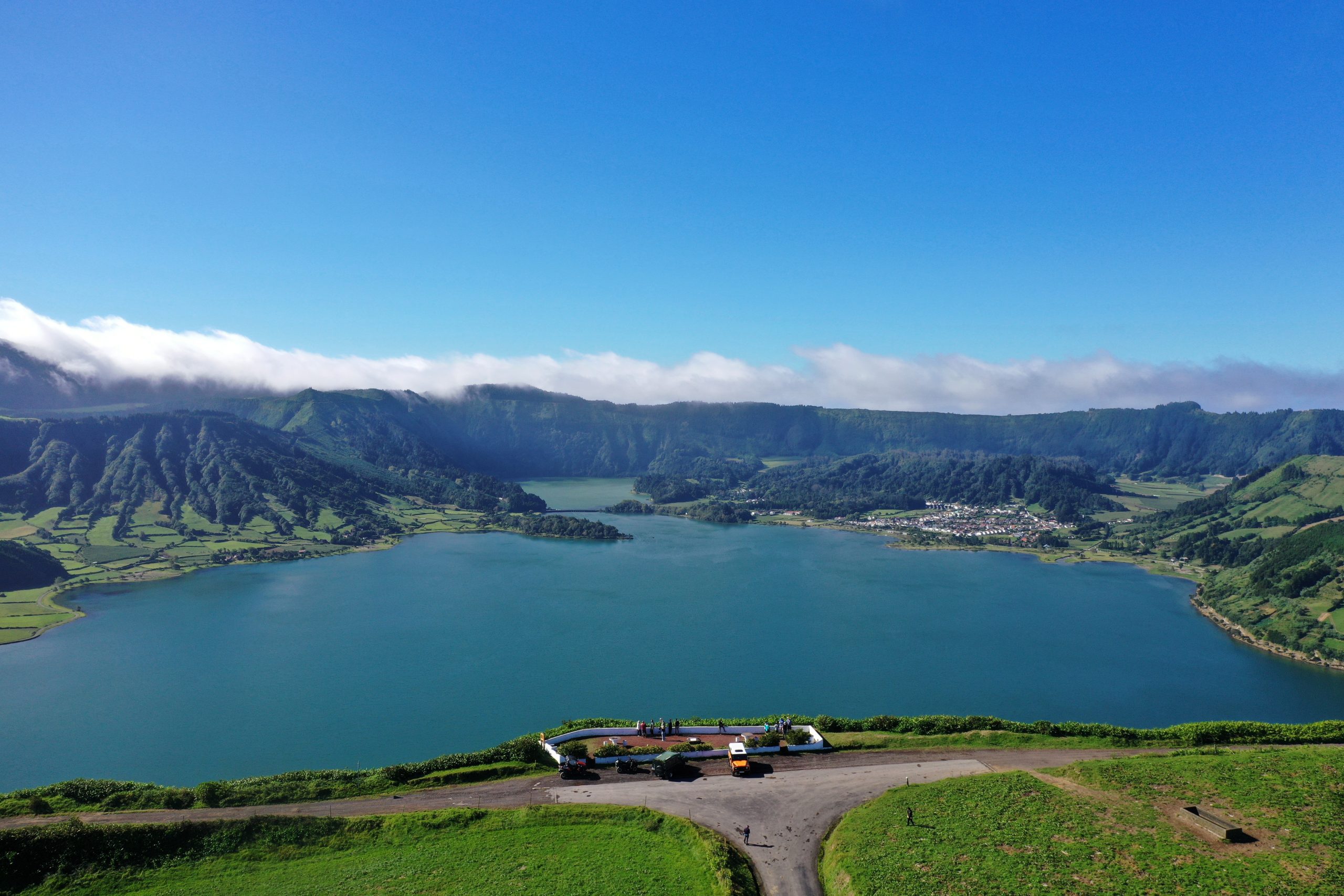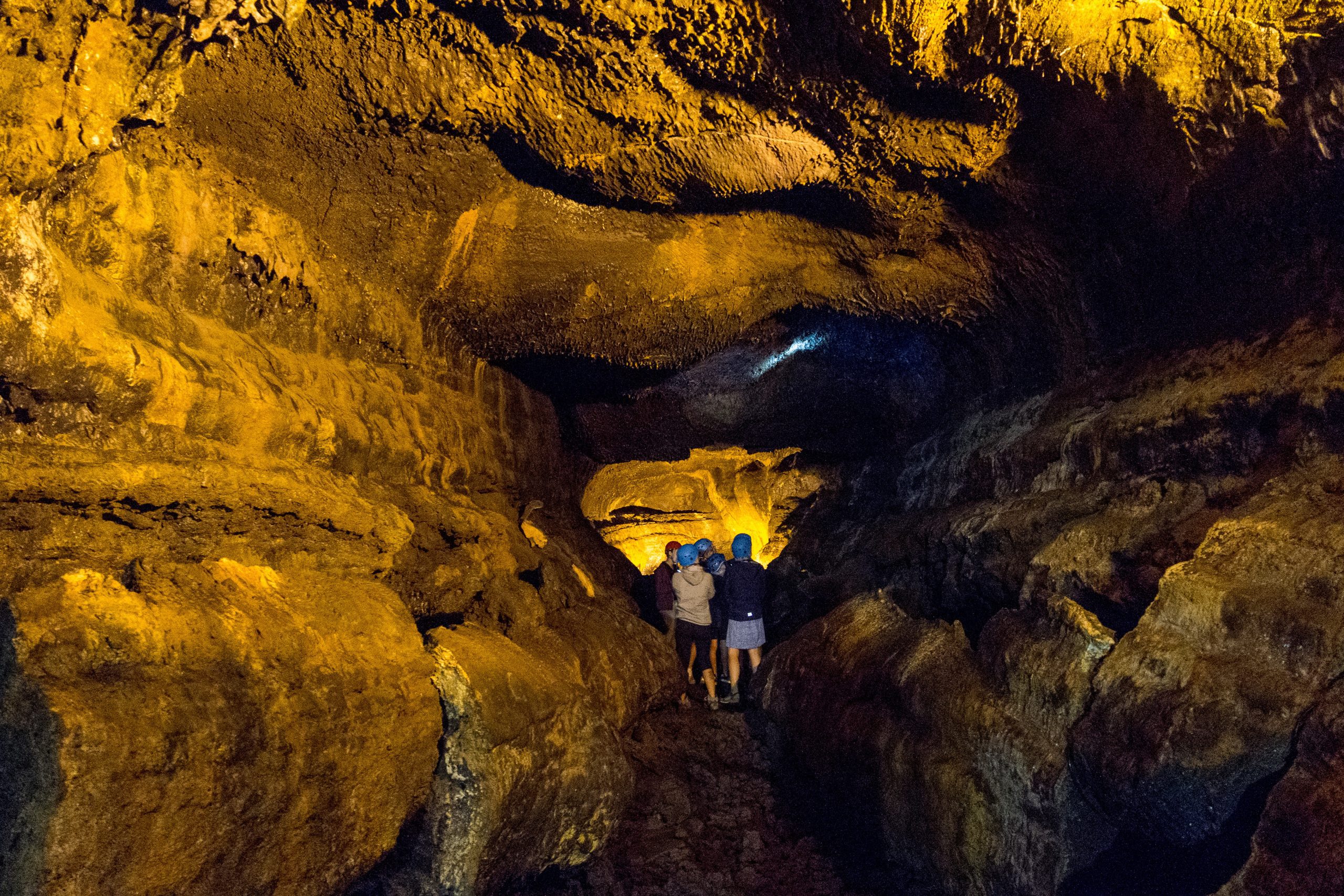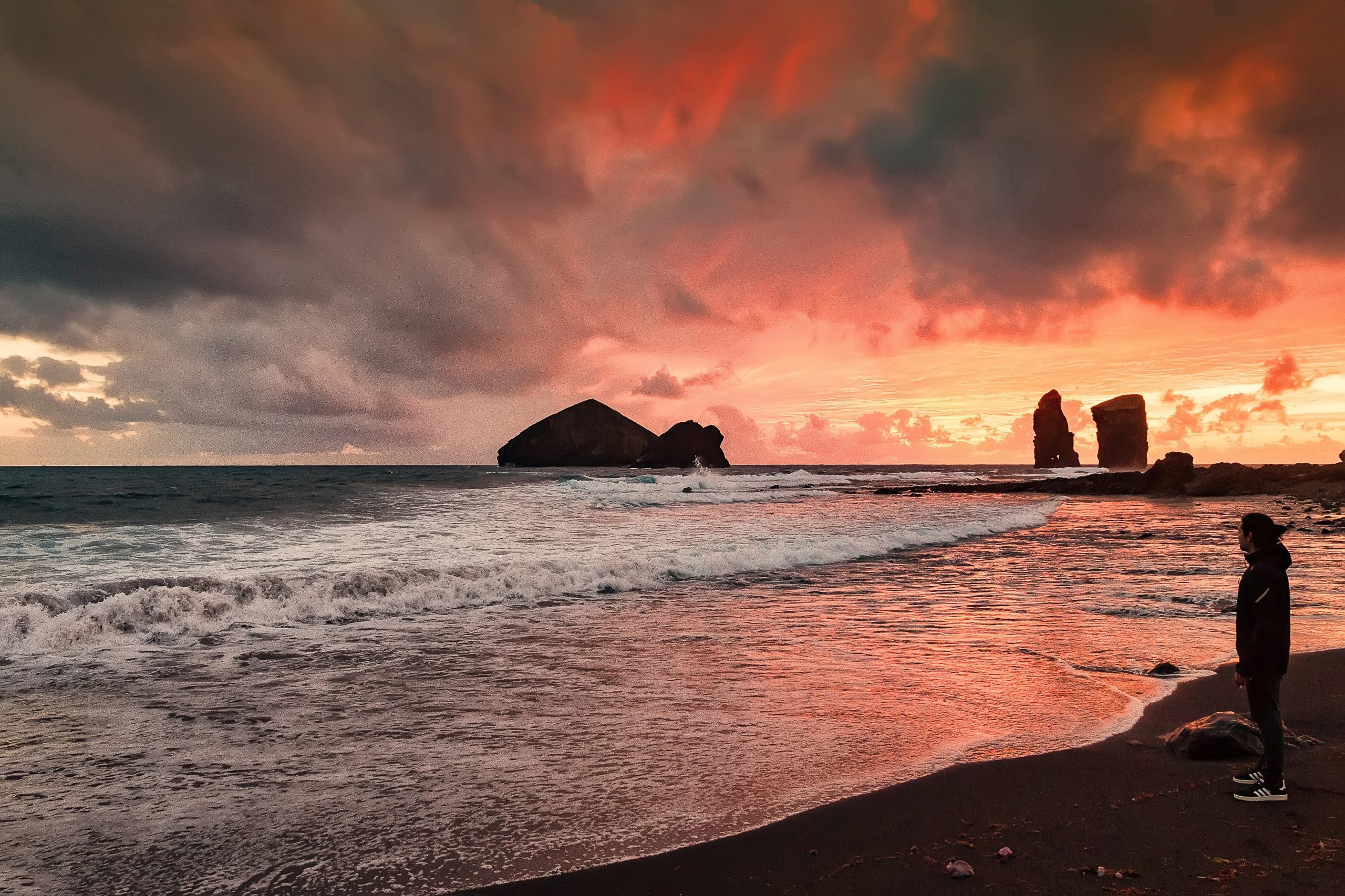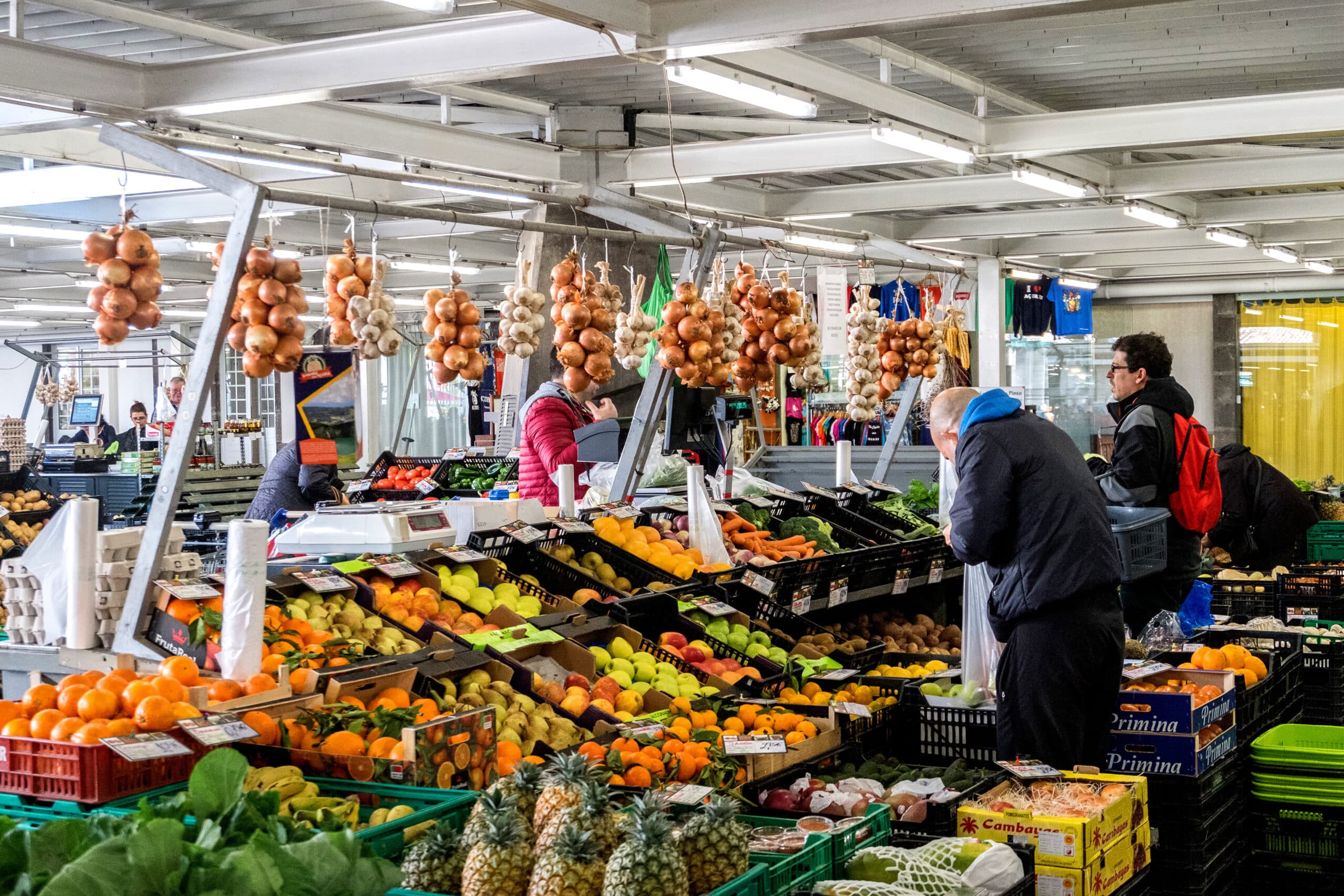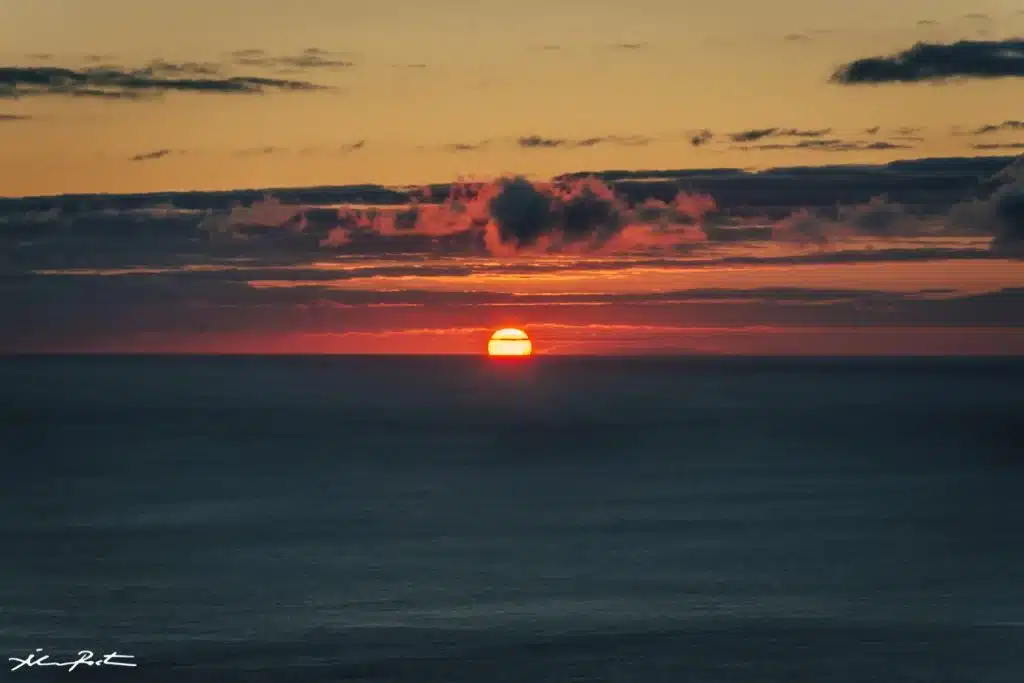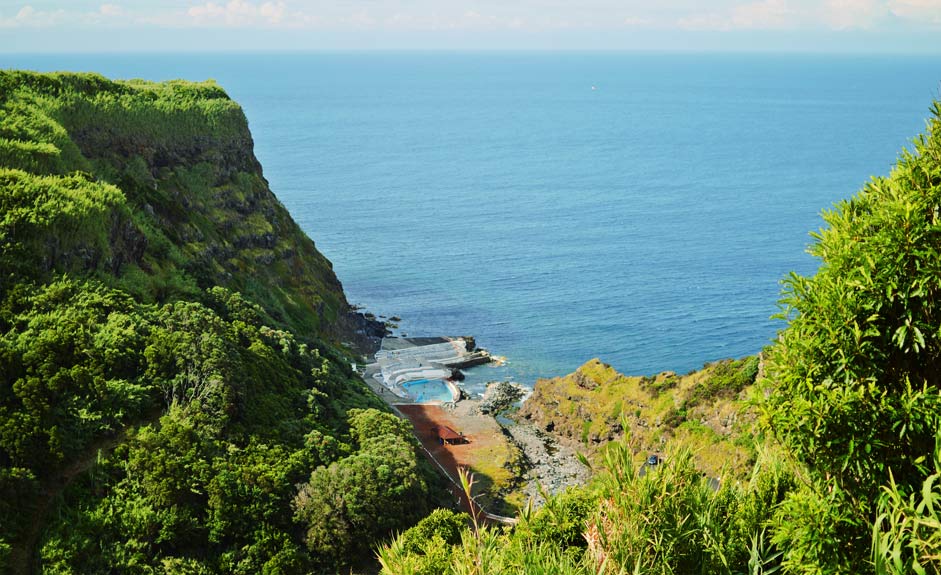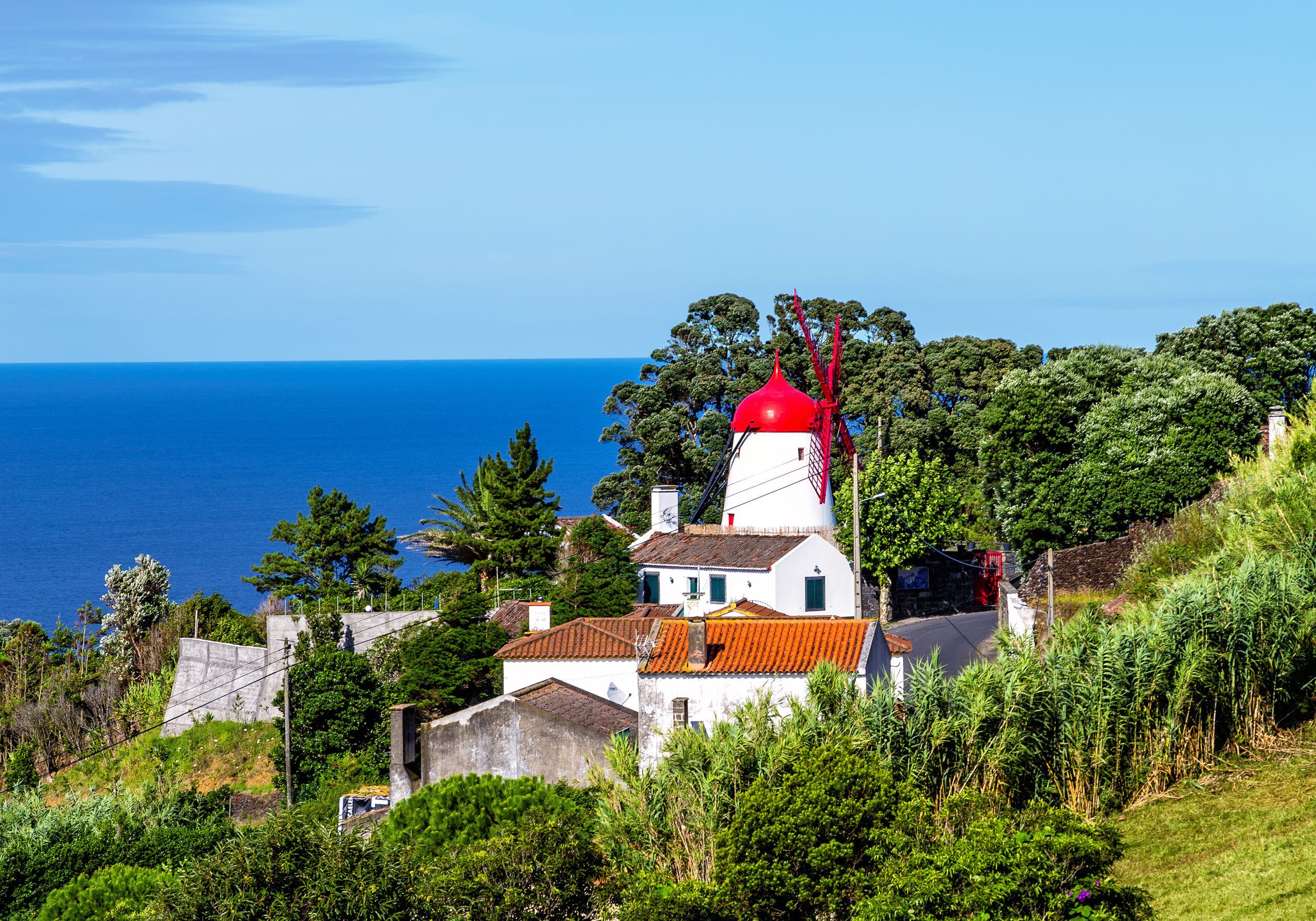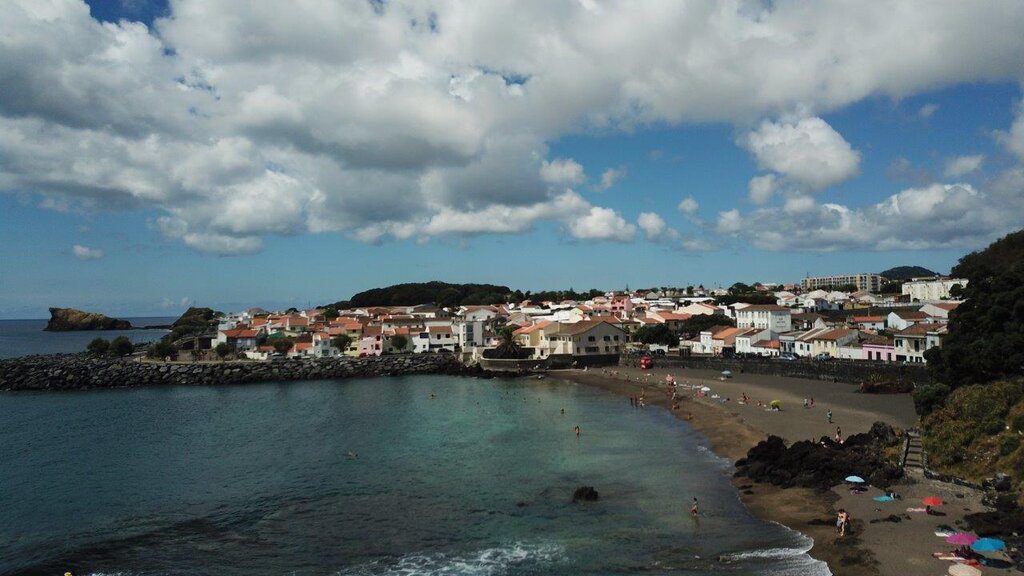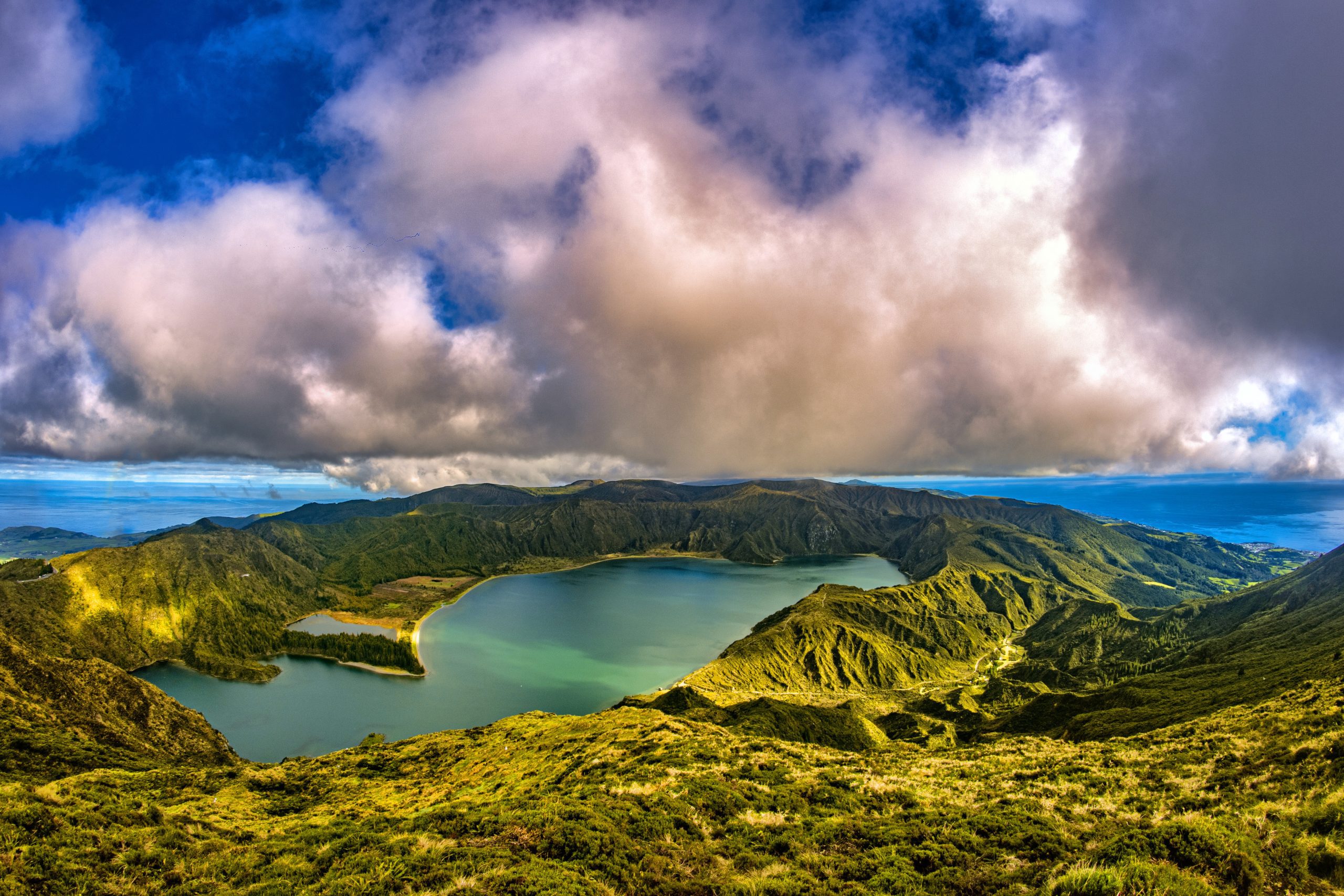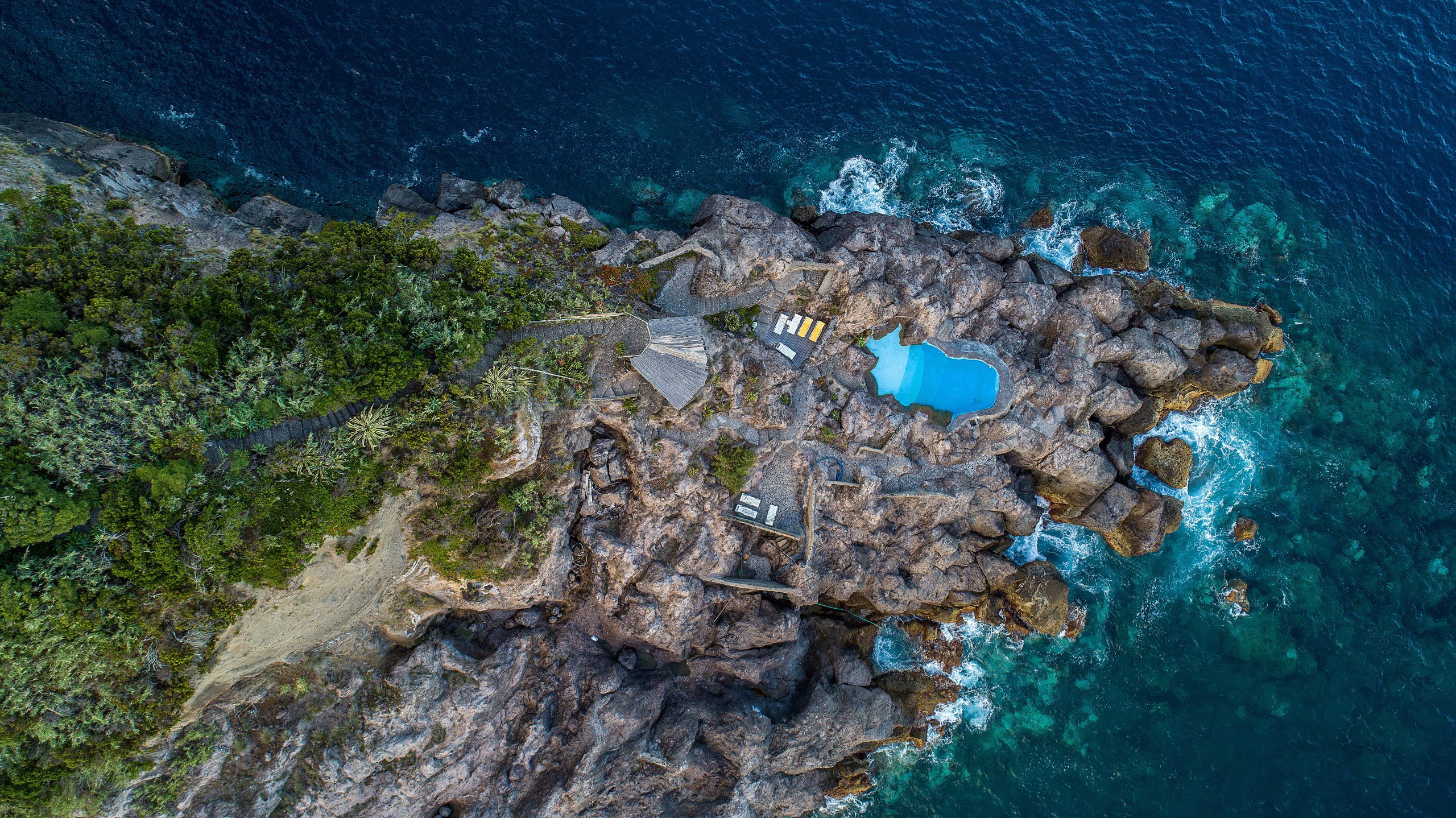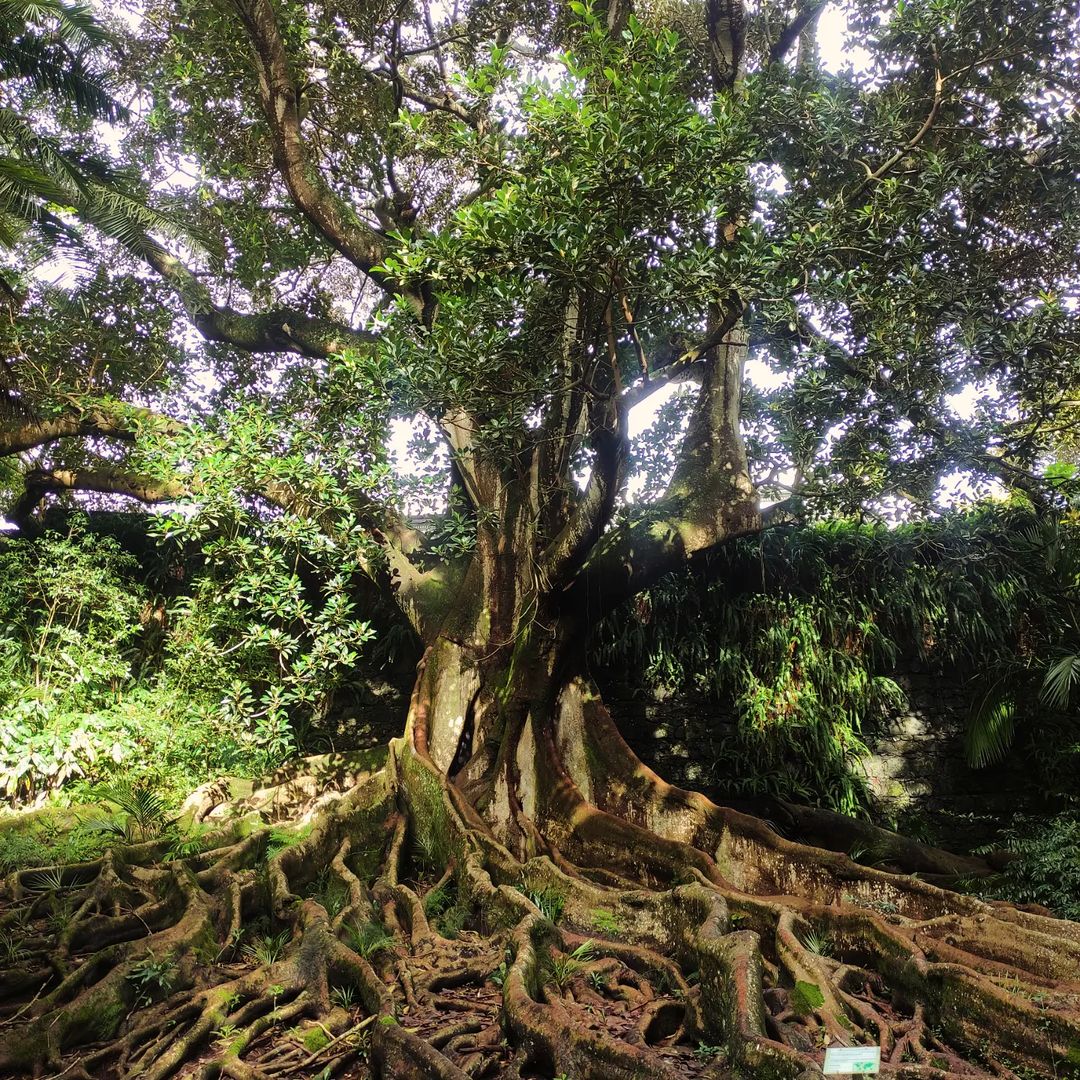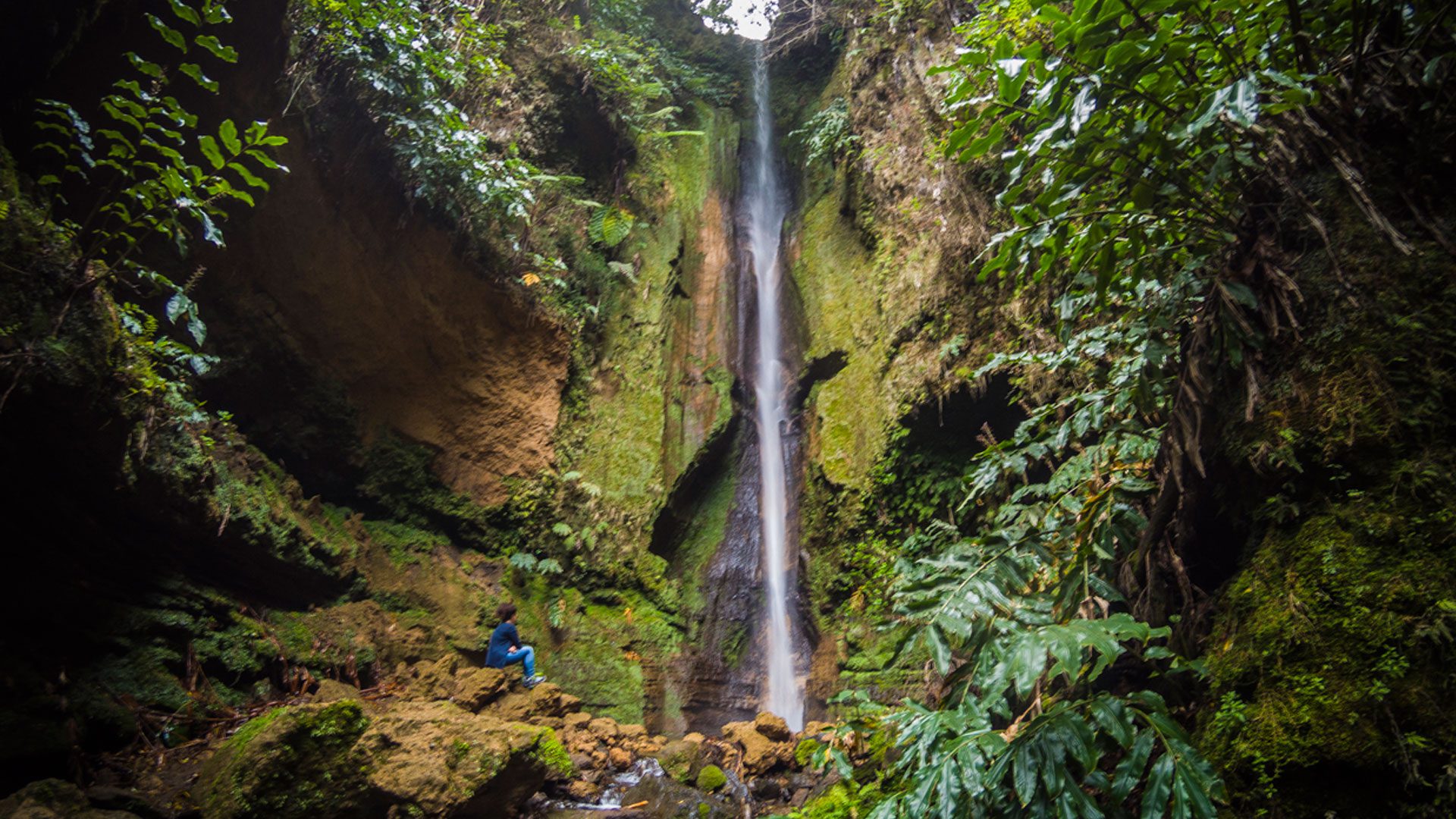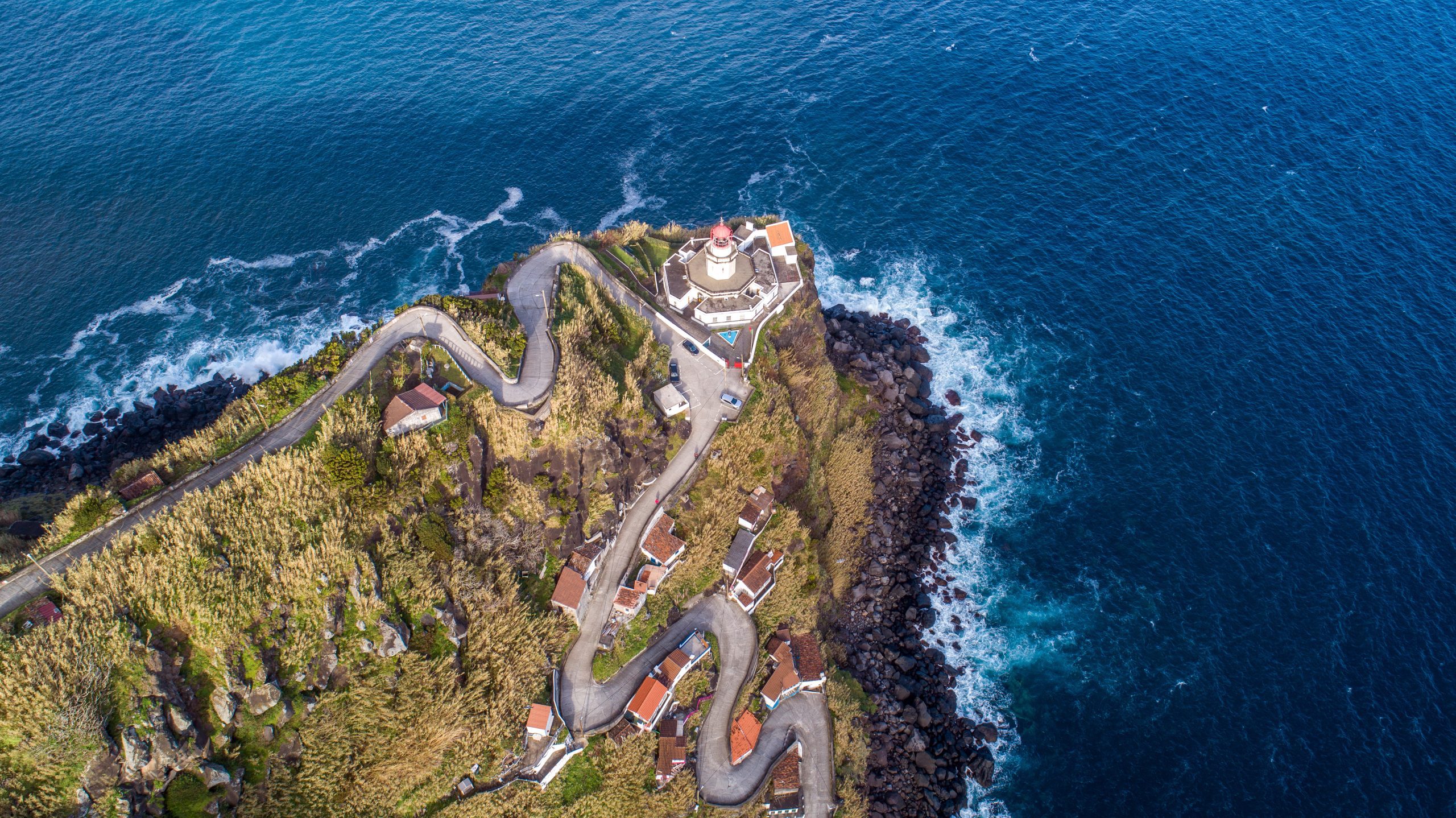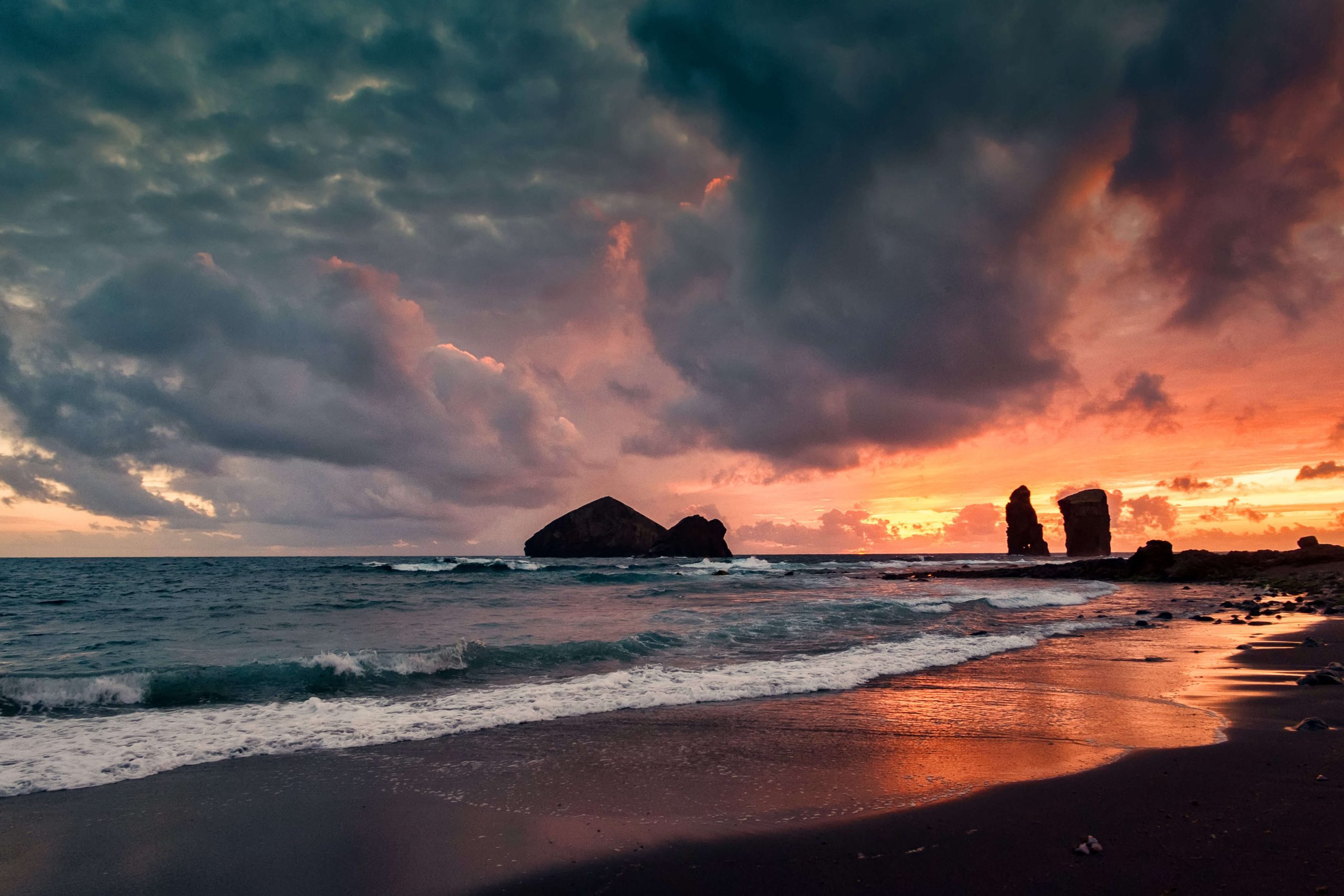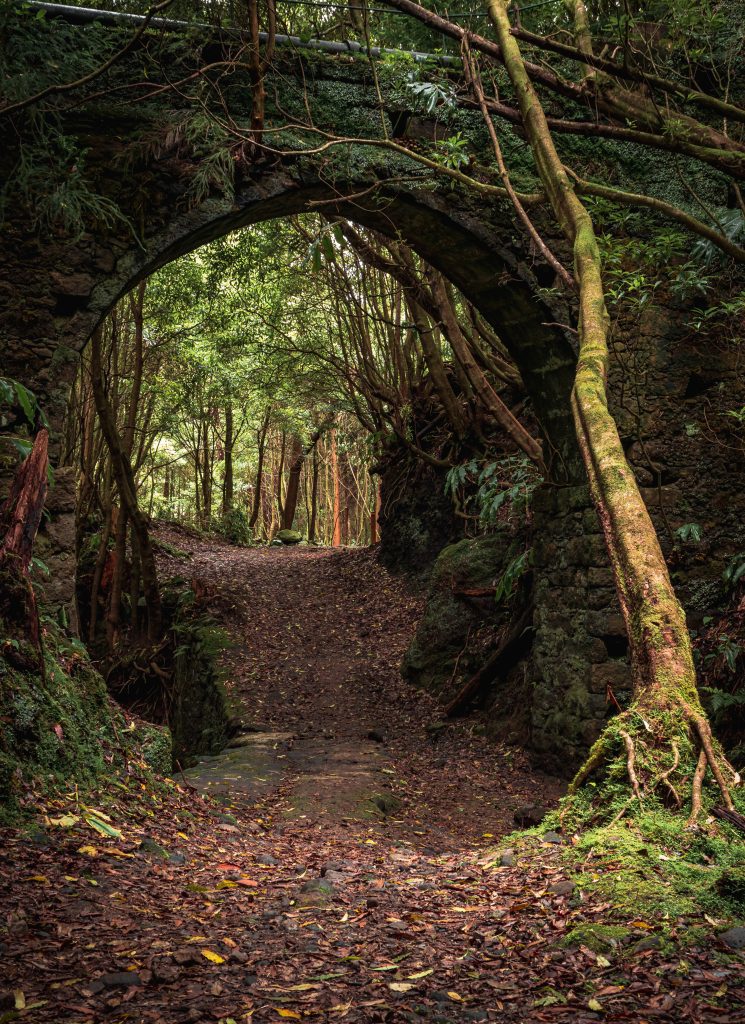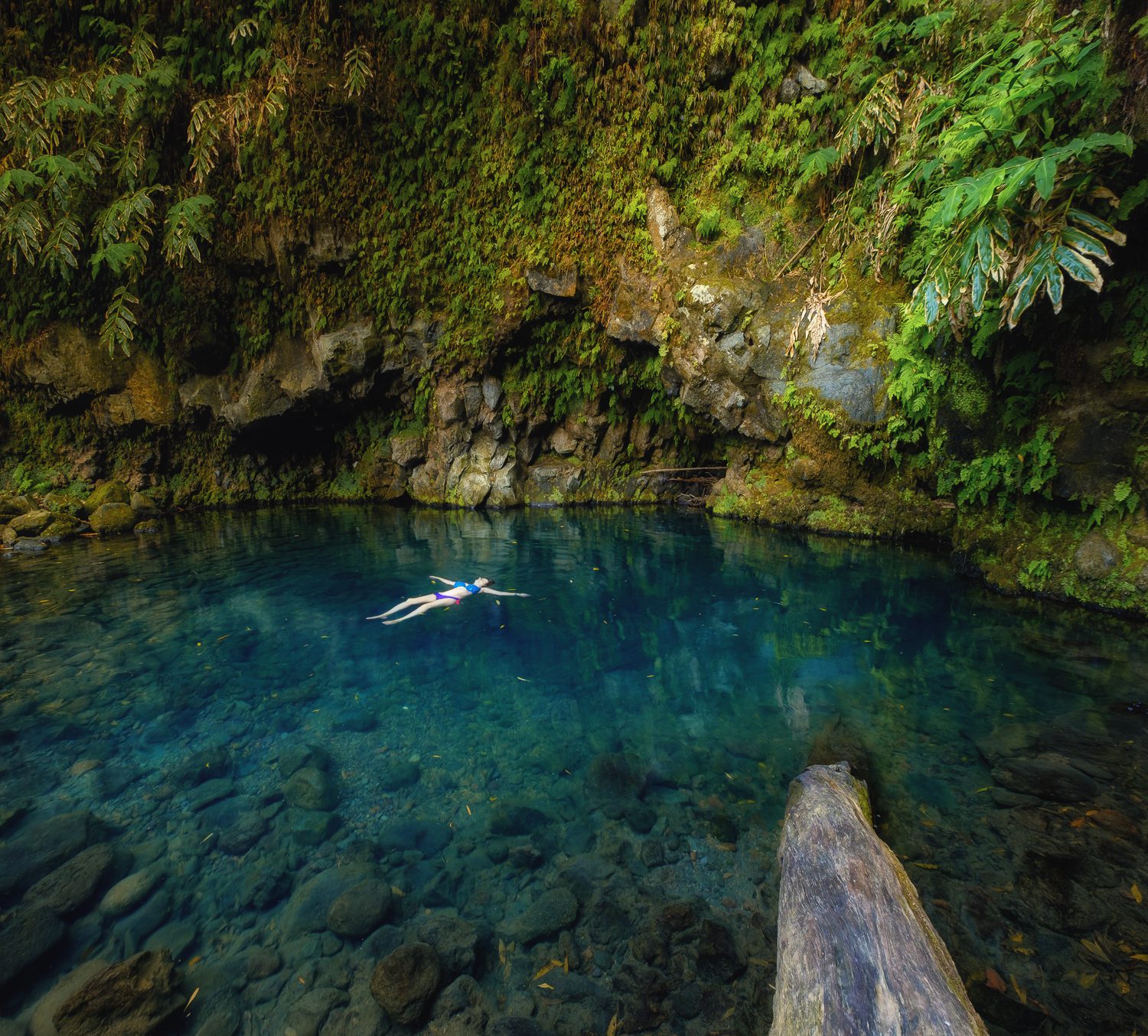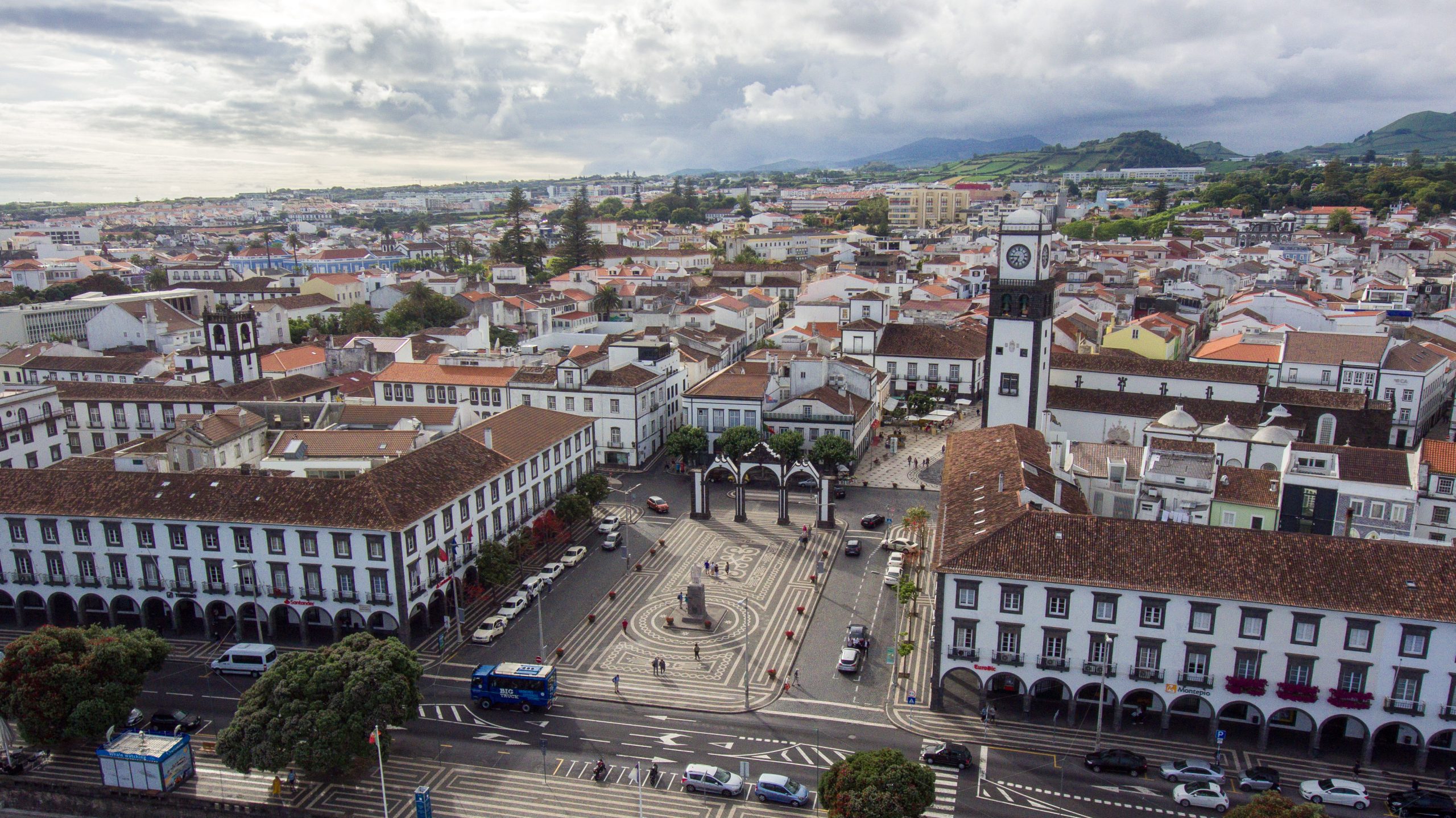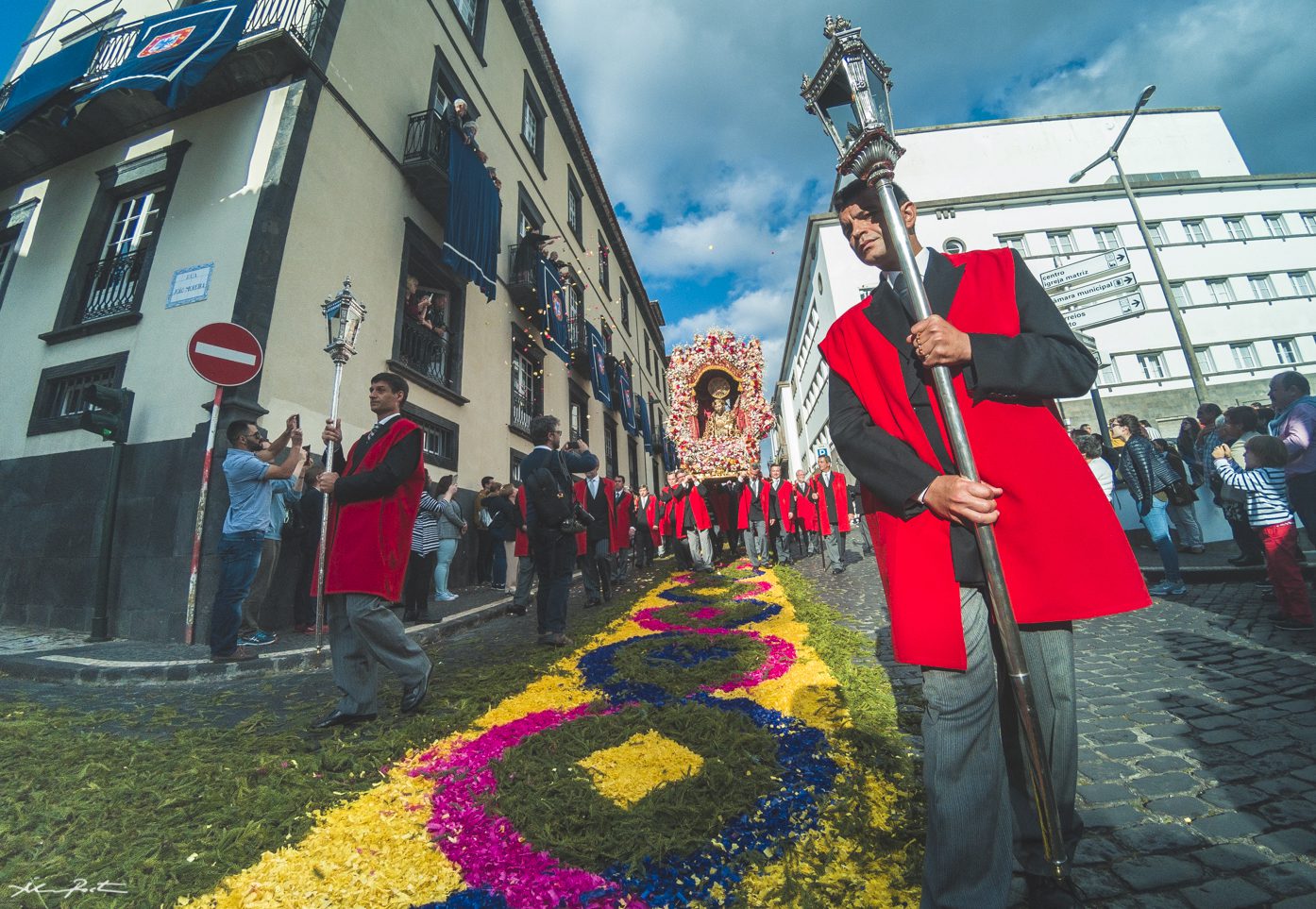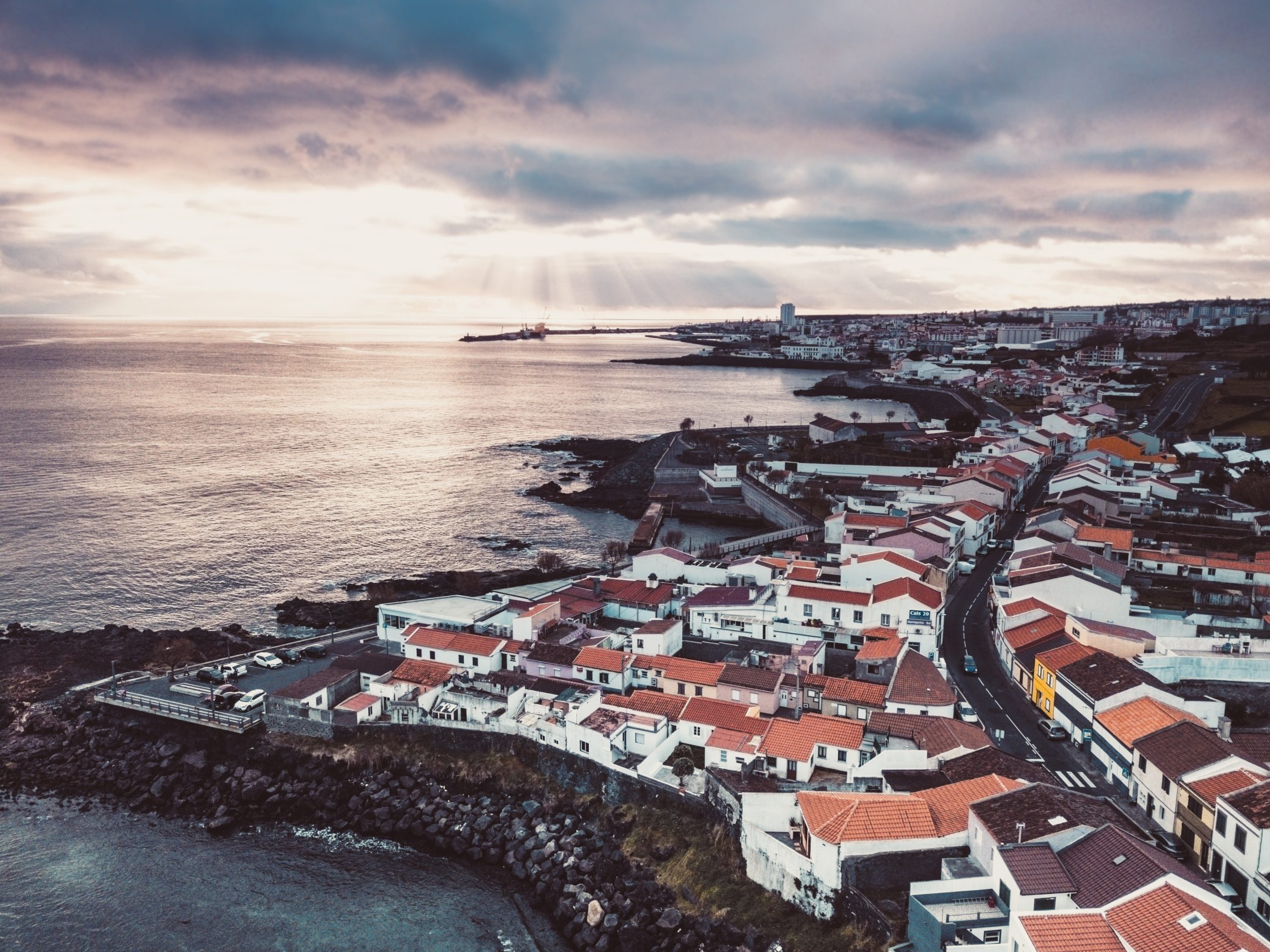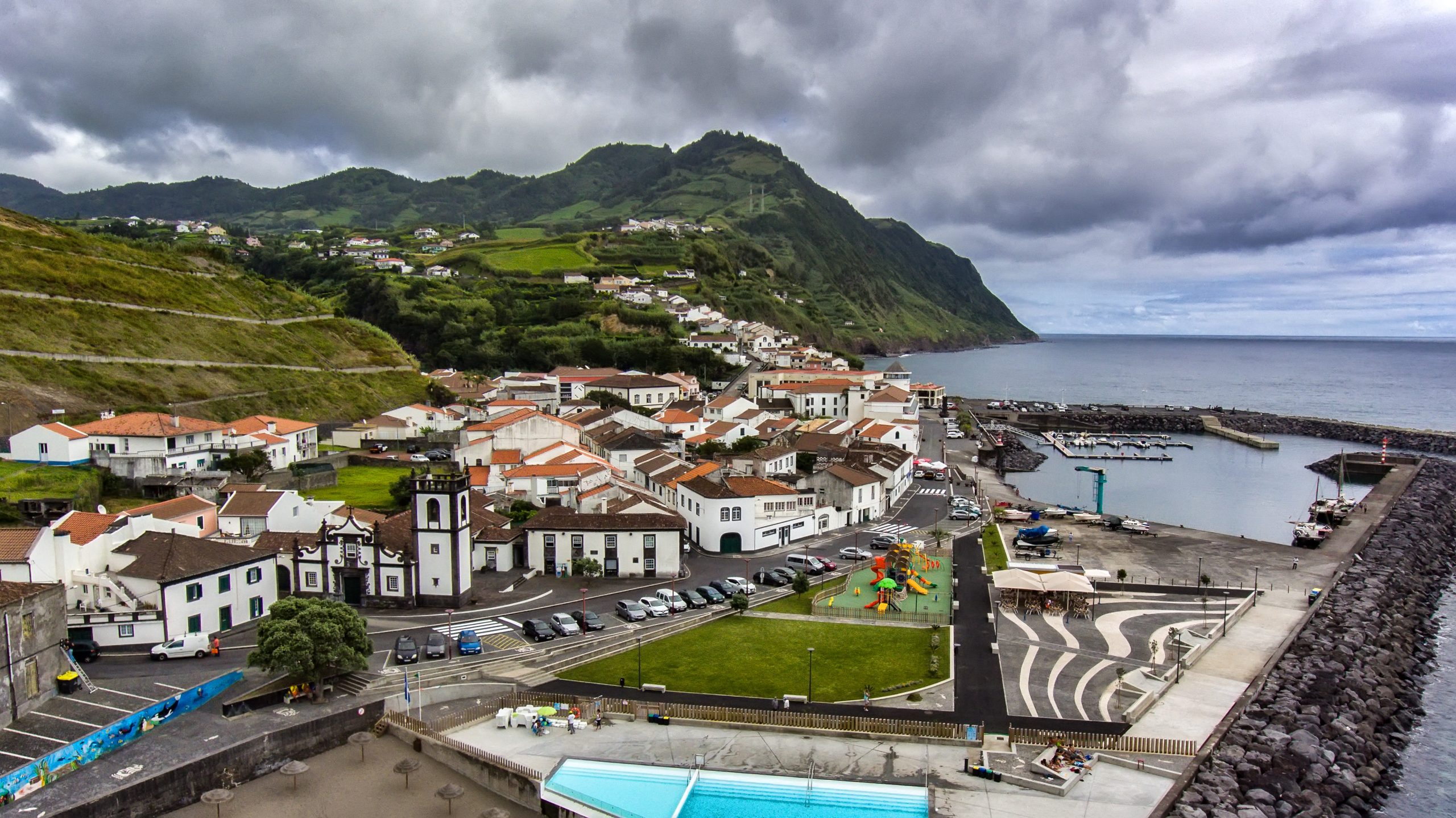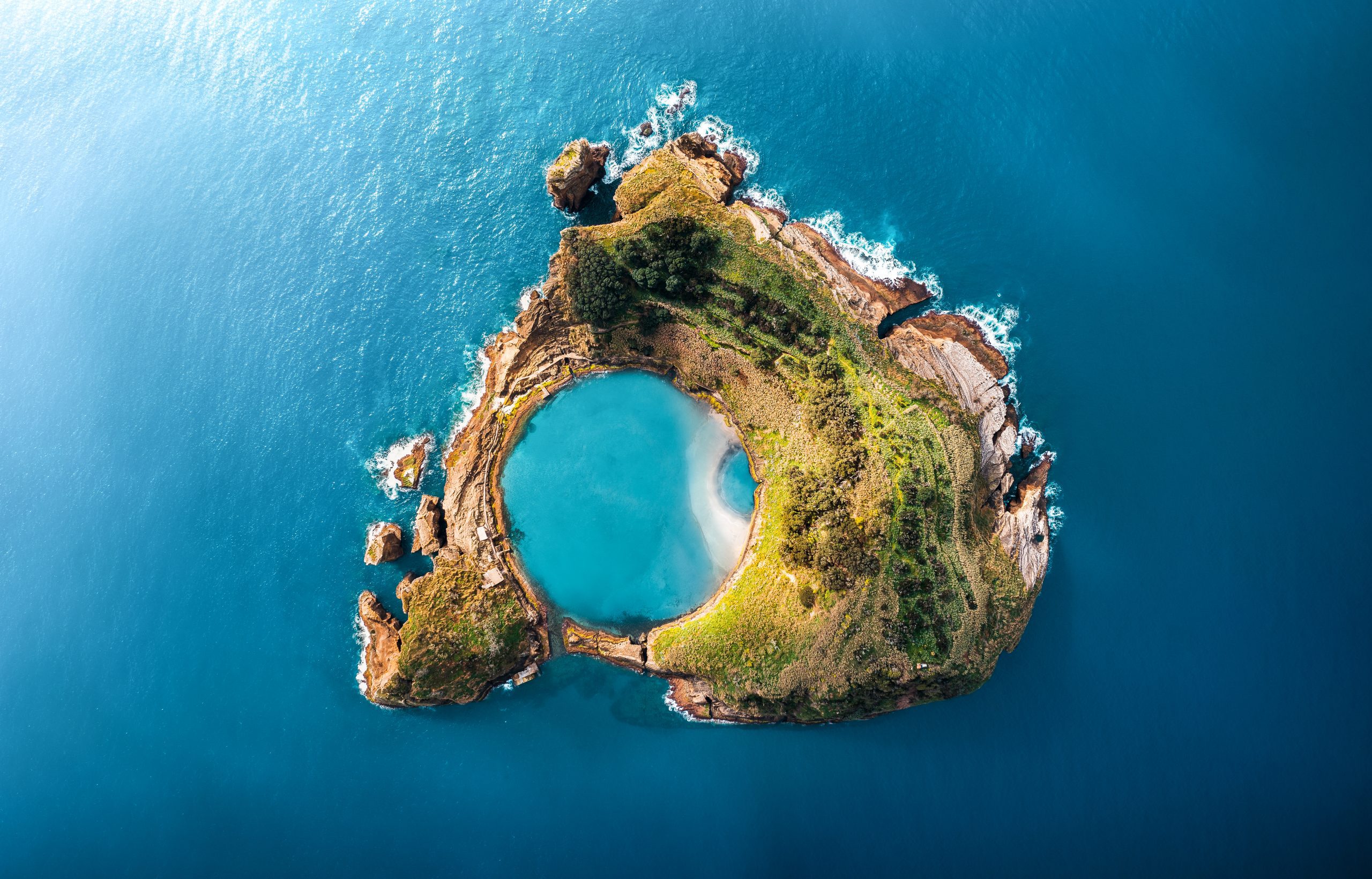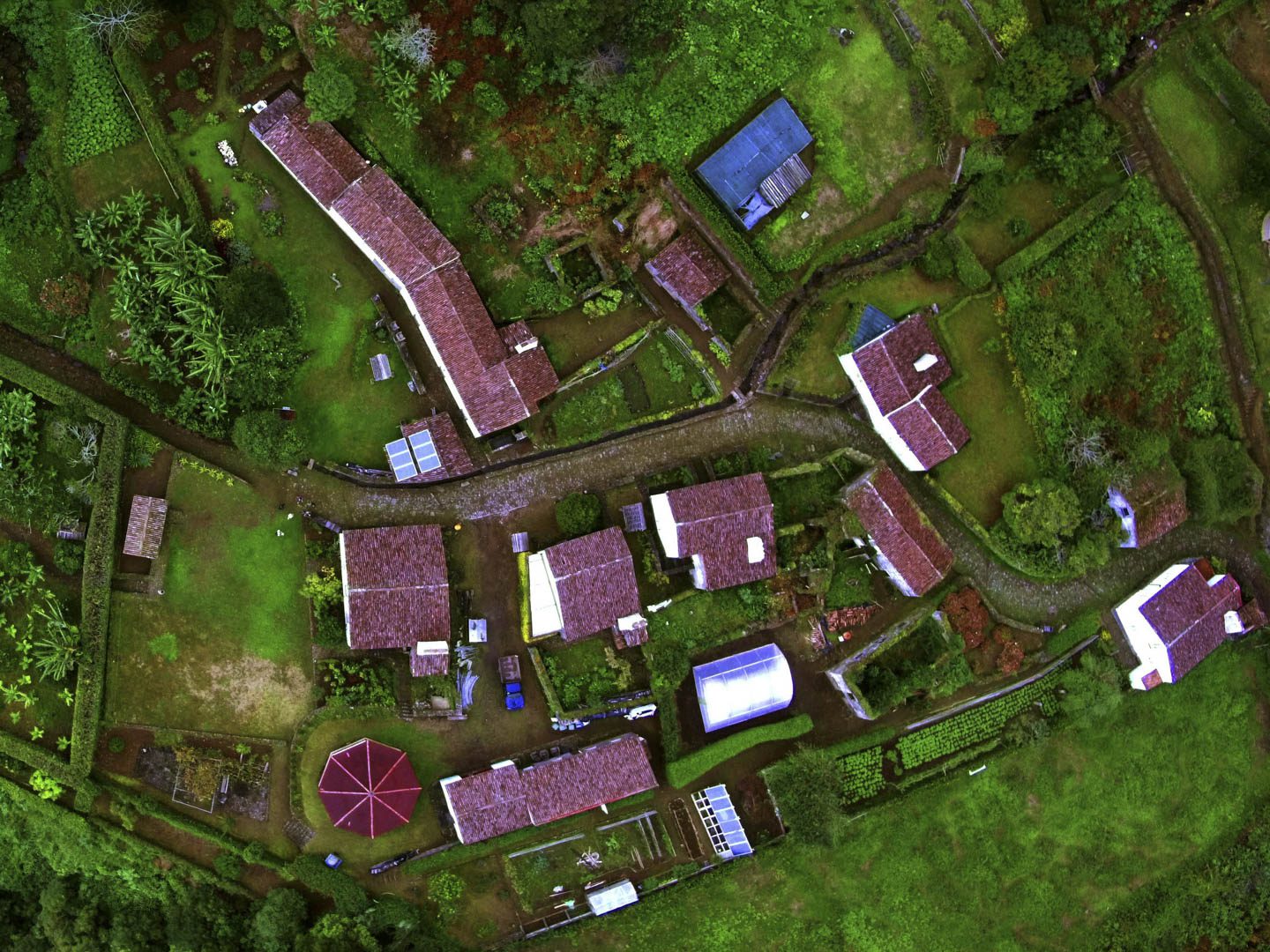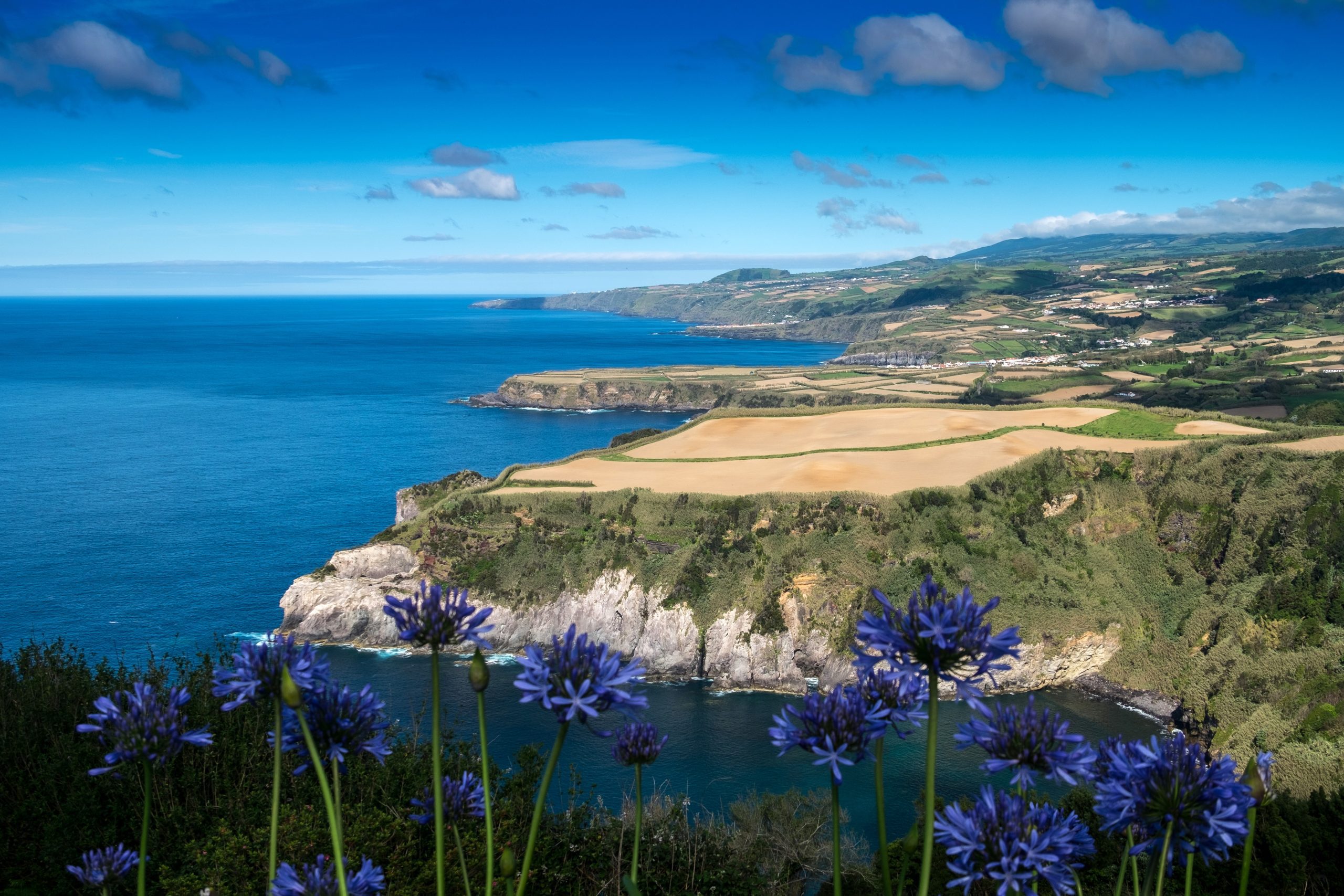Pinhal da Paz, also known as Mata das Criações, stands as one of São Miguel Island’s most emblematic forest reserves. Moreover, this natural haven perfectly combines biodiversity, tranquility, and scenic beauty, making it a must-visit spot for nature lovers.
This place is recognized for its botanical diversity, with themed collections of camellias, ferns, palms, and cacti that stand out. In addition, this forest reserve occupies approximately 50 hectares of landscaped woodland with numerous leisure areas for all tastes. It’s therefore the ideal place to relax and enjoy unique moments in nature with your family and friends.
To get to know Pinhal da Paz better, we’ve prepared a detailed guide with helpful information and insights. It includes its fascinating history, highlights of this forest reserve, and key tourist attractions you shouldn’t miss on the island.
Where is Pinhal da Paz Forest Reserve

The Pinhal da Paz Forest Reserve lies in the parish of Fajã de Cima, within the municipality of Ponta Delgada, São Miguel. Moreover, it sits close to the urban centers of Ponta Delgada, Ribeira Grande, and Lagoa, offering easy access for visitors.
This forest reserve features botanical species from across the globe, including Australia, South Africa, and Brazil. In addition, visitors can admire a wide variety of native Azorean flora that enriches the park’s landscape.
As for fauna, birdwatchers can observe several bird species thriving in their natural habitat throughout the reserve. Besides its lush green spaces and intense focus on environmental education, Pinhal da Paz also offers numerous leisure areas for everyone, like:
- Picnic area equipped with tables, benches, and grills;
- Replicas of the Forest Ranger’s House and a children’s playground with slides, swings, seesaws, and climbing ropes;
- A sports area with a 1,700-meter fitness trail and six exercise stations.
Note: To ensure the comfort and well-being of visitors, Mata das Criações has ample car parks, toilets, and other facilities to support people with reduced mobility.
History
António do Canto originally designed and created this forest reserve for his personal use, but he later opened it up to the public, making it part of the tourist circuit. In the 1970s, Antonio do Canto’s heirs devised a plan to preserve the park’s natural environment.
However, due to high maintenance costs, Pinhal da Paz began to lose some of its beauty and organization, moving closer to its original state as a forest/wilderness.
Did you know
The original pine forest, of which few traces remain, and the Chapel of Nossa Senhora da Paz are probably the origin of the name of the Pinhal da Paz Forest Reserve.
In 1998, to preserve the past and provide the population with a green space, the Ponta Delgada Forestry Service began restoring the Pinhal da Paz to revitalize the property, which was very run-down at the time.
Following the intervention of the new Forestry Service, which preserved the traditional structure and unique plant species, the Pinhal da Paz was further enhanced by the introduction of new endemic plant species.
Quick Info
The site has now been completely restored and is open to the public to enjoy this tribute to nature and the environment.
Fauna & Flora


Covering an area of 50 hectares, Mata das Criações is a place of great botanical interest and educational value. The forest shelters countless species of plants, trees, shrubs, and herbs from different parts of the world. Moreover, various species of birds also inhabit this peaceful and biodiverse environment.
Regarding the flora of Pinhal da Paz, visitors can admire impressive specimens of cryptomerias, azaleas, and bamboos. Additionally, they will find beech trees, acacias, scots pines, cacti, palms, ferns, camellias, hydrangeas, and heather.
The park also preserves several endemic plants from the Macaronesian region, which make the landscape even more unique. As for the fauna, bird lovers can spot peacocks, guinea fowl, pheasants, and graceful swans at Swan Lake.
What to Do in Pinhal da Paz
With a vast array of species in the green spaces of the Pinhal da Paz Forest Reserve, this is a unique place to relax and enjoy the surrounding nature. In addition to the permanent contact with nature, here you can choose from:
- Stroll through the countless gardens and forests full of lush vegetation, and visit the Forestry Dissemination Center, which offers significant educational value.
- Discover the Pinhal da Paz Animal Enclosure and the famous Swan Lake, where you can observe the park’s resident animals.
- Enjoy a picnic or barbecue in the Pinhal da Paz picnic area.
- Contemplate the view from the Miradouro of Pinhal da Paz Recreational Forest Reserve. From this panoramic observation platform, you can see Pico do Cascalho, Ponta Delgada, and the south and north coasts of the island.
- Take the Pinhal da Paz Walking Trail, approximately 3.2 kilometers long, the circular route is considered easy and takes an average of 51 minutes to complete. This trail is excellent for walking and running.
Plan Your Visit to Pinhal da Paz

Pinhal da Paz is known for being one of the most popular recreational forest reserves on the island of São Miguel. To enjoy this unique experience surrounded by nature, we recommend that you plan your visit, considering the following information:
- The attraction is open to the public daily and is free to enter.
- Opening hours:
- Winter (from 16 October to 14 April): from 8 am to 4 pm Monday to Friday and from 10 am to 5 pm on Saturdays, Sundays, and public holidays;
- Summer (from 15 April to 15 October): from 8 am to 7 pm from Monday to Friday and from 9 am to 8 pm on Saturdays, Sundays, and public holidays.
It’s also advisable to book flights and accommodation in advance to secure better deals and value for money, considering your budget and personal preferences.
Check all our articles about the weather in the Azores throughout the year 🌤️ ☔️: January | February | March | April | May | June | July | August | September | October | November | December
How to Get to Pinhal da Paz
Leaving the city of Ponta Delgada in the direction of the Pinhal da Paz Recreational Forest Reserve, you’ll have several alternatives at your disposal in terms of means of transport and the route to follow. You can choose to travel by car (own/rented vehicle or taxi), bus, or bicycle. To reach your destination, you will have to travel around:
- 10 km following the EN1-1A;
- 8.2 km following Avenida Natália Correia;
- 8.2 km following the Pinhal da Paz Way.
The journey takes approximately 15 minutes by car, 41 minutes by bus, and 40 minutes by bicycle. You can still make this journey on foot, but you should expect to walk for approximately 1 hour and 50 minutes.
Planning a trip to the Azores? These articles will help you: How to Get to the Azores 🗺️ | Azores airports 🛬 | Flights between islands ✈️ | Ferries between islands ⛴️ | Which island to choose? 🏝️ | What airlines fly to the Azores? 🛩️
Where to Eat Near Ponta Delgada
If you need somewhere to eat near Ponta Delgada, click here. In this link, you’ll find the 10 best restaurants on TripAdvisor.
Where to Stay Near Ponta Delgada
To make your life easier, we’ve filtered the search by:
Azores Guide Book
Azorean Language & Phrases 🗣️ | Currency & Banks 💵 | Credit Cards & Traveler’s Cheques 🏧 | Driving in the Azores 🚗 | Electricity 🔌 | Experiences & Tours 🗺️ | Health & Safety 🩺 | Internet & Wi-Fi Access 🛜 | Phones & Mobile Service 📞 | Post Offices & Buying Stamps ✉️ | Public Holidays 🏖️ | Shopping 🛒 | Time & Daylight 🕒 | Whale Watching Guide 🐳 | Best Island to Visit 🏞️
Nearby Attractions
Azorean Pineapple Plantation

Pineapples are grown in greenhouses in the Azores, the only place in the world to produce the peculiar fruit in this way. There are currently several producers spread across the island of São Miguel – around 230 in total.
These plantations are one of the region’s main tourist attractions, where visitors can learn about the pineapple growing process, from planting to harvesting. It should be noted that they are grown on volcanic soils, giving the fruit a unique flavor.
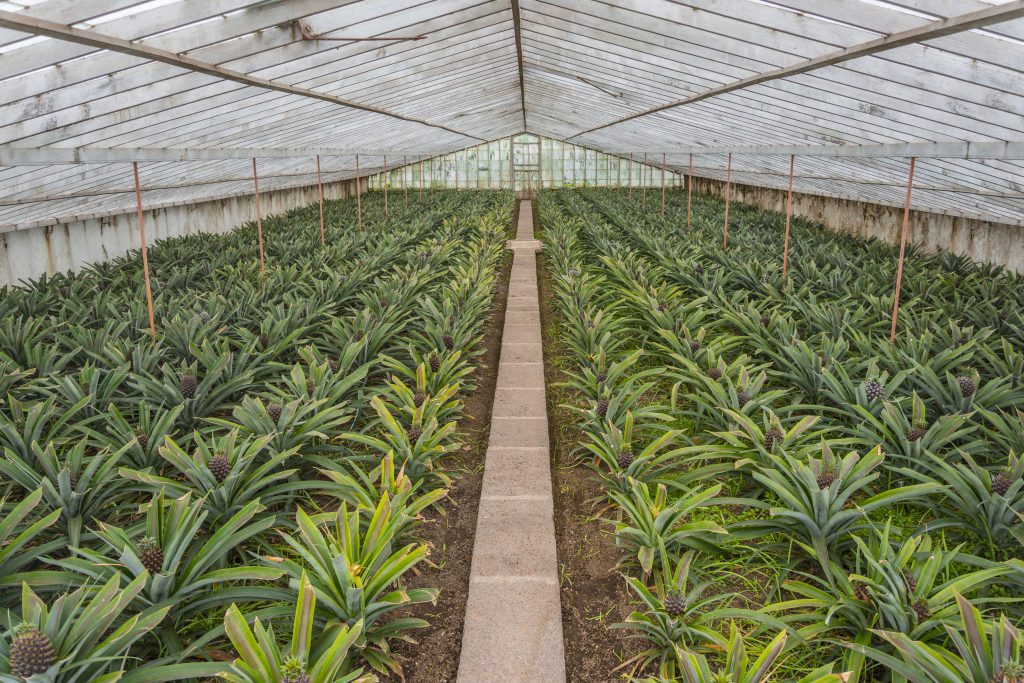
Did you know
Although today it is a characteristic fruit of the island, the pineapple was introduced to fill the void left by the loss of the orange crop due to a disease caused by the fungus Phytophthora Citrophthora.
In the mid-19th century, José Bensaude (an influential Azorean businessman) started growing pineapples in São Miguel. Today, this is still one of the most sought-after fruits in Portugal and abroad.
Quick Info
There is an estimated annual production of 700 to 1000 tonnes of pineapple.
You can also enjoy guided tours and tastings of pineapple-based products. Find out more about the main pineapple plantations in the Azores:
- Azorean Pineapple Plantation (5.2 km from Pinhal da Paz);
- Arruda Pineapple Plantation (3.5 km from Pinhal da Paz);
- Santo António Pineapple Plantation (5 km from Pinhal da Paz);
- Pineapple Culture Interpretation Center (4 km from Pinhal da Paz).
António Borges Botanical Garden
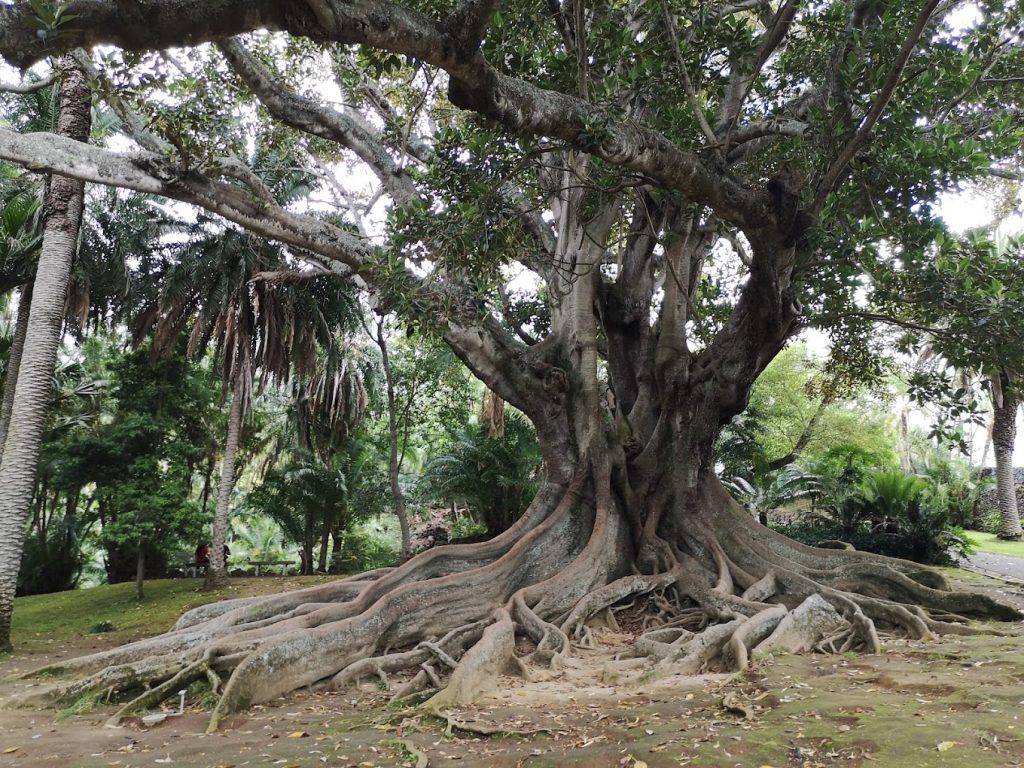
The António Borges Botanical Garden is one of the main historic gardens in Ponta Delgada and on the island of São Miguel. This haven of tranquillity, a veritable green lung in the city center, is free to enter, where you’ll find winding paths, endemic and native plants, caves, tunnels built from red lava stone, and lakes. What’s more, as you stroll through the garden, you’ll come across an emblematic ancient tree, the Australian banyan, straight out of a fairy tale.
This is a pleasant place to take a stroll and discover its rich fauna and flora from around the world. Additionally, visitors can relax on a bench, read a book, or even enjoy some outdoor exercise. For families, the park offers a playground designed for children to have fun safely. Moreover, there are plenty of open spaces and charming spots where kids can play freely and explore nature.

Ermida de Nossa Senhora da Paz

The Ermida de Nossa Senhora da Paz, situated atop the hill of Nossa Senhora da Paz in the municipality of Vila Franca do Campo, São Miguel, is one of the best-known monuments in the former capital of the Azorean archipelago, attracting thousands of visitors every year.
The 16th-century temple, dating back to 1522, was rebuilt in 1764 after being destroyed by an earthquake and now offers an exceptional view of the sea and the entire islet of Vila Franca do Campo.
Did you know
The imposing staircase, consisting of 100 steps and 10 levels, represents two-thirds of the rosary. The levels correspond to the Father-Ours, and the steps refer to the Hail Marys.
The Ermida de Nossa Senhora da Paz is a chapel, conceived and designed by the architect Alberto Albergaria da Silva Pacheco, consisting of two naves separated by three round arches and a chancel in the typical Baroque style of the region.
This chapel was classified as a “Property of Public Interest” by the Regional Government of the Azores in 1991.
Check all our articles about each one of the most relevant points of interest in Vila Franca do Campo: Vila Franca do Campo | Ermida de Nossa Senhora da Paz | Ilhéu de Vila Franca | Praia da Amora | Praia da Vinha da Areia | Praia de Água D’Alto | Lagoa do Congro | Lagoa dos Nenúfares | Miradouro do Castelo Branco
Nossa Senhora da Paz Viewpoint

The Nossa Senhora da Paz Viewpoint, located on Monte de Nossa Senhora da Paz, sits 215 meters above sea level. It offers a stunning panoramic view of Vila Franca do Campo Islet and the Atlantic Ocean. The view contrasts the whitewashed buildings typical of the region with the lush green meadows surrounding the area, making it an ideal spot for photography and reflection.
For those visiting Vila Franca do Campo, this viewpoint is a must-see. The Nossa Senhora da Paz viewpoint offers an unparalleled view of the surrounding landscape. It also provides free parking, making it convenient for visitors to enjoy the scenery at their leisure. Whether you’re an avid photographer or simply seeking a peaceful place to unwind, the viewpoint will not disappoint.
Ponta Delgada

The lively capital of São Miguel Island, Ponta Delgada, is the cultural and economic heart of the Azores. With its cobbled streets, historic architecture, and seaside promenade, it’s an ideal place to enjoy island life while exploring museums, markets, and gardens.
Check all our articles about each one of the most relevant points of interest in Ponta Delgada: Gruta do Carvão | Ponta Delgada | Jardim António Borges | Jardim Botânico José do Canto | Pinhal da Paz | Portas da Cidade | Milícias & Pópulo Beaches | Praia de São Roque | Pico Vermelho Windmill | Rocha da Relva | Mercado da Graça | Miradouro Vigia da Baleia
Complementary Information
Best Season to Visit the Azores
The Azores Archipelago boasts a unique climate that shapes its lush landscapes, making it a splendid year-round destination. With mild temperatures and minimal fluctuations, each season offers something unique. Spring averages 16 °C, summer reaches 21 °C, autumn cools to 18 °C, and winter remains mild at 14 °C.
→ For a detailed breakdown of the weather by month, check the following links 🌤️☔️: January | February | March | April | May | June | July | August | September | October | November | December
How to Get to the Azores
The Azorean Archipelago is easily accessible through numerous flight routes. Lisbon and Porto are the main entry points to the continent, with direct flights available to São Miguel (PDL), Terceira (TER), Faial (HOR), Pico (PIX), and Santa Maria (SMA). To find the best flight, use search engines like eDreams or Skyscanner. These platforms let you compare prices and schedules from multiple airlines in one convenient location.
For more details on how to get to the Azores, take a look at our complete guide. But what if you want to explore beyond your arrival island? We’ve got you covered!
- Azores airports 🛬
- Flights between islands ✈️
- Ferries between islands ⛴️
- Which island to choose? 🏝️
- What airlines fly to the Azores? 🛩️
→ Once you’ve found the perfect route, book your tickets and get ready to experience one of the world’s most stunning island groups!
Travel Essentials
Essential Information for your Azores trip: Azorean Language & Phrases 🗣️ | Currency & Banks 💵 | Credit Cards & Traveler’s Cheques 🏧 | Driving in the Azores 🚗 | Electricity 🔌 | Experiences & Tours 🗺️ | Health & Safety 🩺 | Internet & Wi-Fi Access 🛜 | Phones & Mobile Service 📞 | Post Offices & Buying Stamps ✉️ | Public Holidays 🏖️ | Shopping 🛒 | Time & Daylight 🕒 | Whale Watching Guide 🐳 | Best Island to Visit 🏞️
Useful Tools & Apps
The weather in the Azores can be variable, so it’s helpful to use some apps before visiting the islands. Spotazores provides live camera feeds from the main tourist attractions, allowing you to check the weather and plan your visit. For accurate weather predictions, use Windy or Windguru — they provide the most reliable predictions.
Video
Conclusion
Pinhal da Paz, also known as Mata das Criações, is an emblematic forest reserve located on São Miguel Island. It is considered by many to be the perfect place to relax and reconnect with nature’s tranquillity.
Covering approximately 50 hectares, this forest is visited by the local population and tourists attracted by the variety and richness of the peculiar vegetation, the animals present in the enclosure, and the different leisure areas available.
The Pinhal da Paz Recreational Forest Reserve offers magnificent scenery for enjoying unique moments with family and friends. So, what are you waiting for to explore this incredible natural park?





